Hawai'i (Big Island) Trip
Table of Contents
This is a collection from a recent trip to Hawai’i (Big Island). Hands down, one of my favorite places in the world. The island has something for everyone - in the Fall, it’s a dryer, sunnier climate on its West coast, and a more rainy and green climate on the East coast. It’s also big enough that you have so much to explore, but it also is very much drive-able - you can see both coasts in one day. I chose this destination for the trip because it’s truly a natural marvel, and it’s also significantly less crowded with tourists than other islands (but that’s just my take). Something you really grow to appreciate if you want to have quieter hiking trails.
As a side-note, the lesson I also learned early on when visiting the islands is that you need to rent a car. Unless you are going to Honolulu, public transit will be extremely limited. And there will be plenty of places where there is no transit available at all. Aim for a 4x4 if you’re willing to go up Mauna Kea, but more on that later.
Flying out #
Wouldn’t be a trip without spending some time at the airport plane spotting.


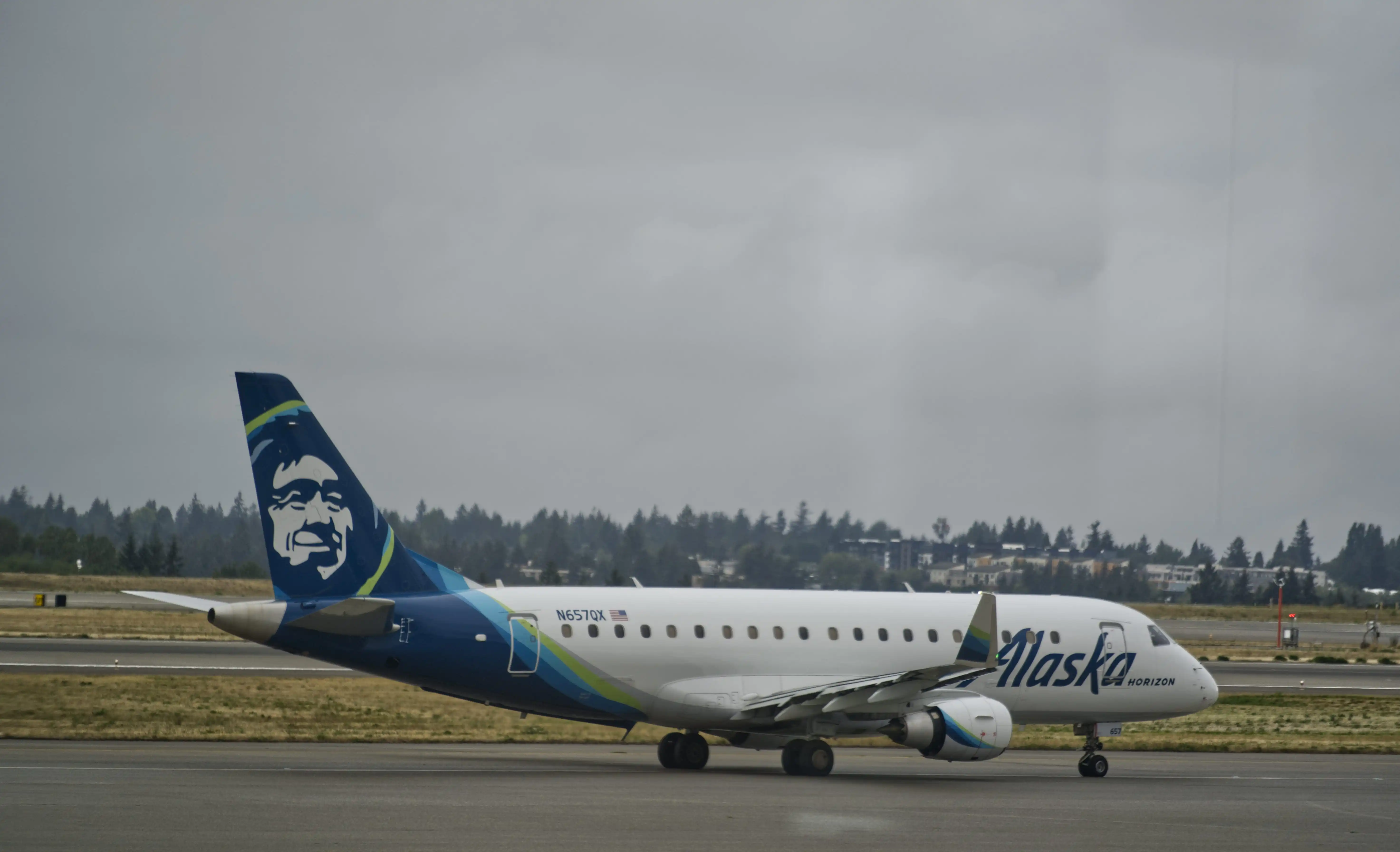
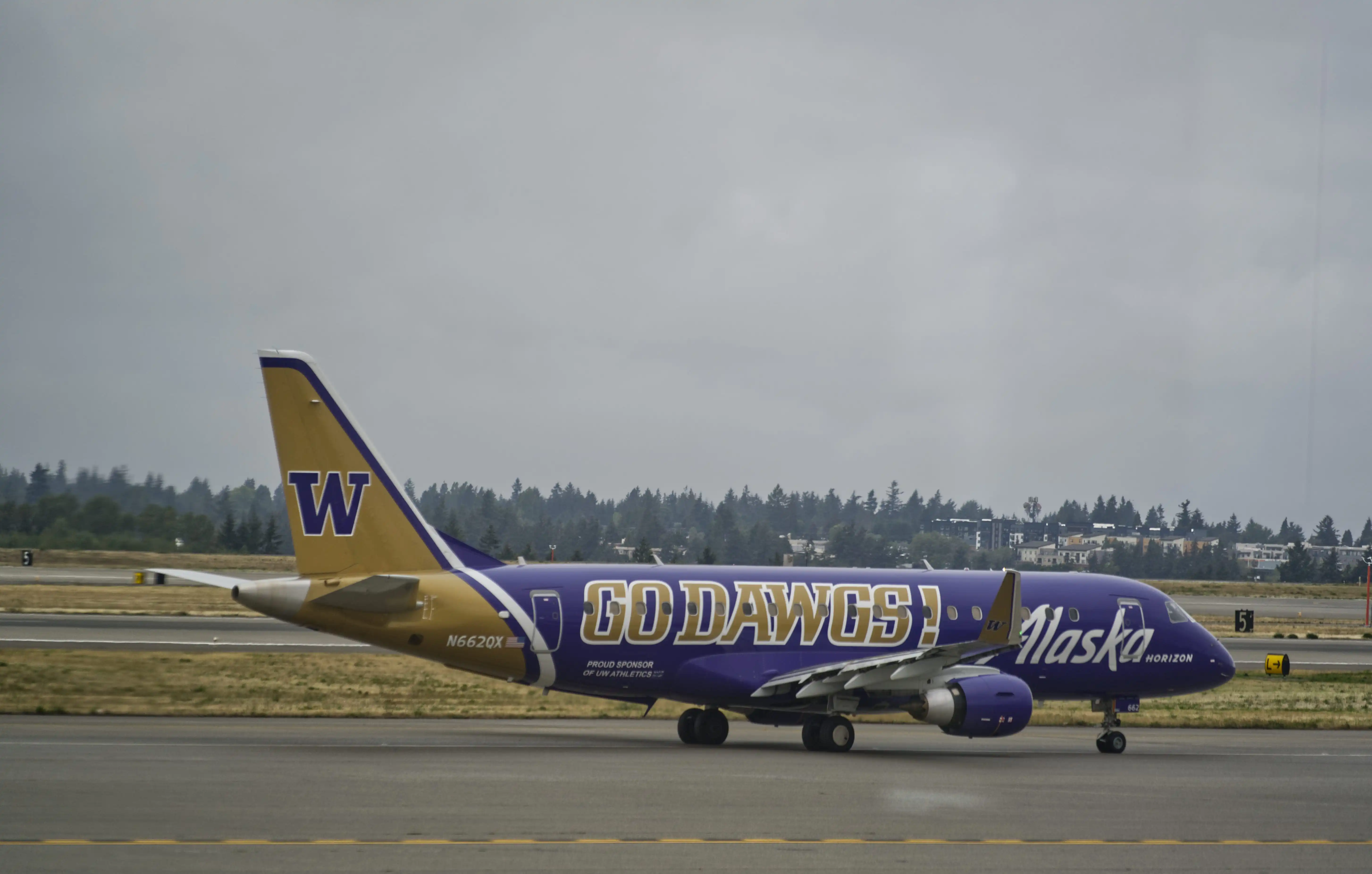
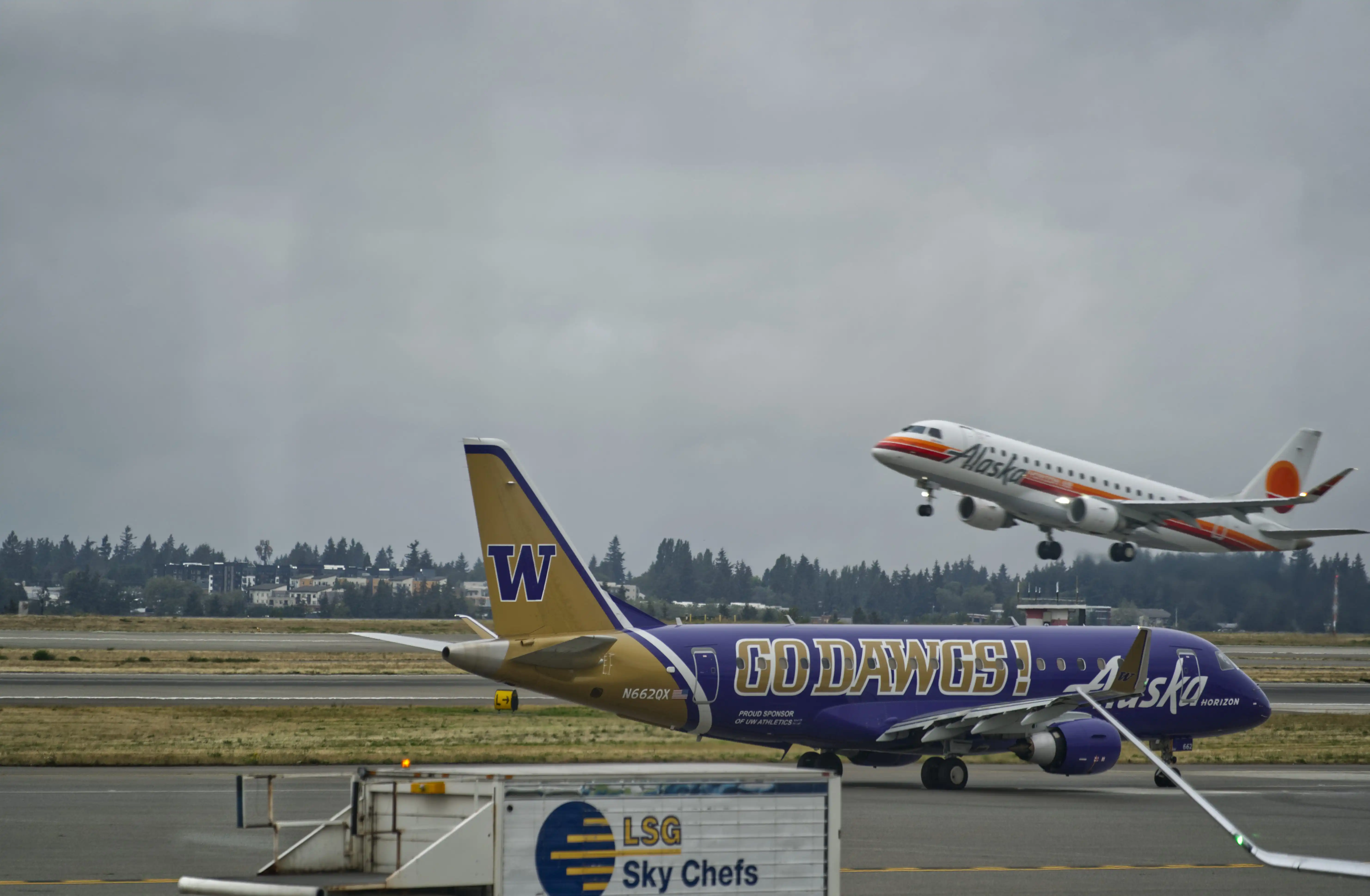
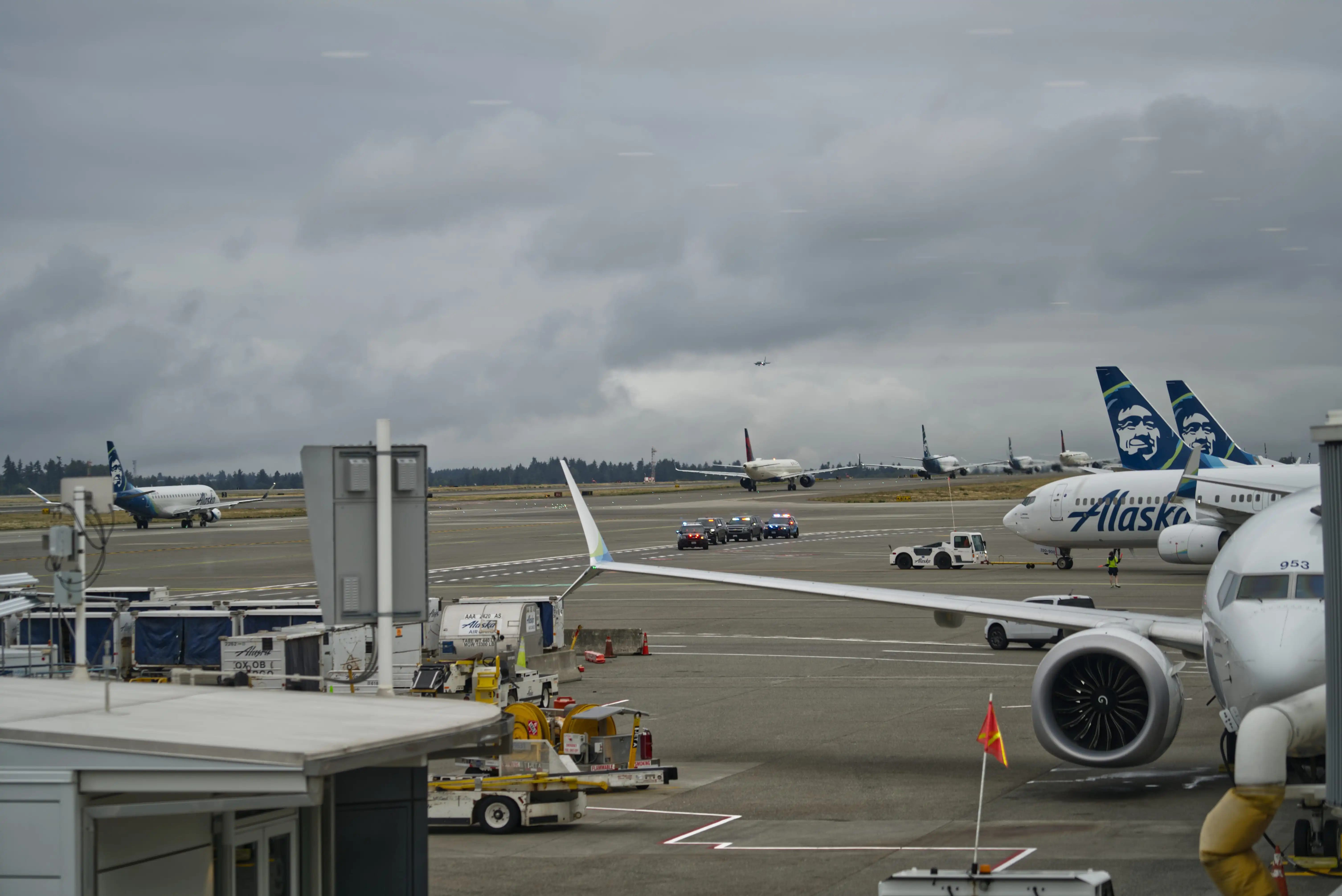


Big Island #
First days #
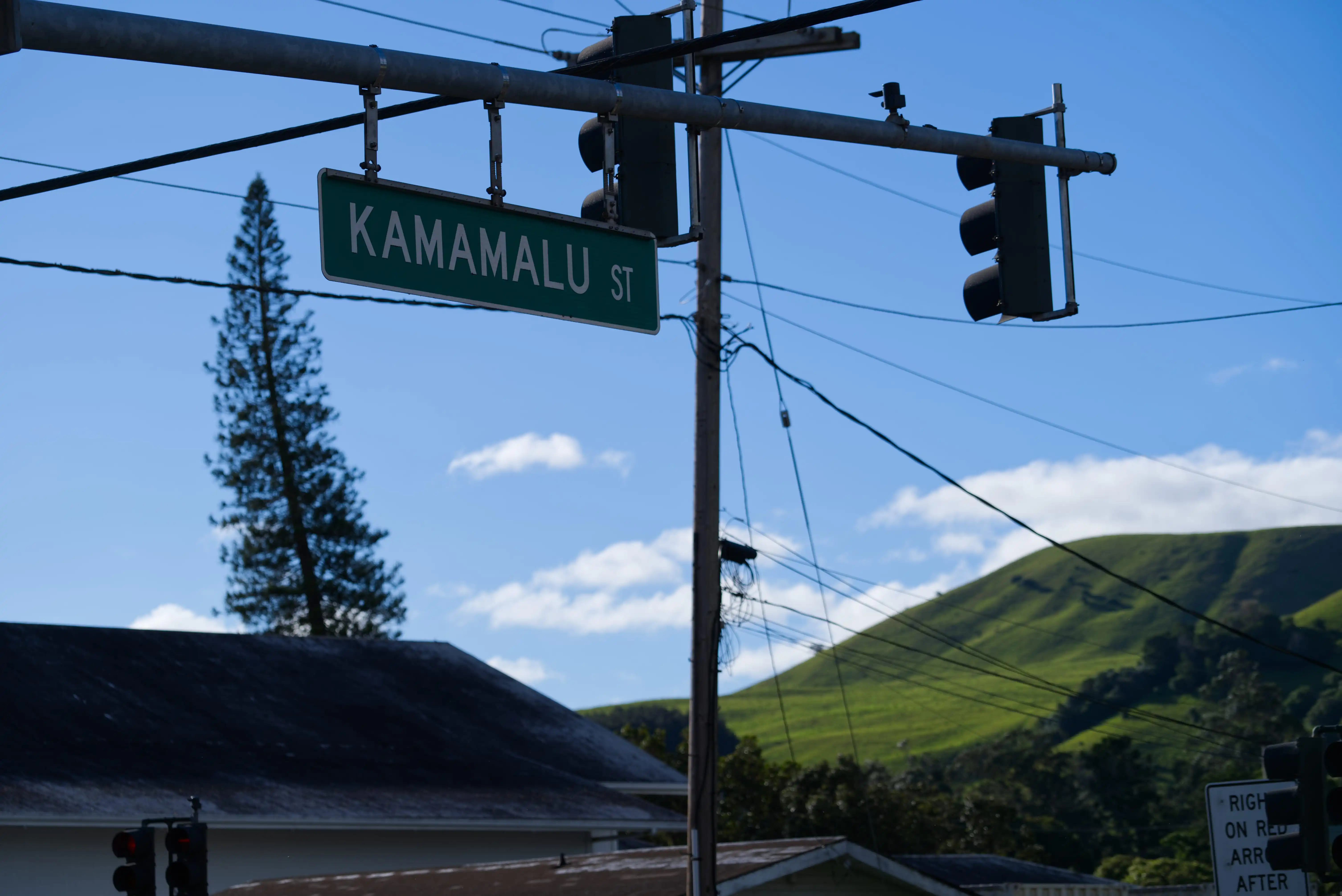
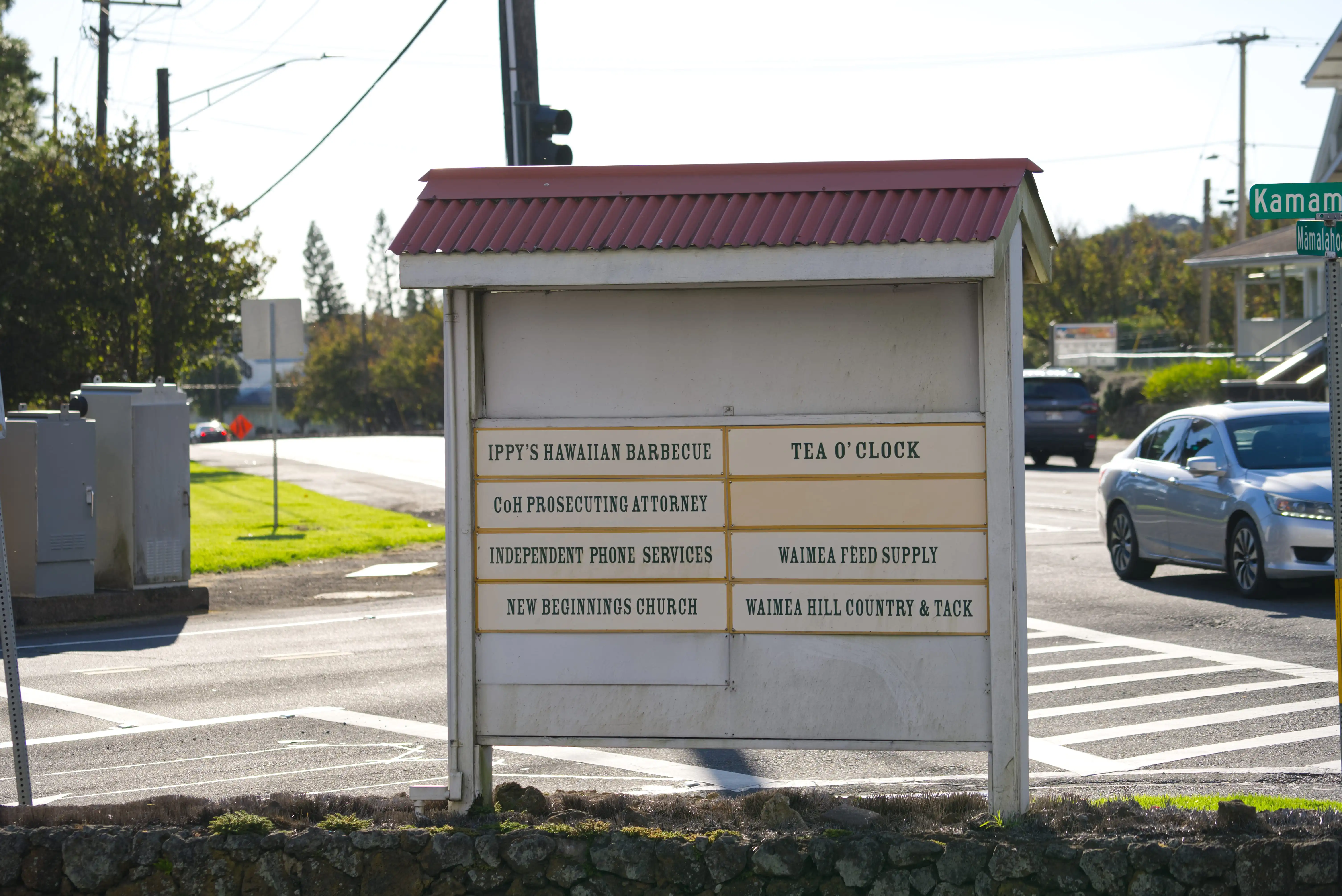
The trip started with a stop at Ippy’s Hawaiian Barbecue in Waimea. Many hours on a cross-ocean flight will make you really hungry for some Hawaiian food.

Coming back to the hotel - the view definitely reminded us that we were on Big Island.


Another place that is a must-try on Big Island is Nephi’s Smokehouse. Unmatched flavor, and portions are big.

The night sky is also something else - if just don’t see that anywhere in an urban, heavily light-polluted city. I sat on the balcony for more than an hour and just stared out.
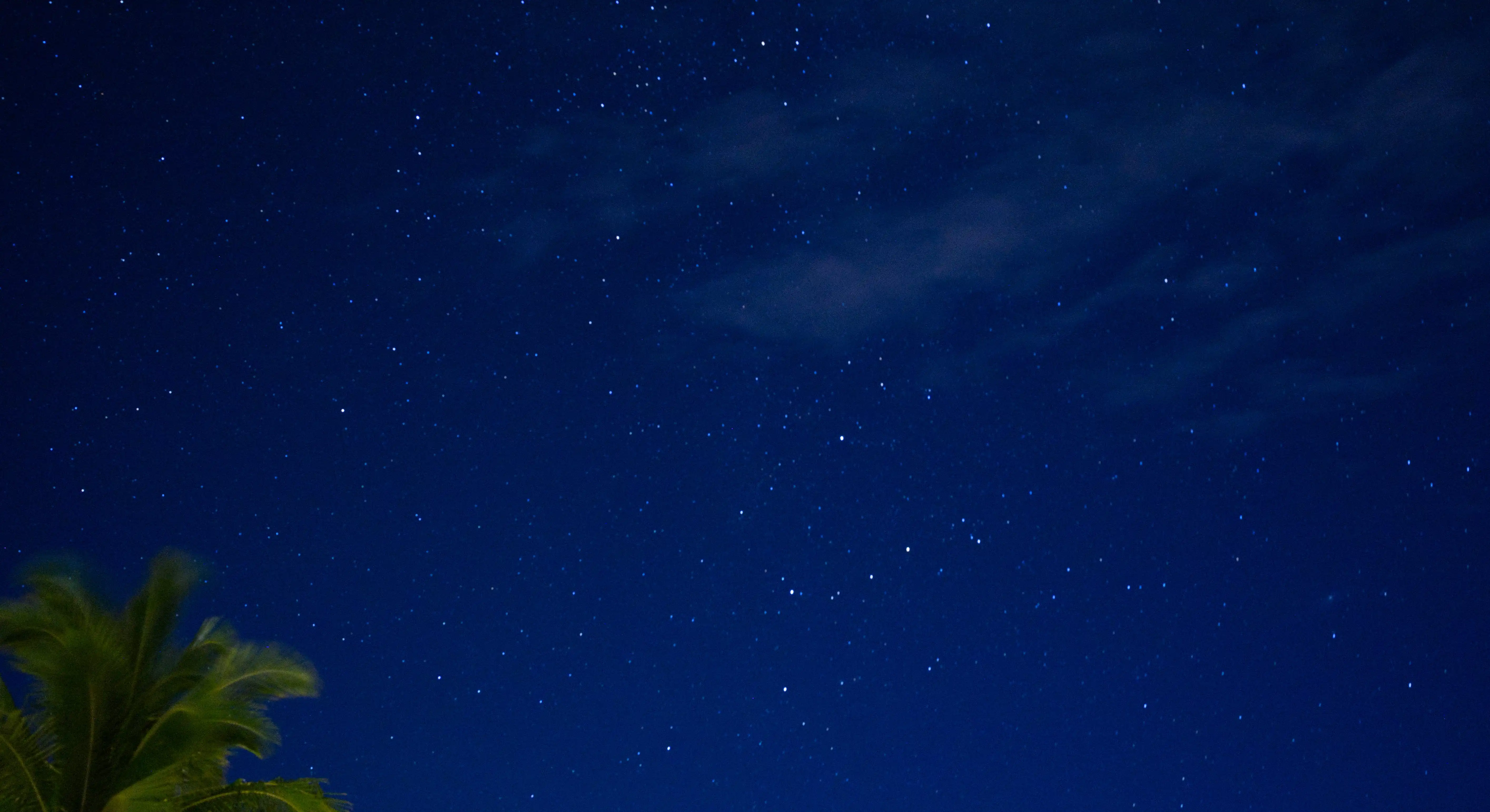
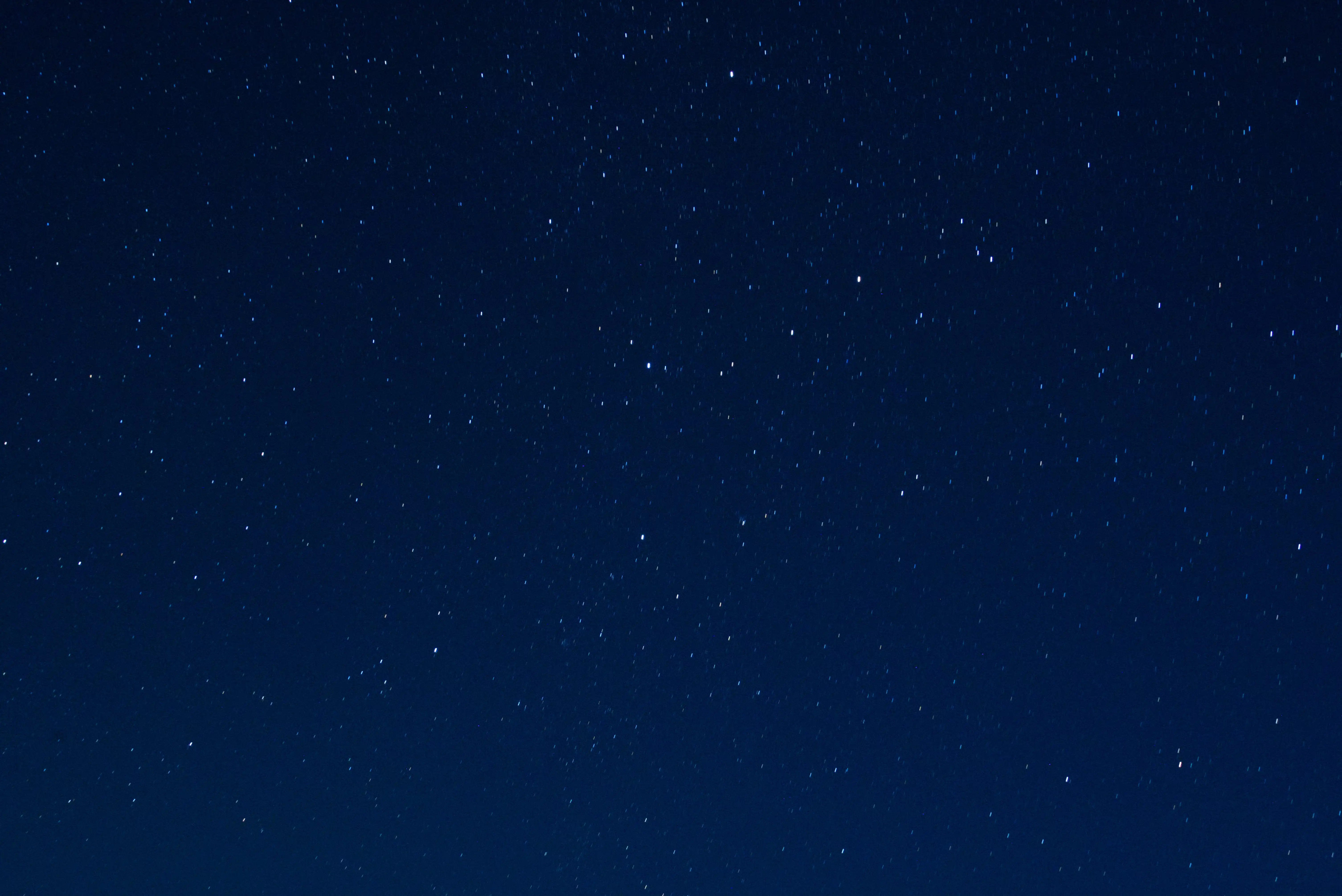

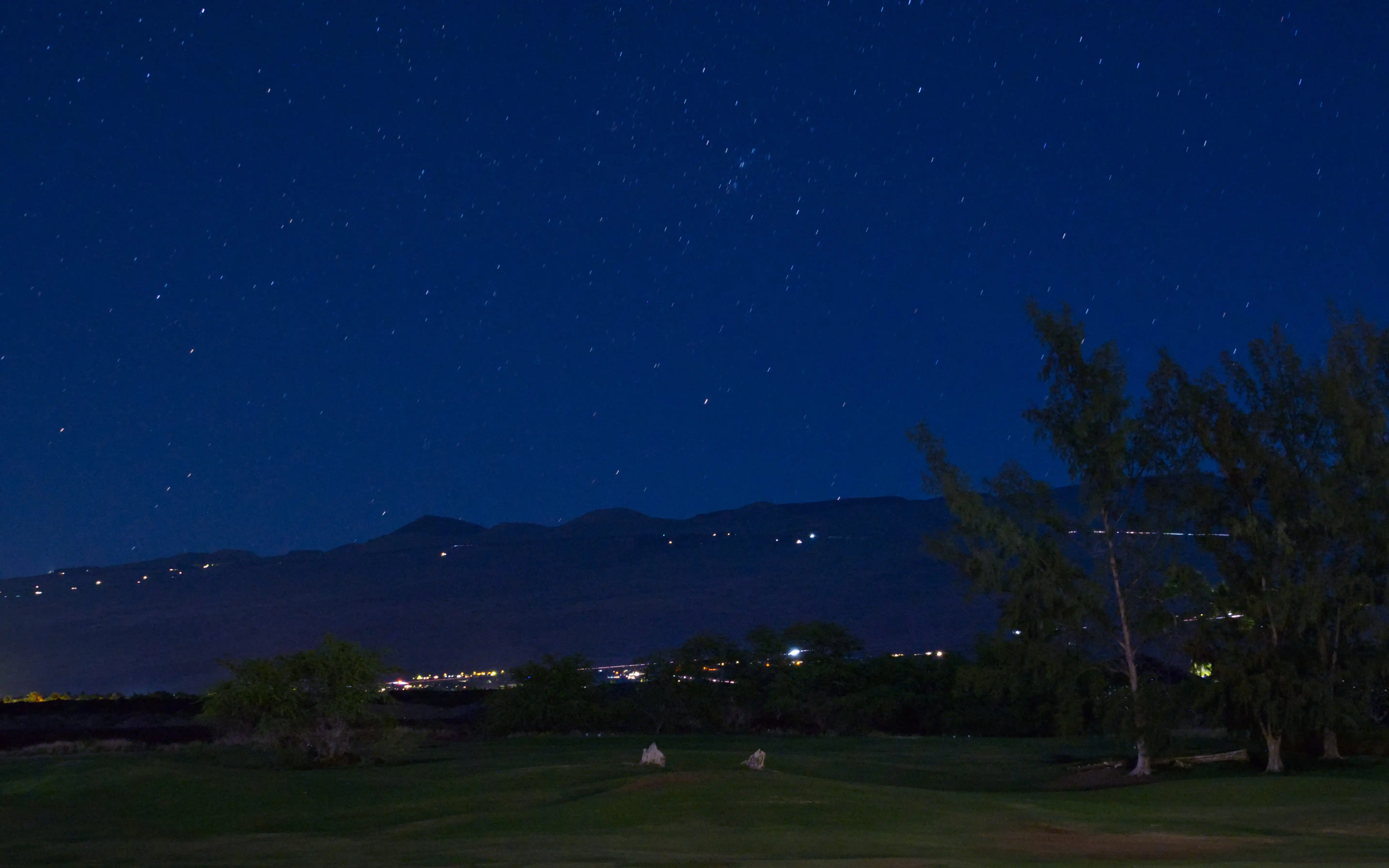
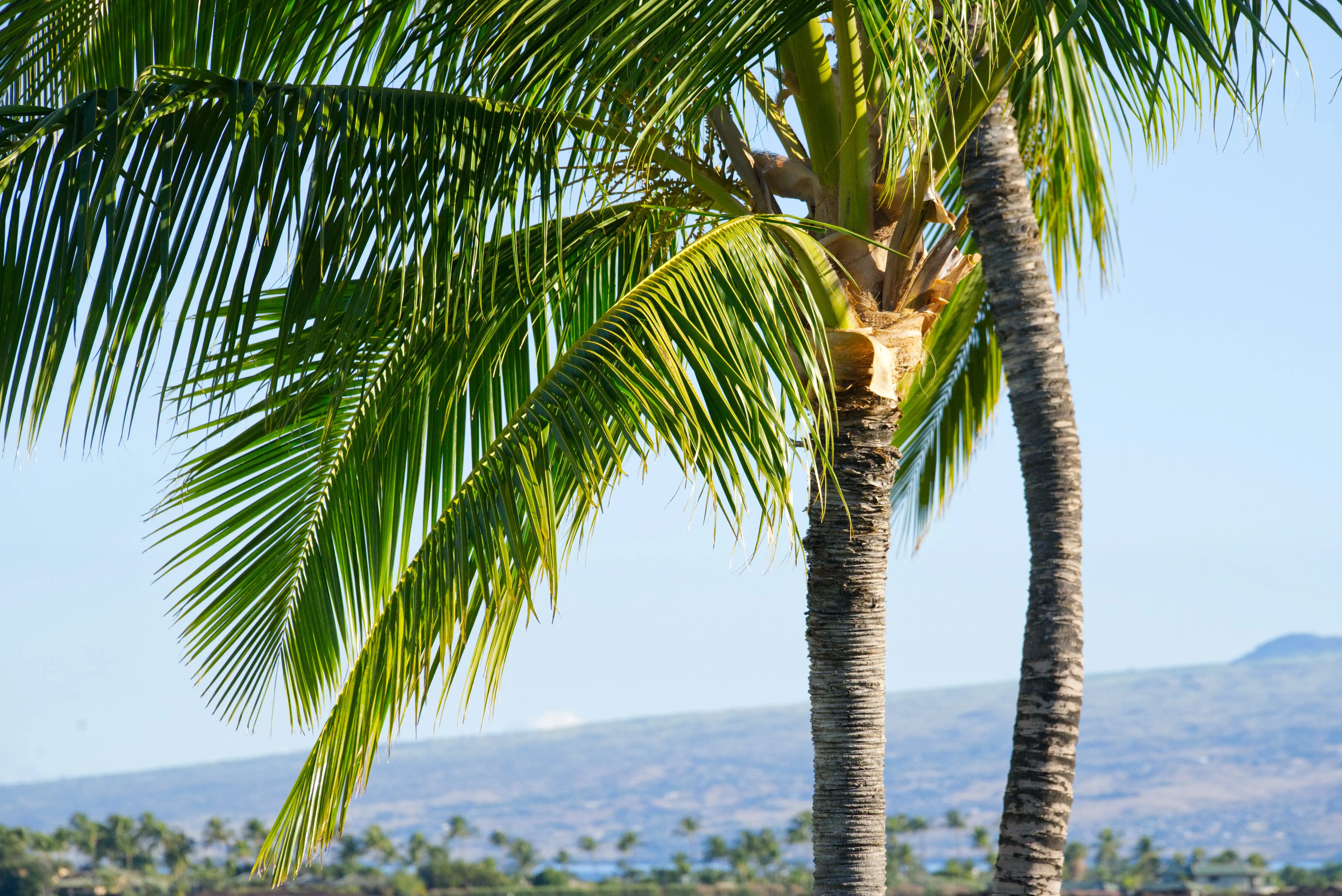
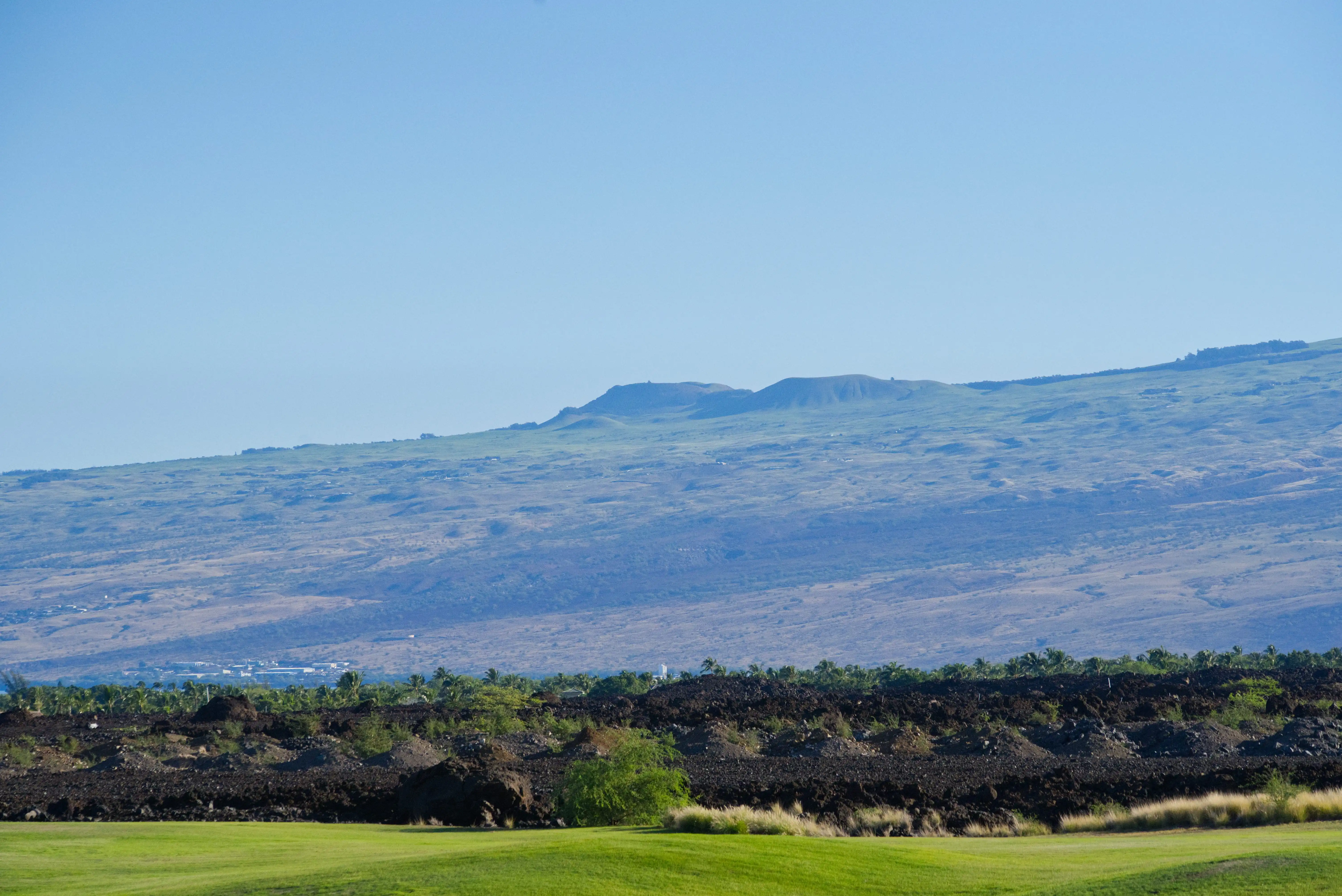
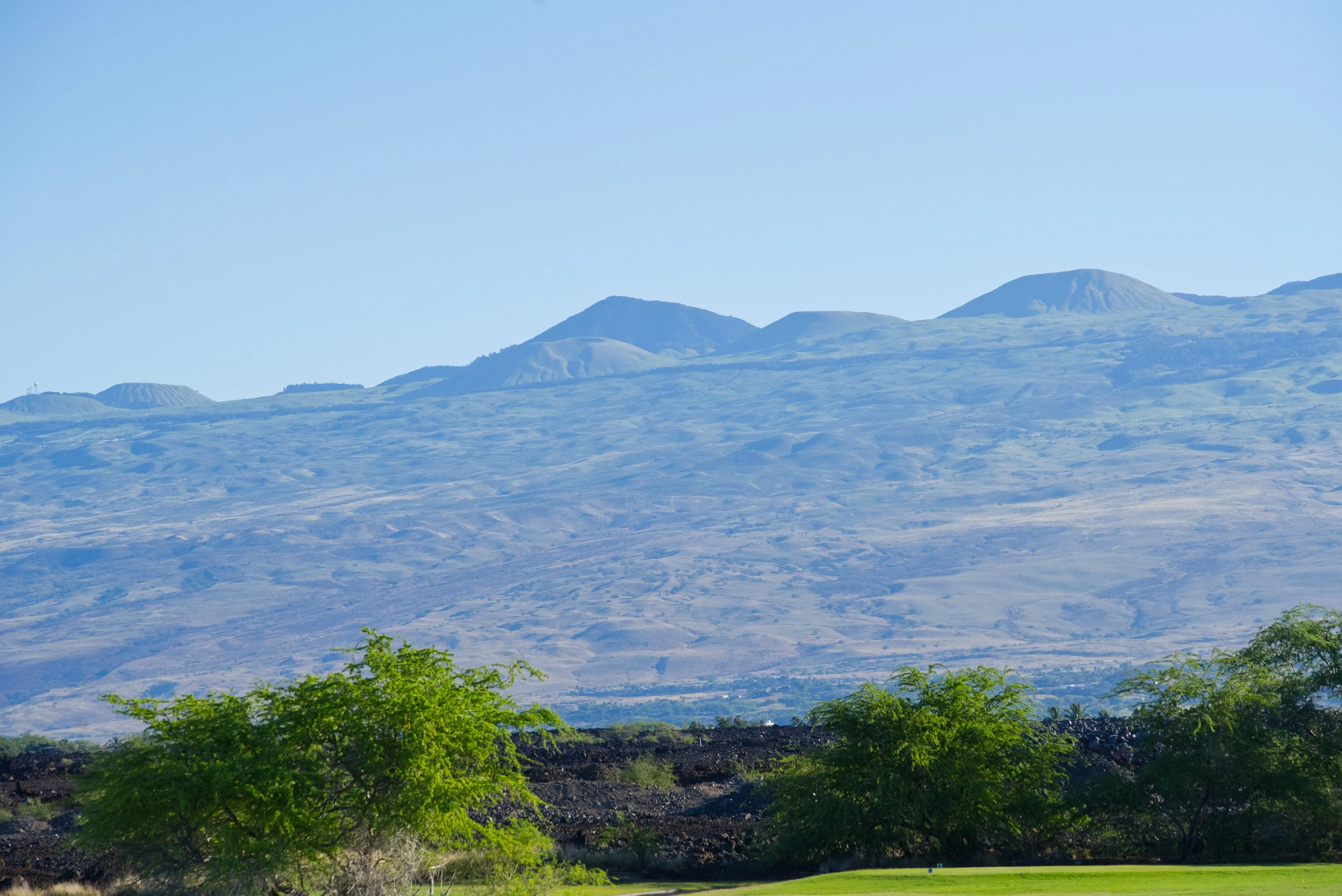
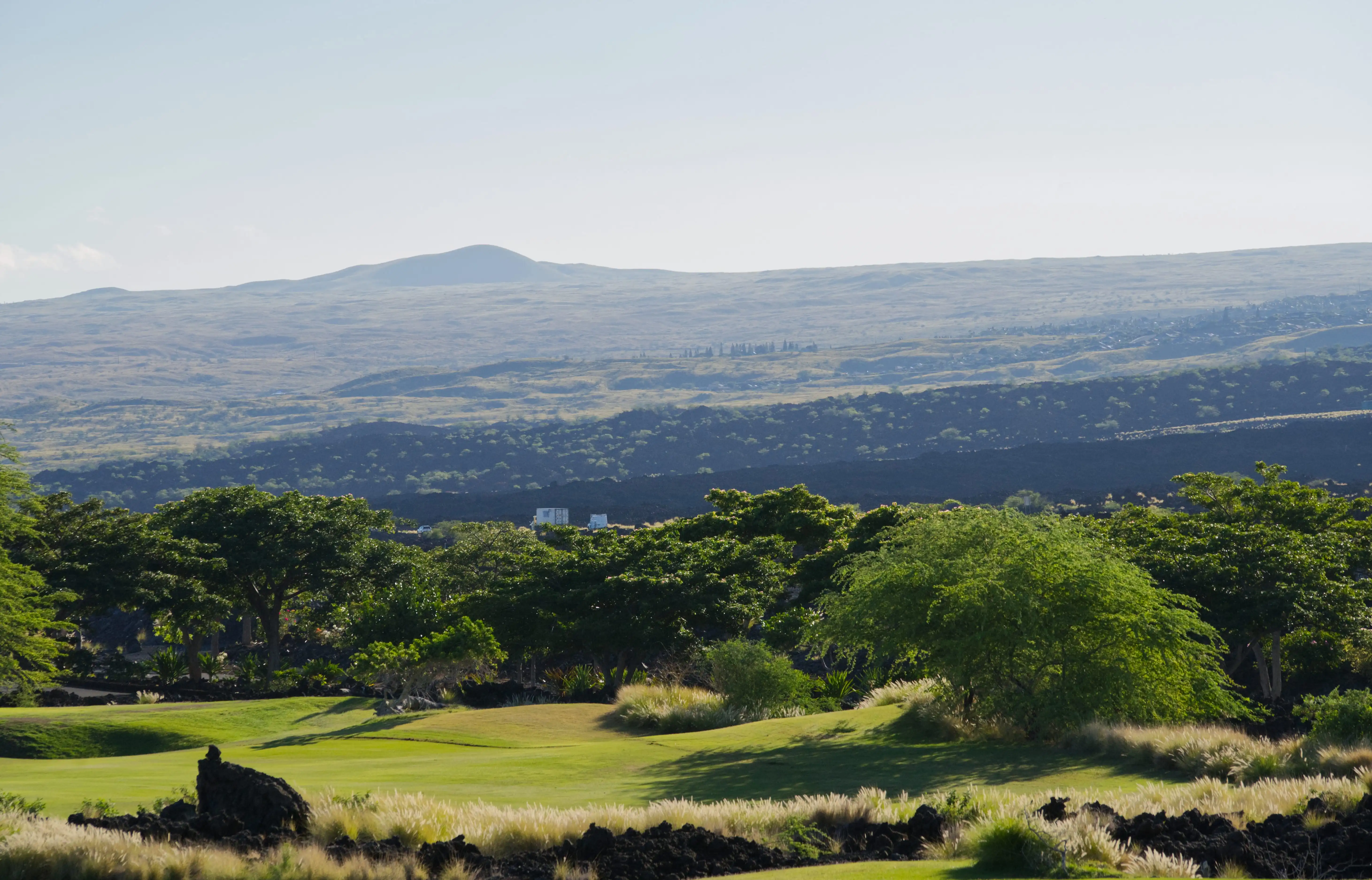
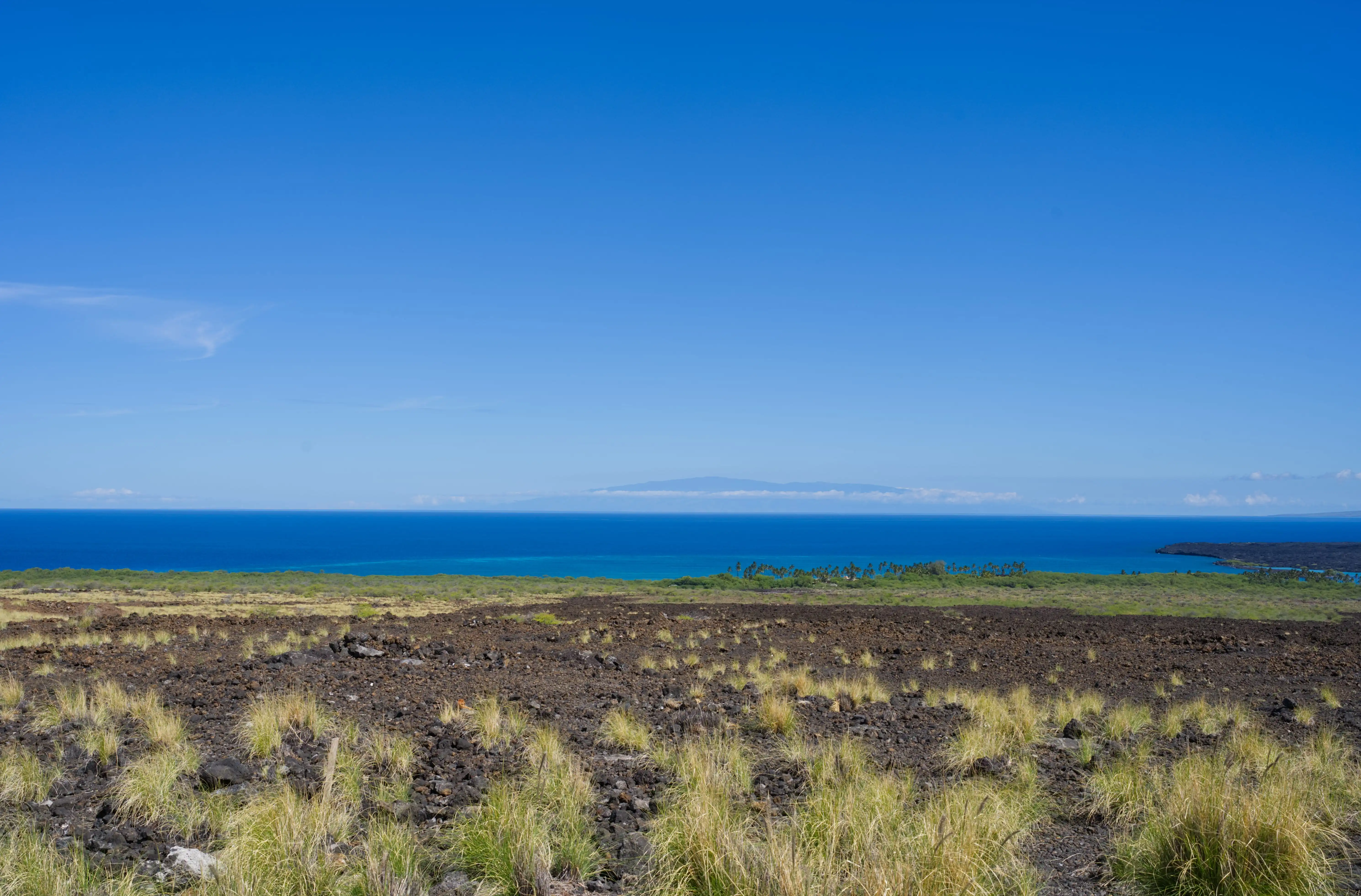
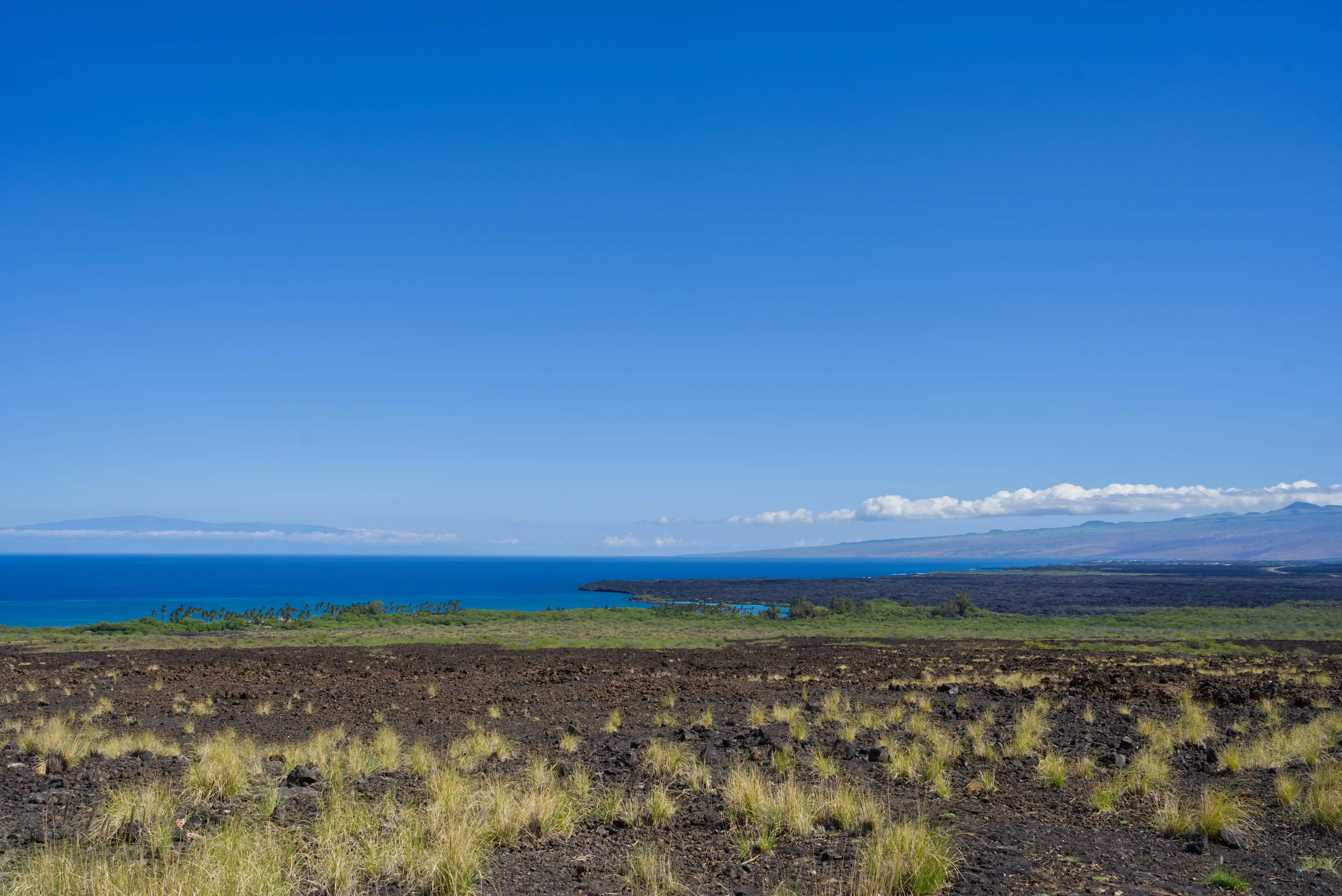


Mauna Kea #
Coming to the Big Island we knew that we wanted to get to the summit of Mauna Kea. It’s a dormant volcano, sacred to native Hawaiians, with multiple observatories at the very top.
I mentioned earlier that a 4x4 vehicle (not AWD - actual 4x4) is needed to go up the mountain. That’s not just a recommendation but a requirement - you can easily get to the visitor center but if you want to go further, a ranger will check that you have proper 4x4 with 4Low, as well as that you know how to handle the transmission shifts. You will need that on the way up and on the way down, as riding the brakes is just not an option - they will overheat and give out, leading to… not a good experience at all.
We also spent about an hour acclimating at the visitor center - you will feel the altitude change. You won’t be going up unless you’ve spent the time getting ready.

When we got to the visitor center, the day was turning out to be fairly cloudy, with a higher cloud cover. There was an inkling of doubt - maybe this was not the right time to go up (you won’t see the island from above the same as you would if you’re above the clouds), but we noticed a few cars going up and down so that boosted our confidence that we should continue with our drive.
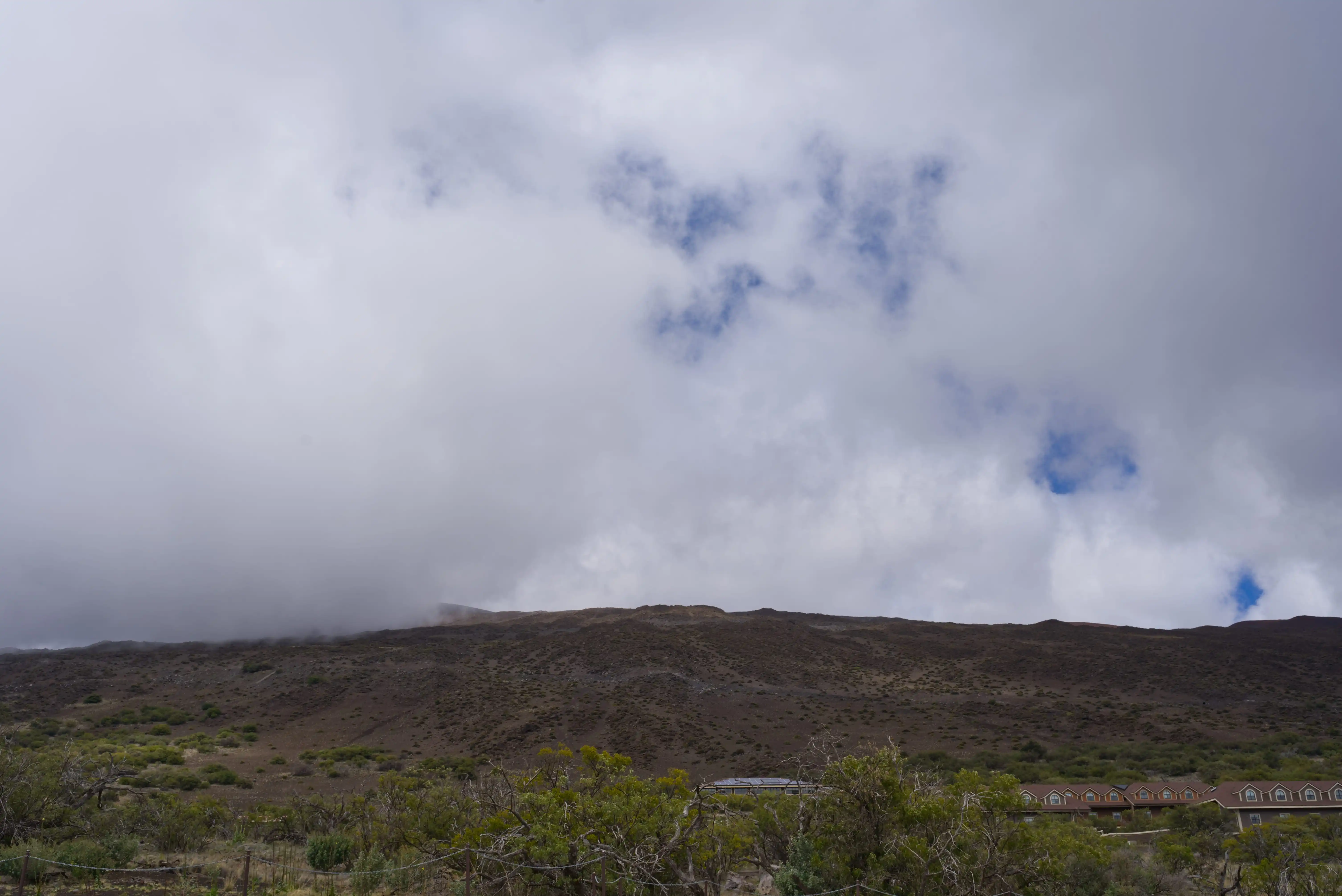
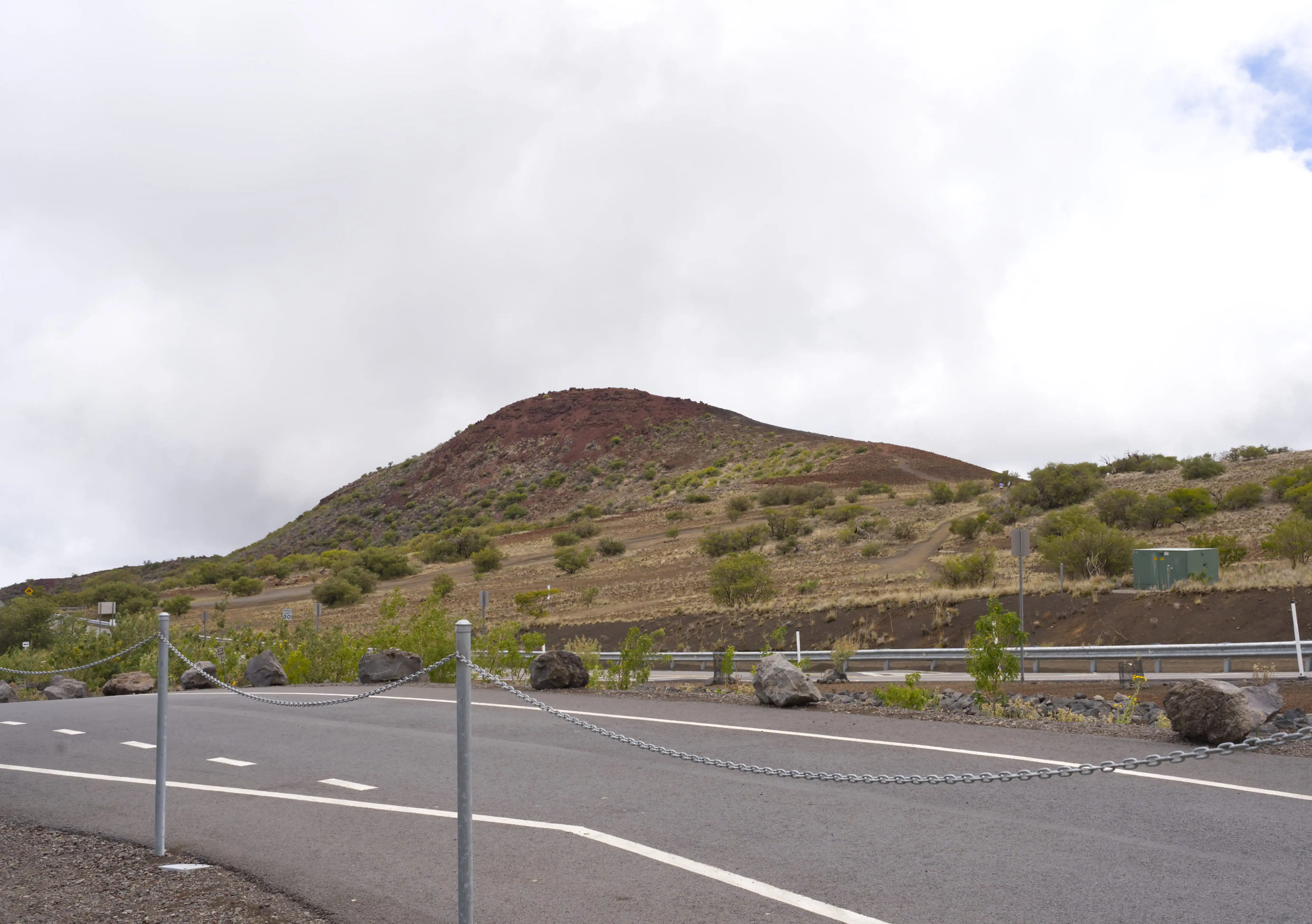
After acclimating, we embarked on our drive up - and it was oh so worth it to go through a dusty, unpaved mountain road to get there. 4Low takes you slowly up the mountain
The last part of the drive was actually paved - this was done to avoid dust interfering with the work of the telescopes at the summit, and it was much easier to get through; however, the higher we went, the more we felt the altitude change effects.
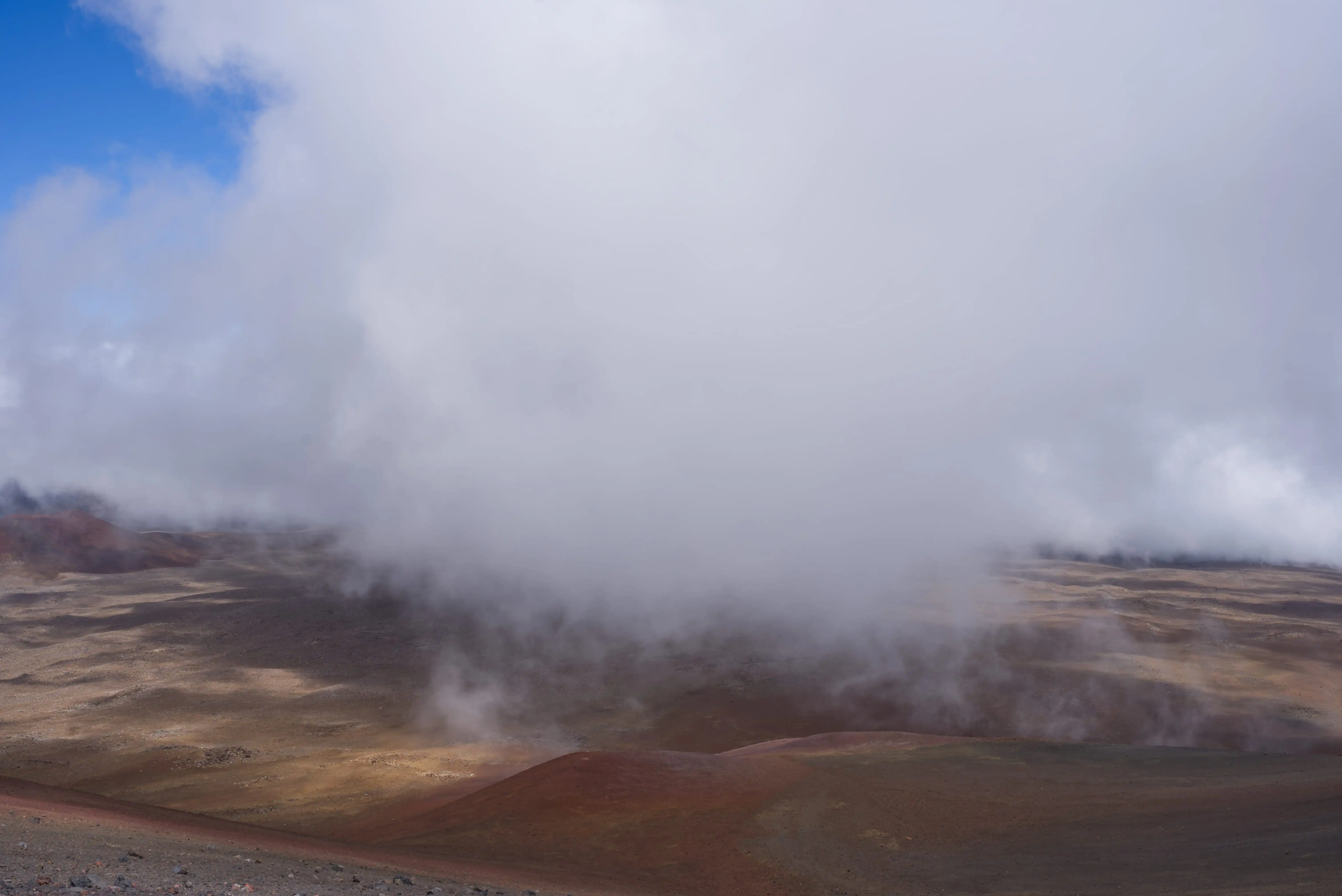

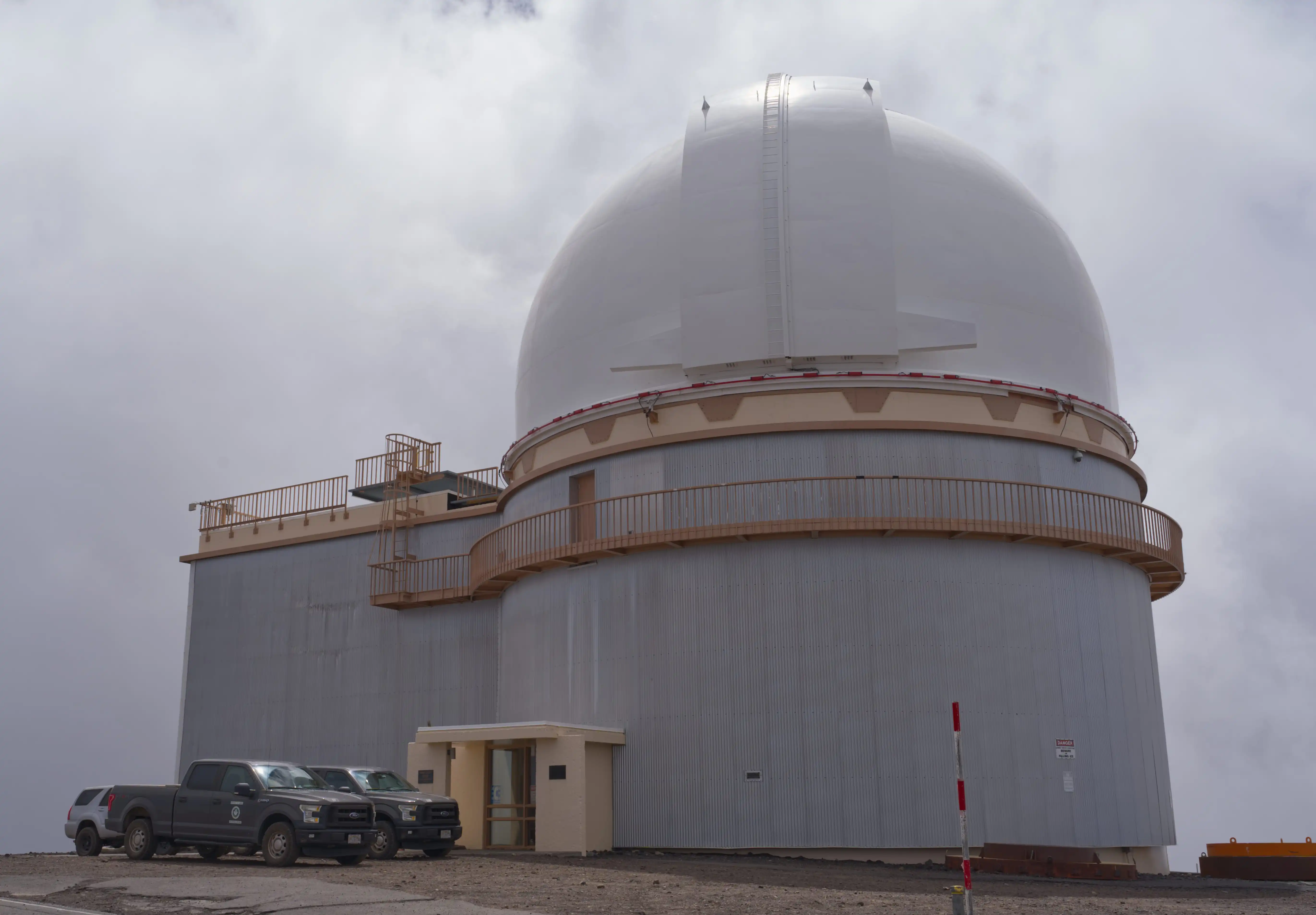
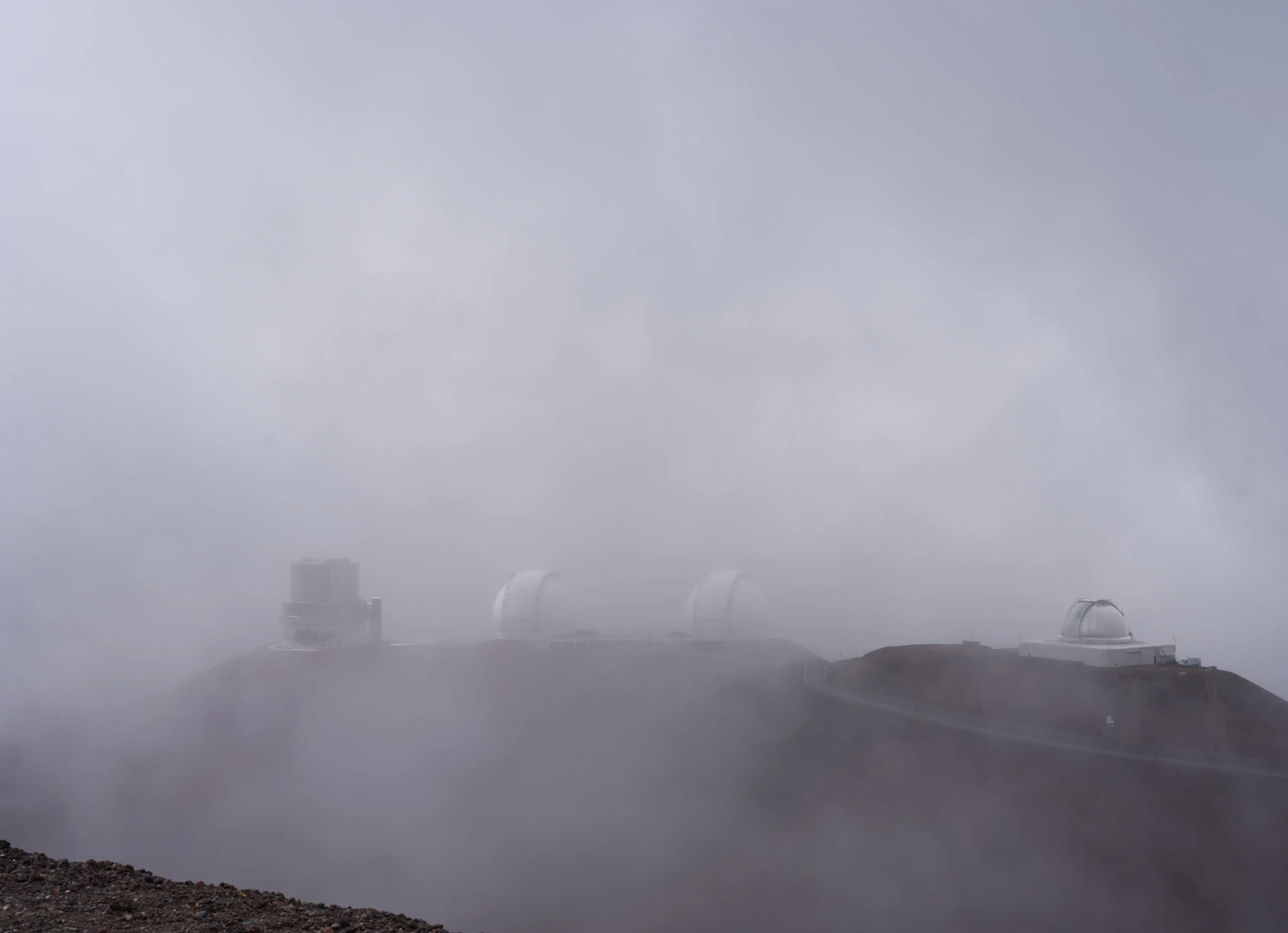
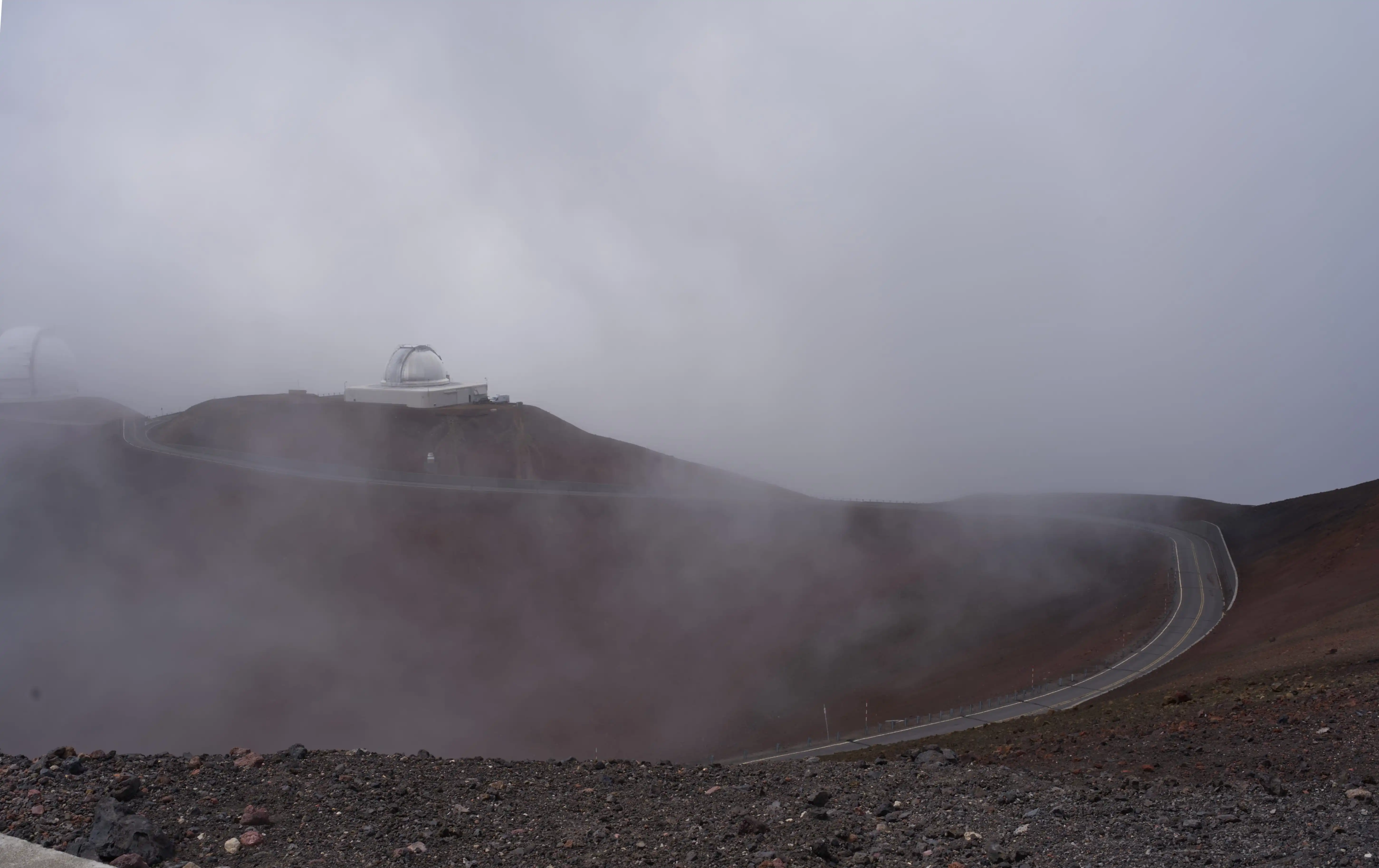
When we got to the summit, there was nobody there, other than a few maintenance workers.
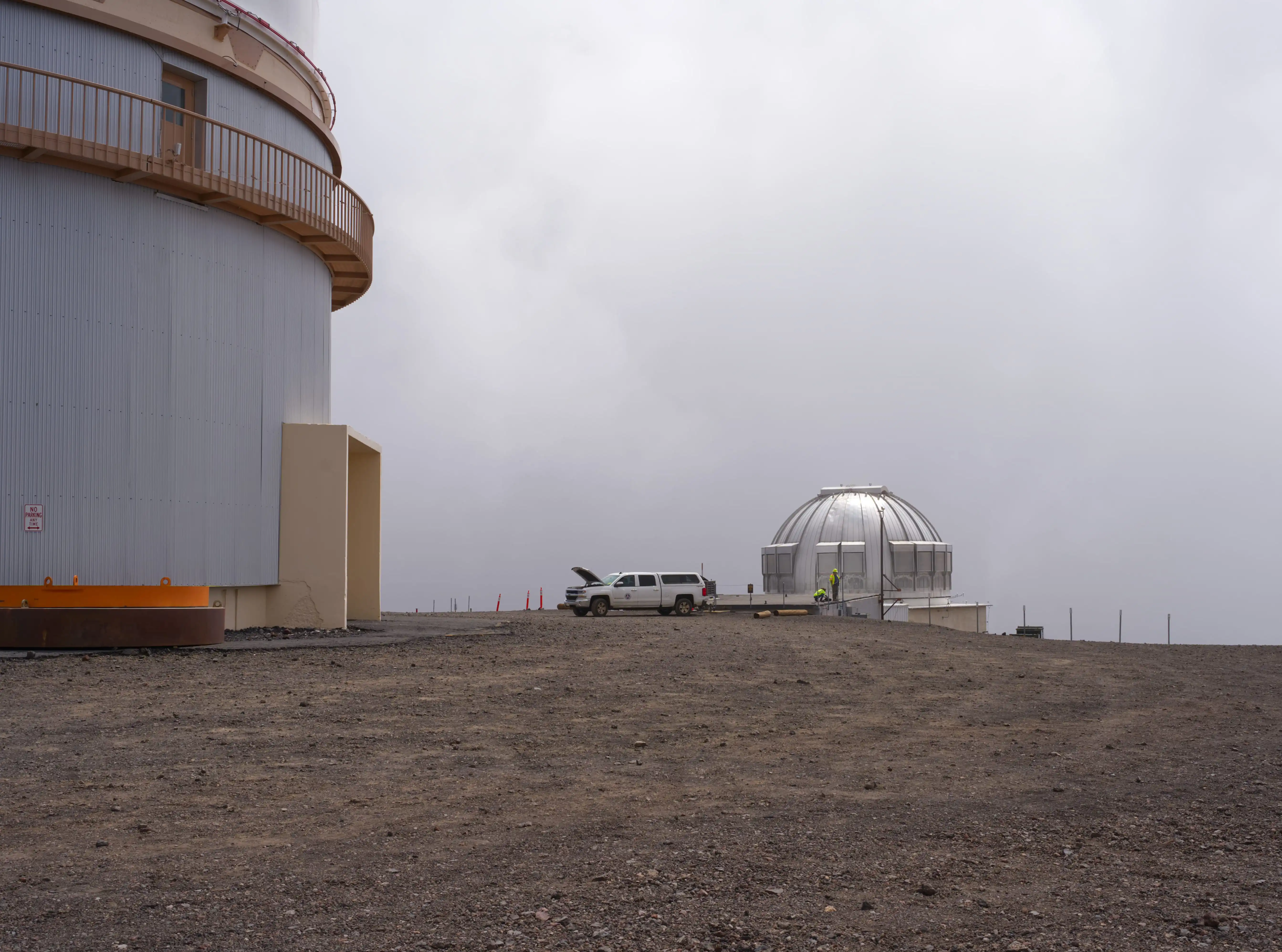
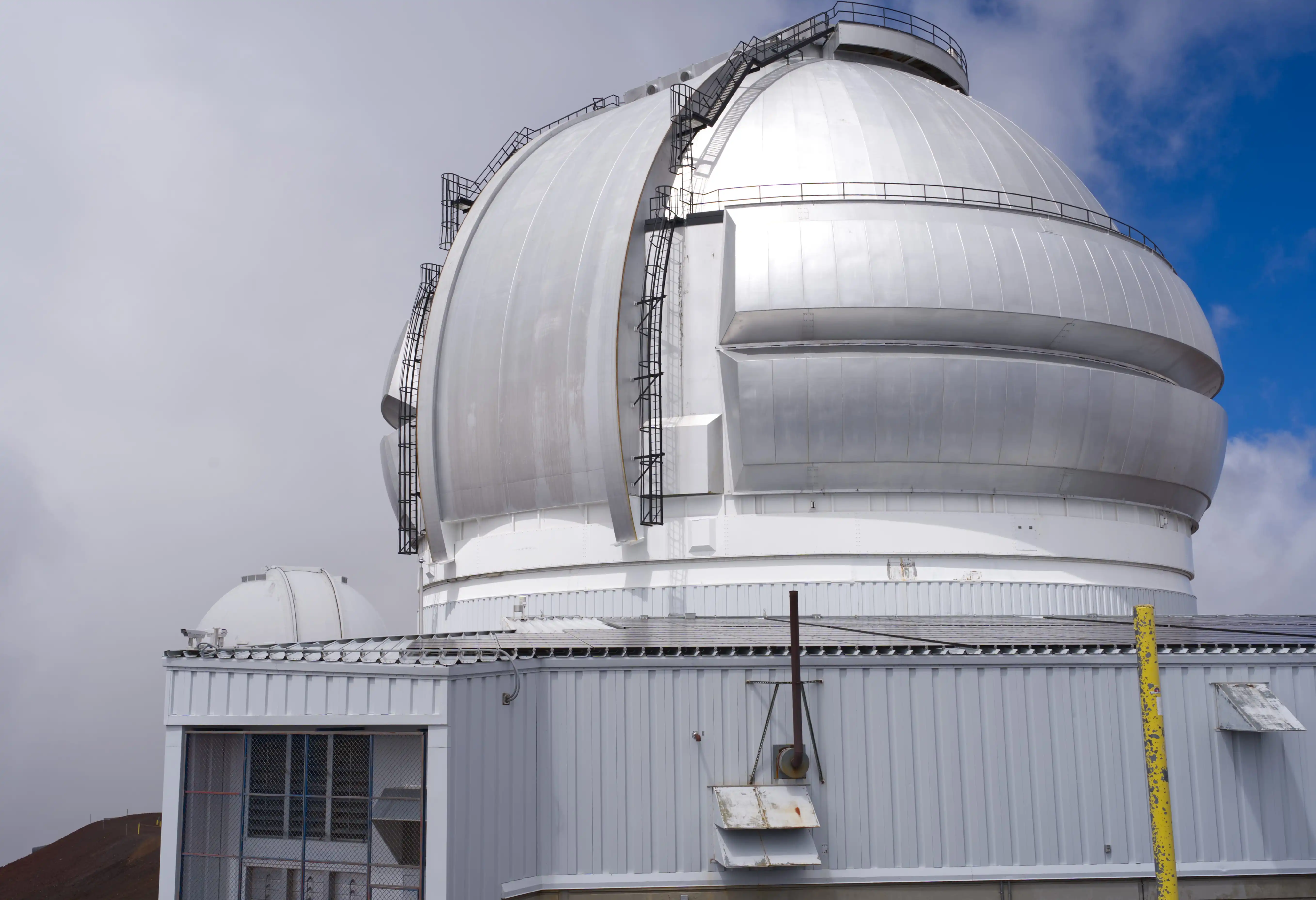
We were thrilled we got the see the observatories and the volcanic backdrop, even if it was all covered in clouds. Next time we’ll try to time the cloud cover better.
When we got back to the visitor center, the ranger checked our brake temperature and we were given the green light to keep going. We stopped by the visitor center one more time. It started raining within five minutes and the road up the mountain was closed for the day. What timing.

If I've never driven a 4x4, is it OK for me to rent a proper car and go up the mountain? I'll learn as I drive.
I would definitely caution against that. The road up is not extremely dangerous, but the hairpin turns, narrow crossings, and oncoming traffic mean that you need to know what you’re doing - that is definitely not the place to learn how to handle a 4x4. In my experience, the drive down is actually slight more dangerous than up because your instinct is going to be pushing you towards hitting the brakes, but you absolutely shouldn’t. You’ll rely on the 4Low.
The island #

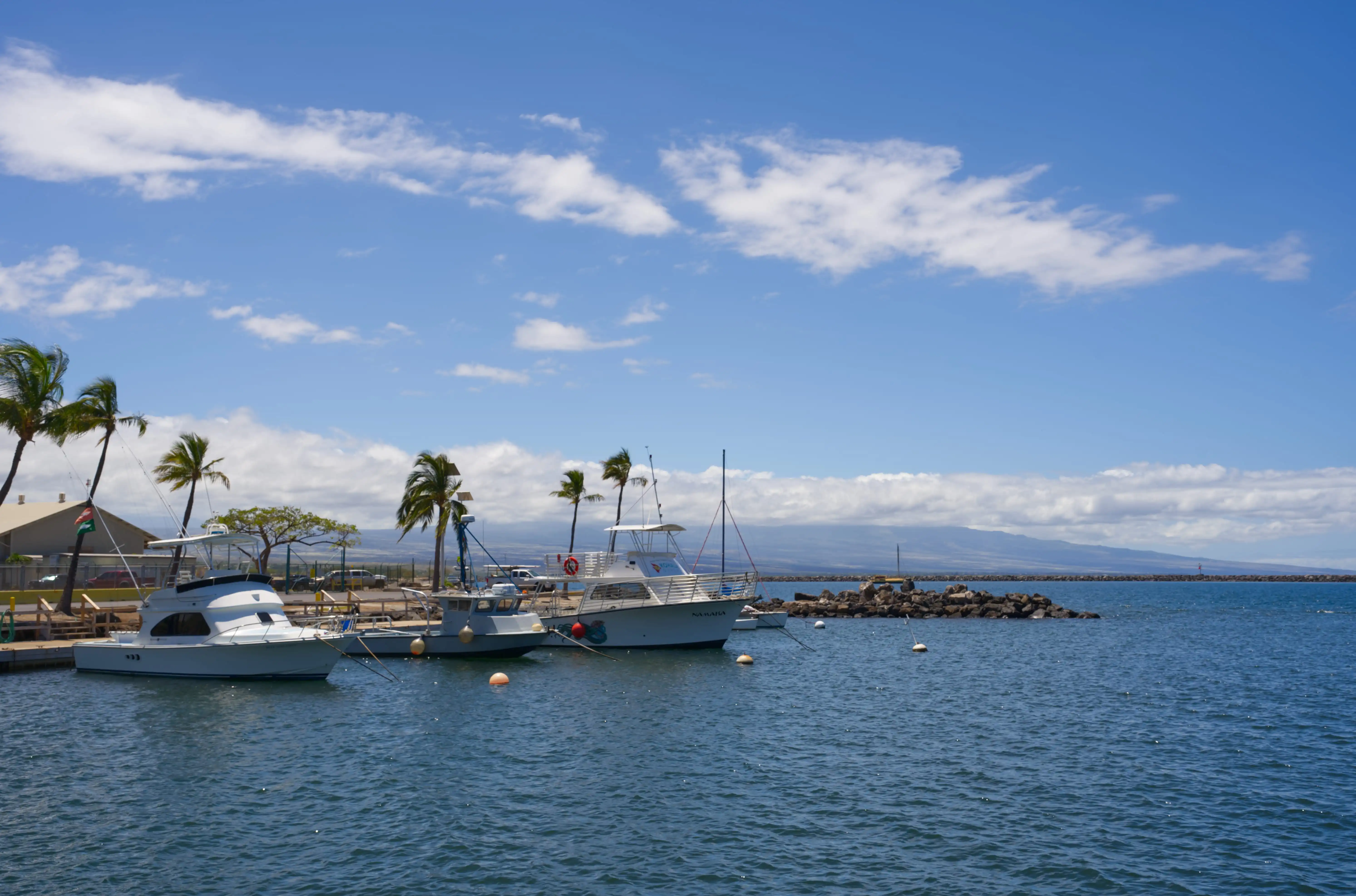
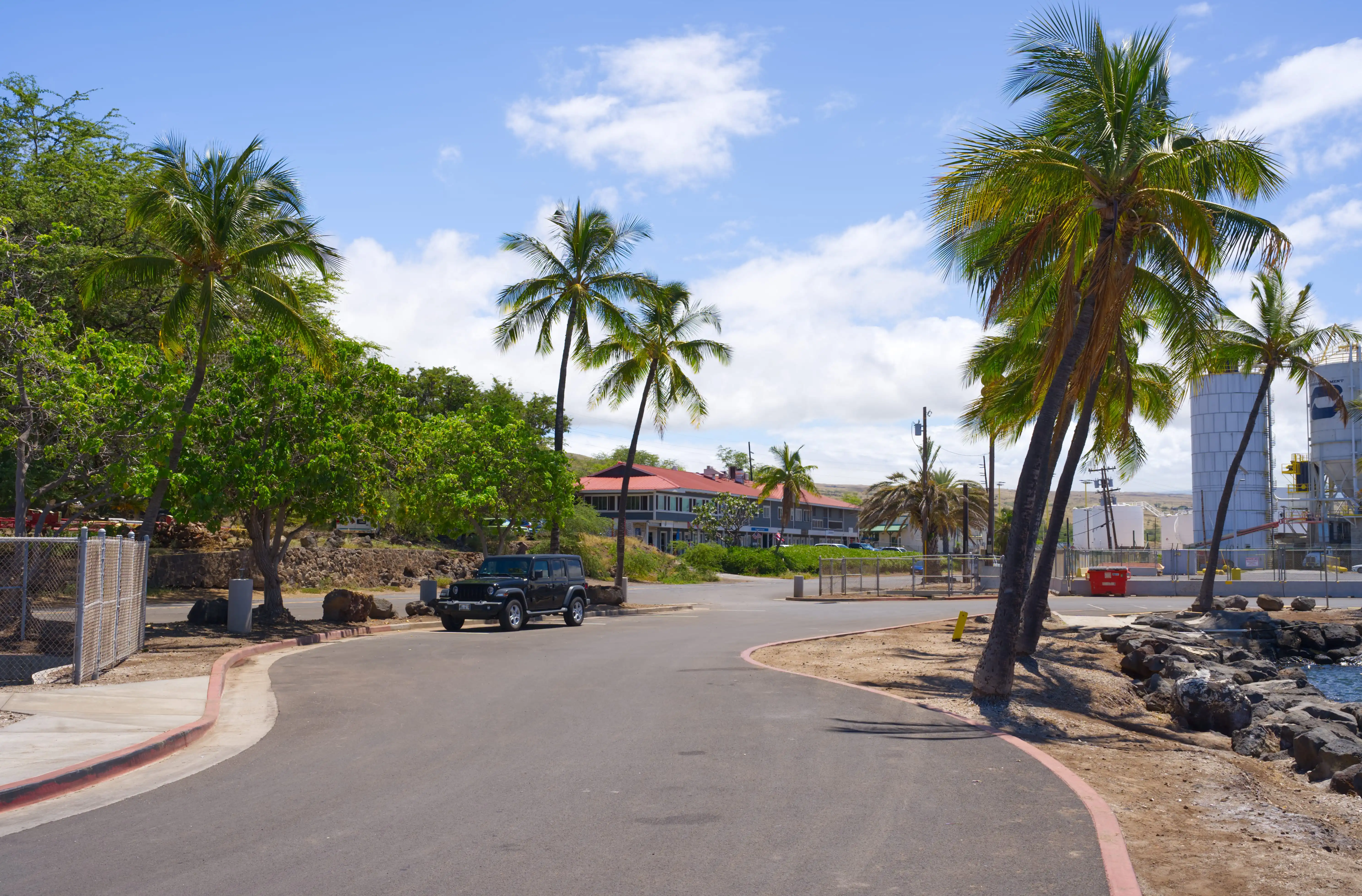
Trip to Pololū Valley #
Because we were mostly staying on the West coast, we wanted to see the beautiful valleys of the Kohala forest reserve as a contrast to the volcanic rock that was surrounding us. Pololū Valley was the most accessible destination without hiking far.

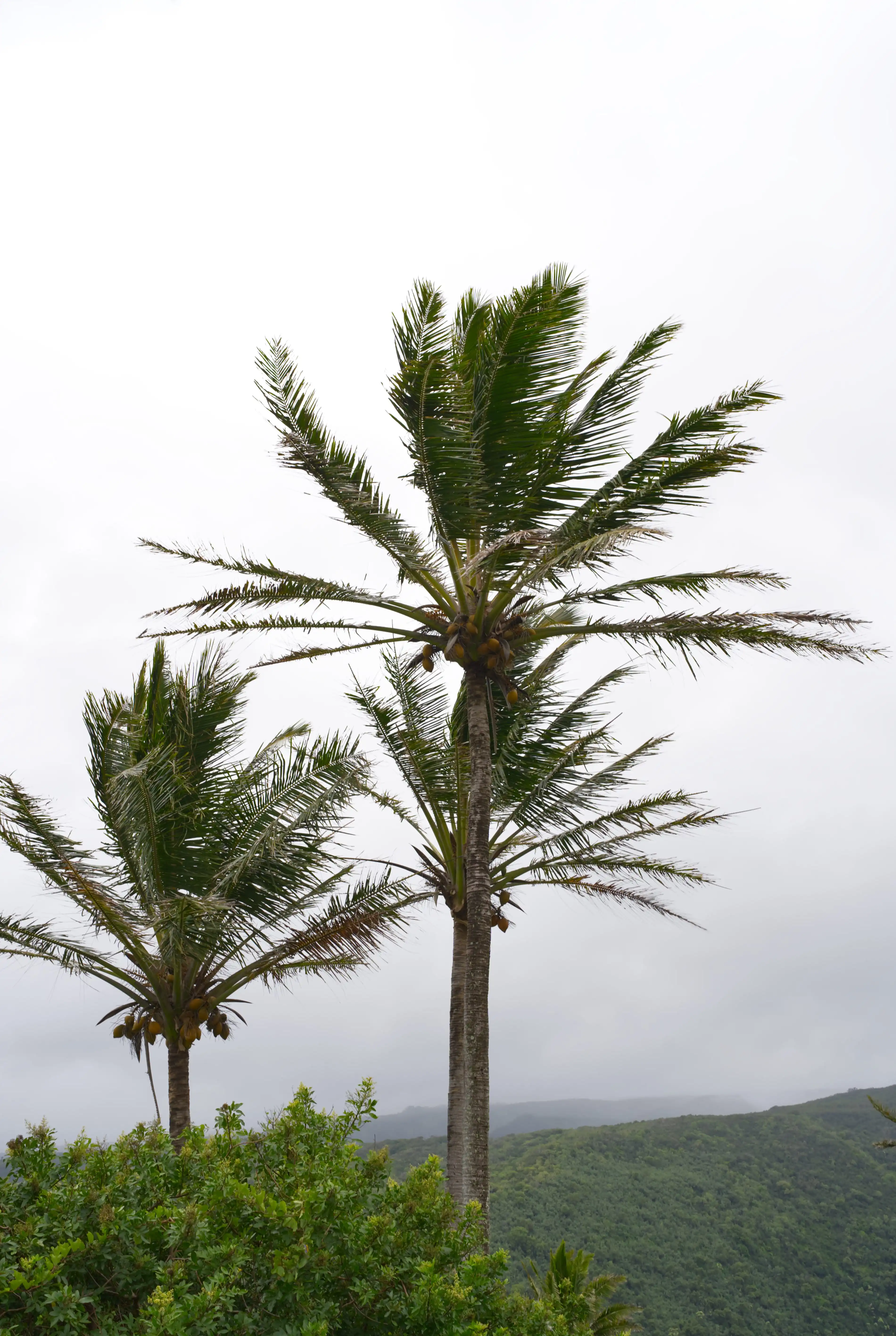

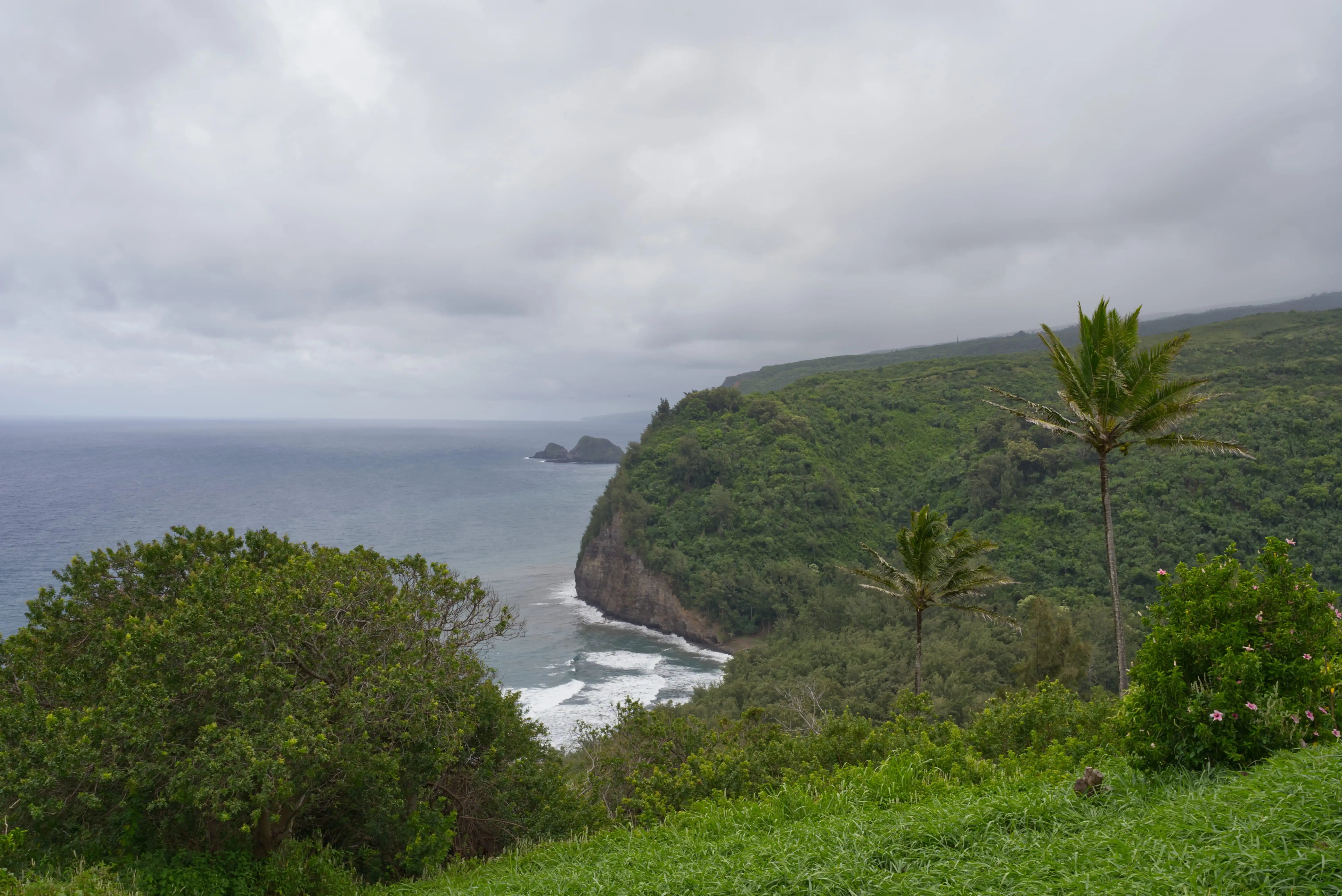
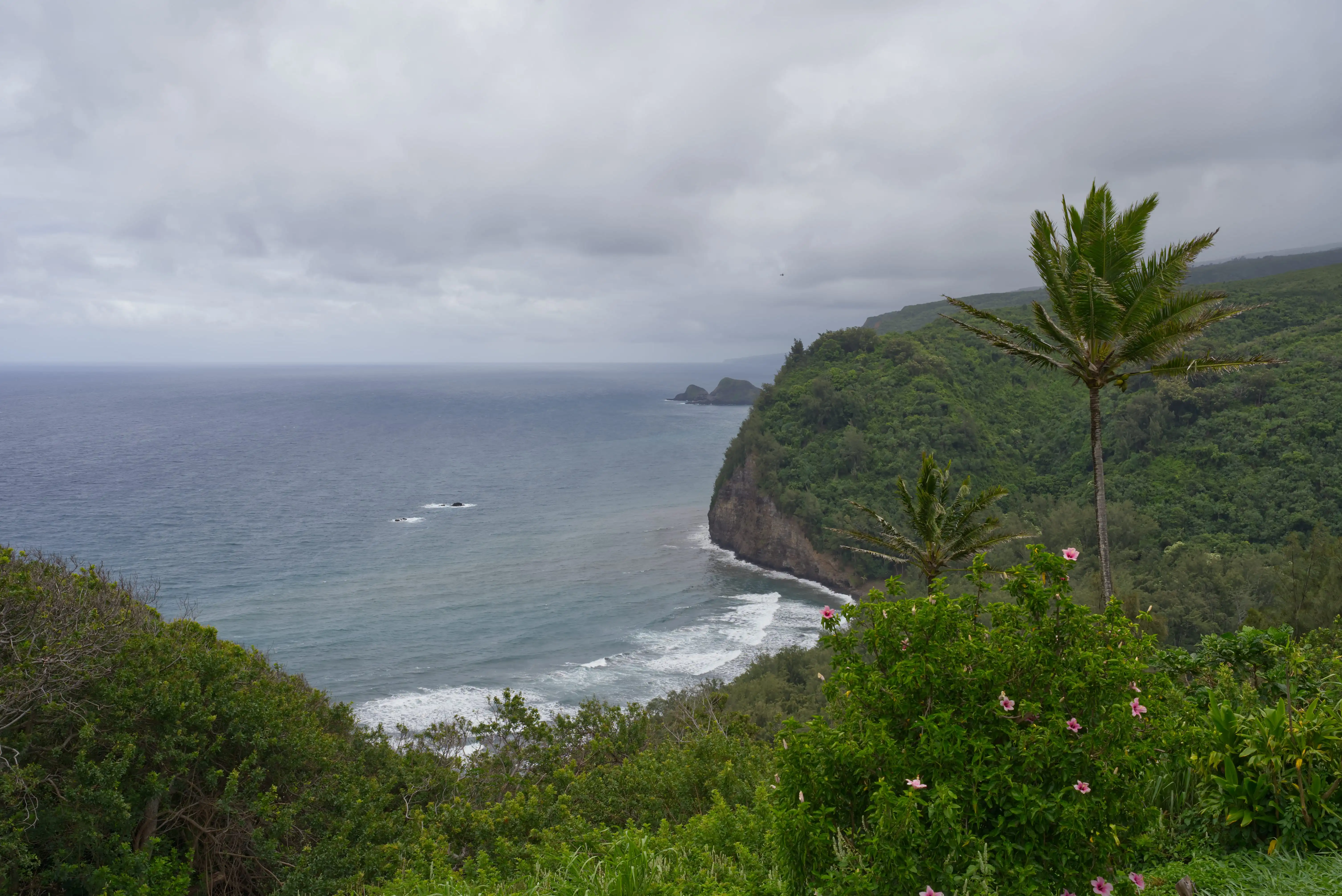
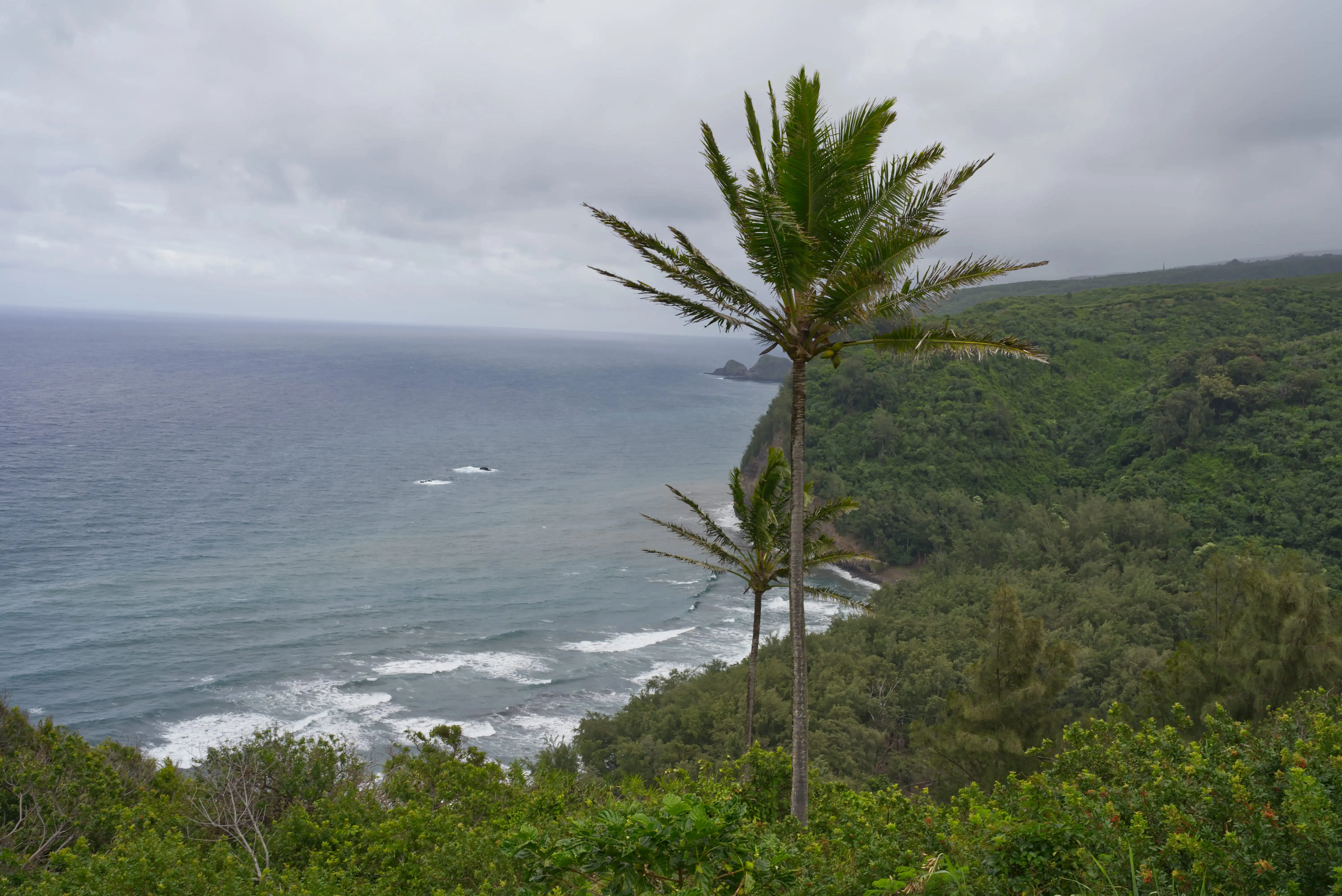

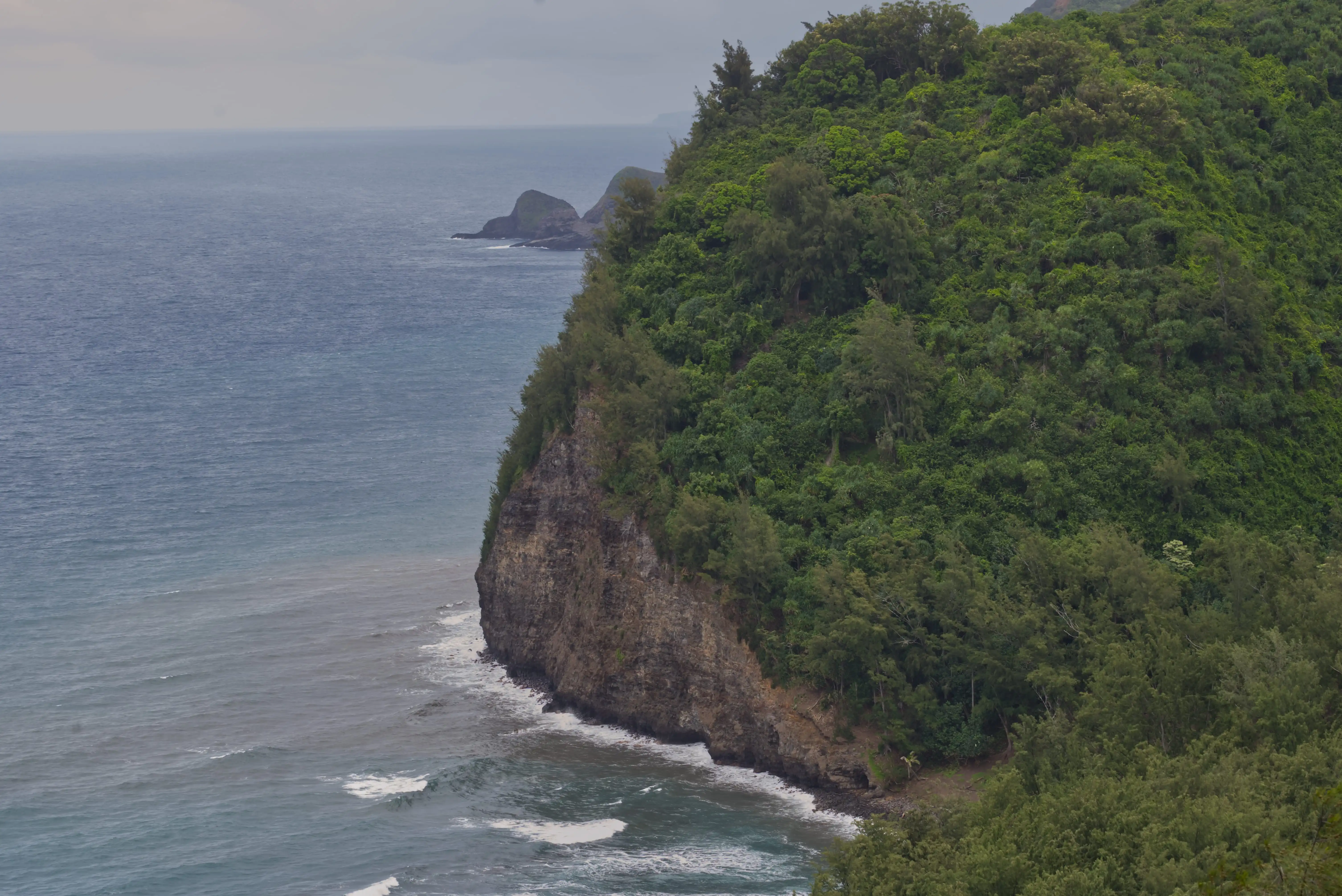



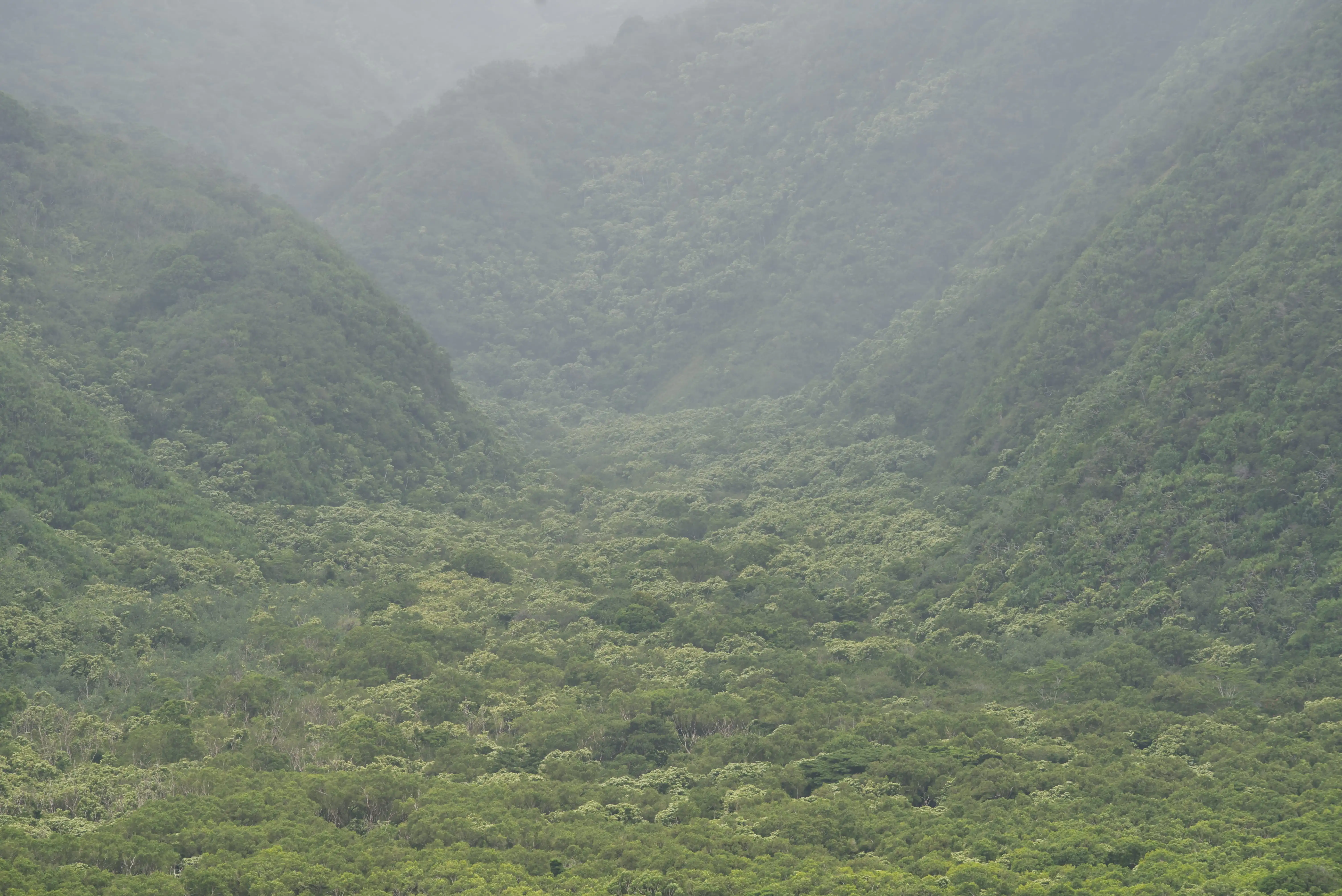
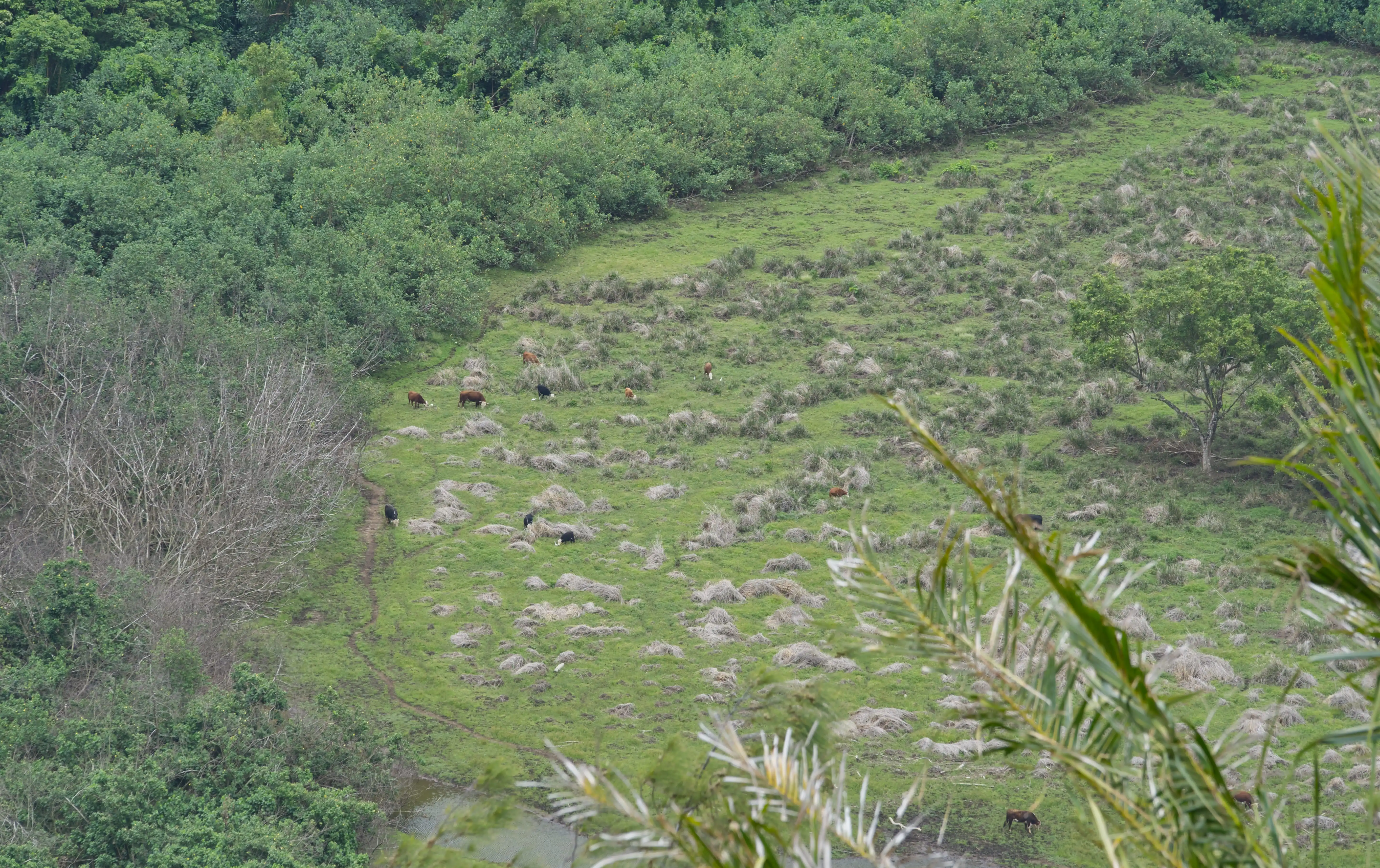

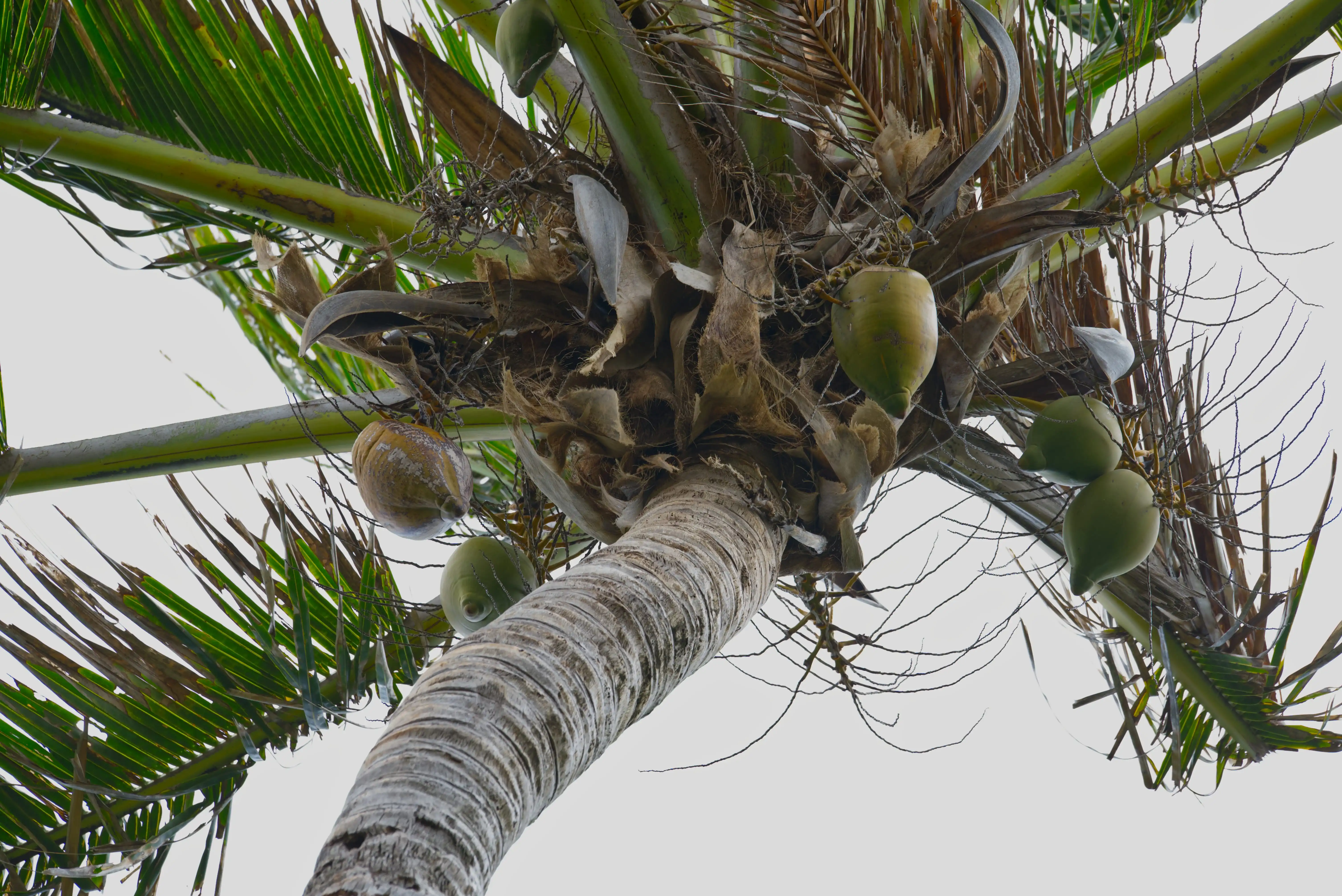
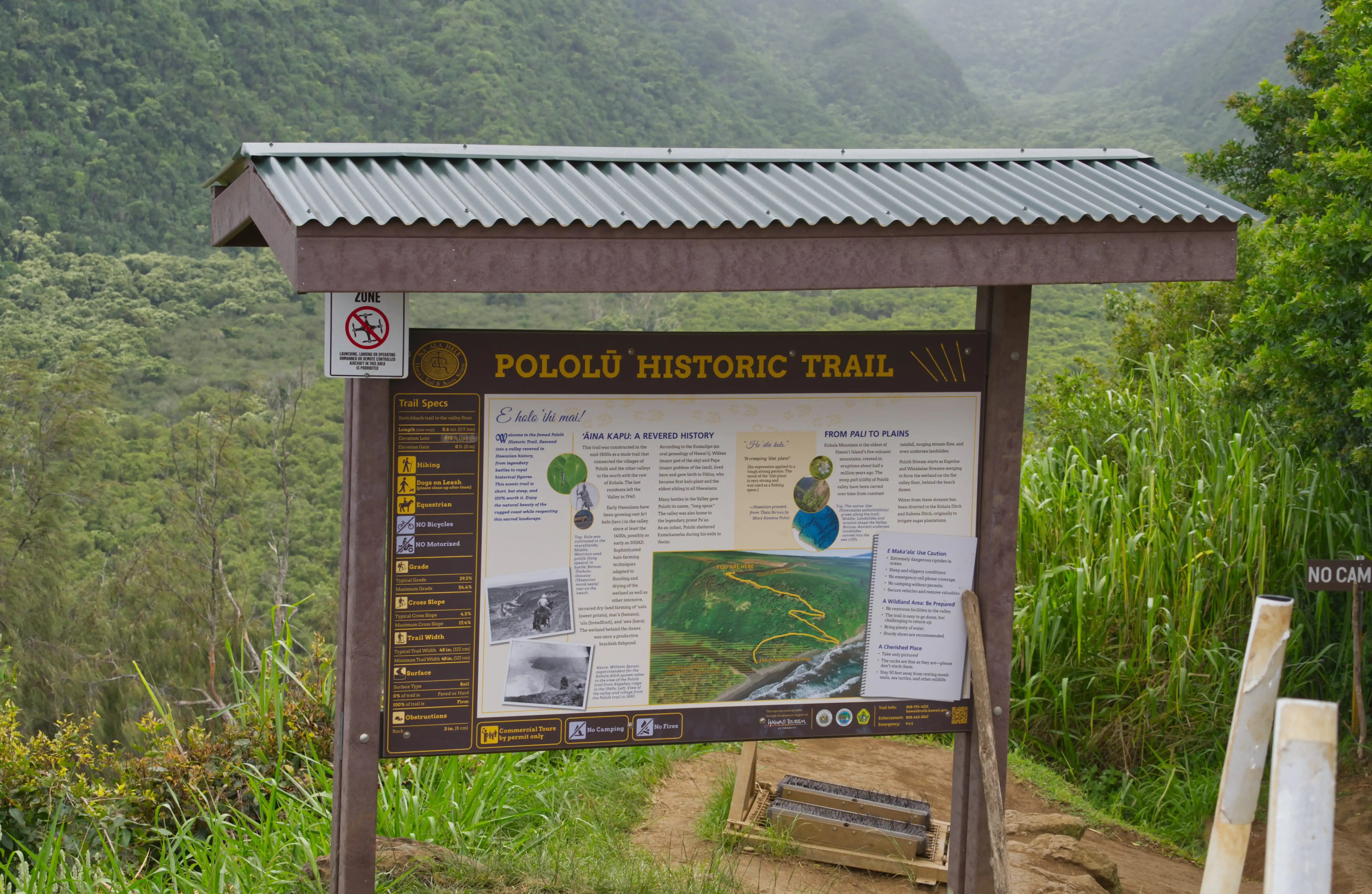
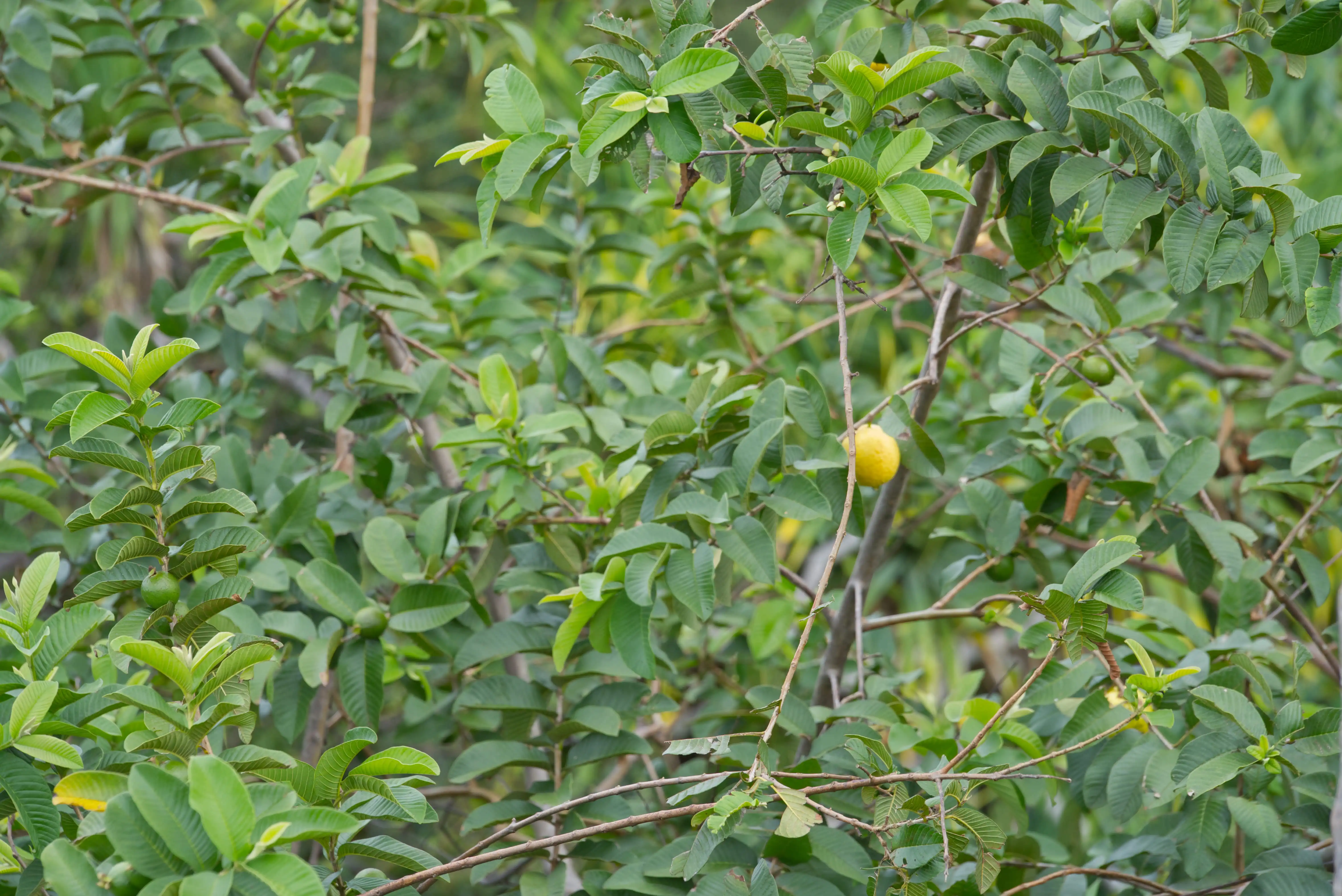
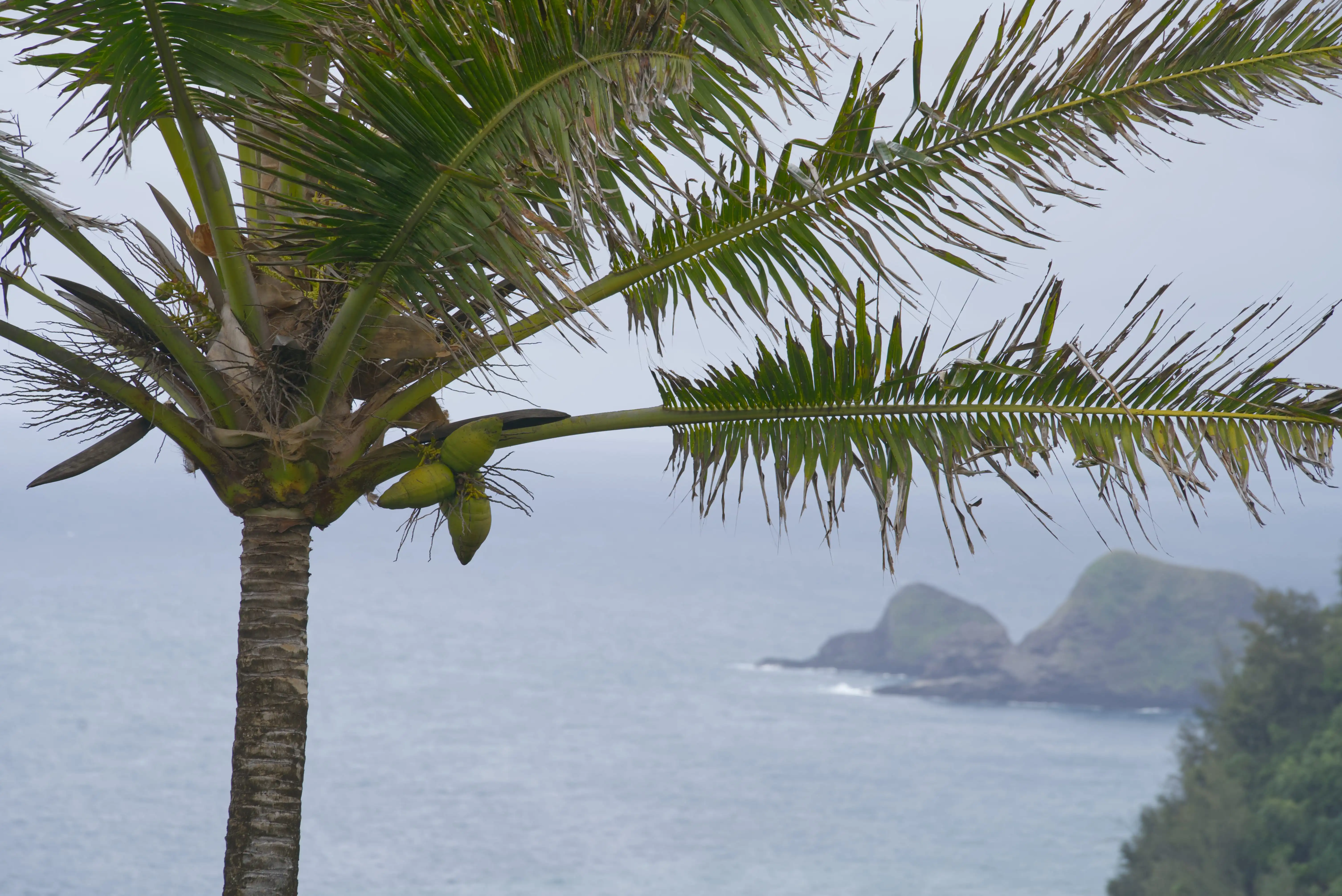
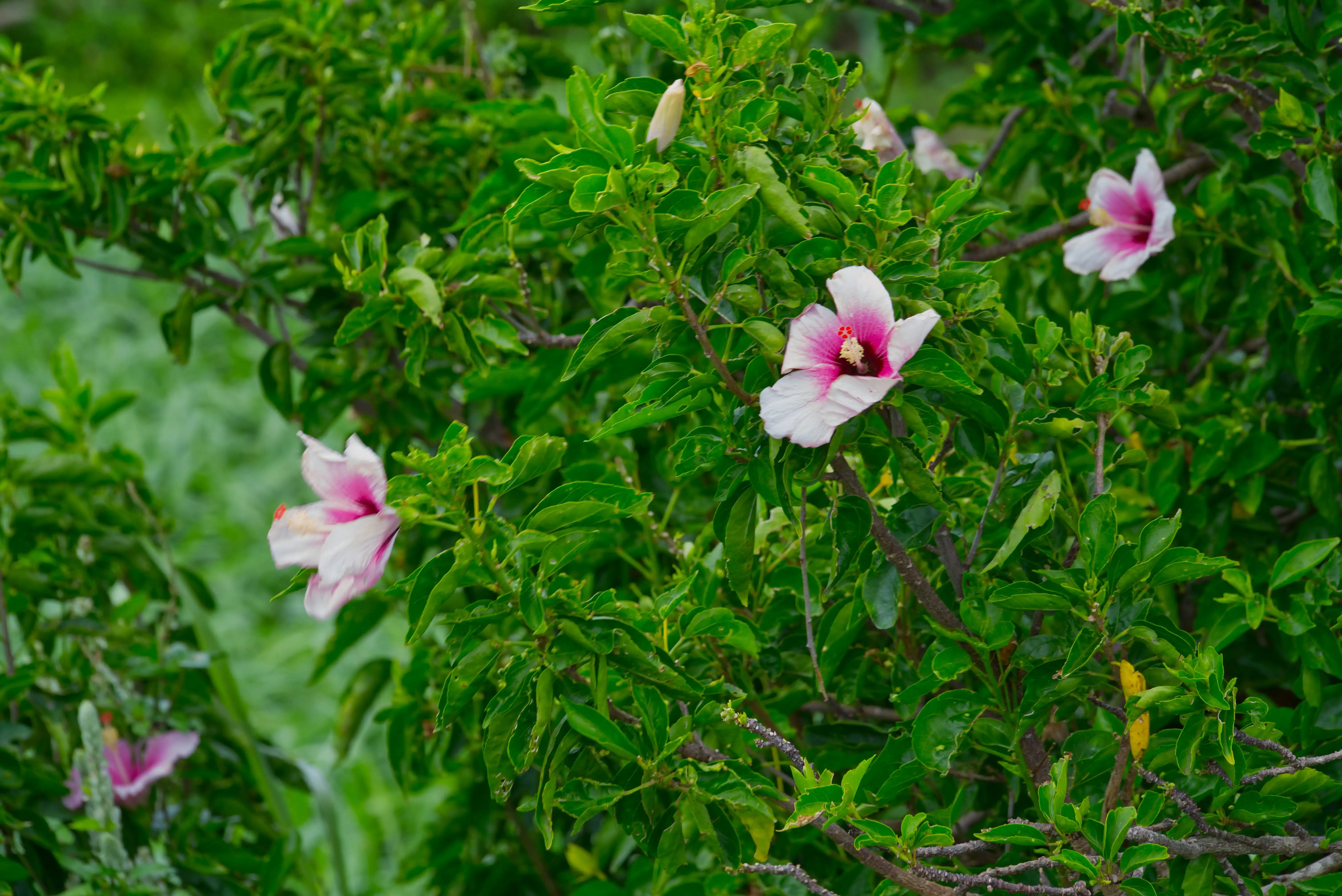
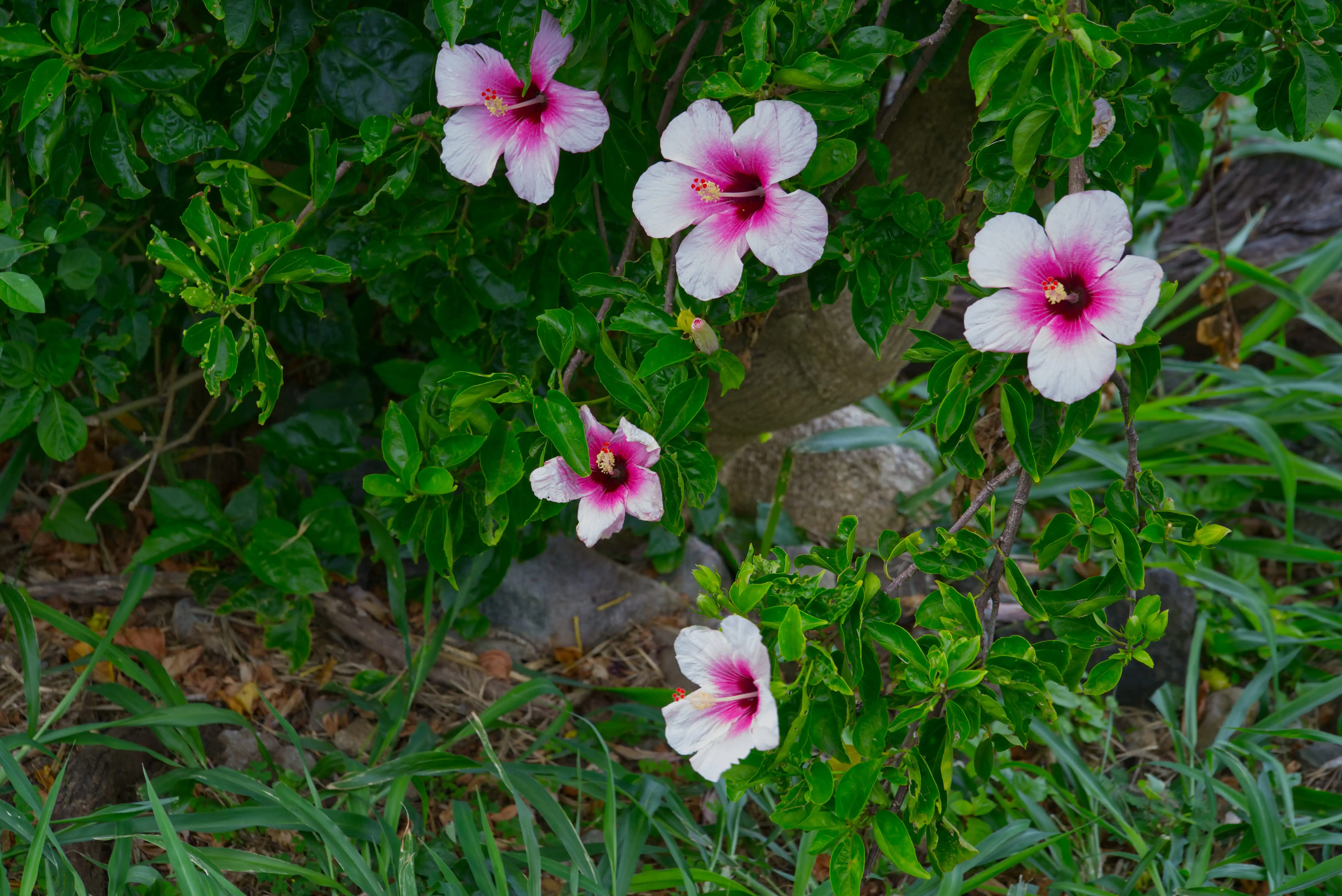
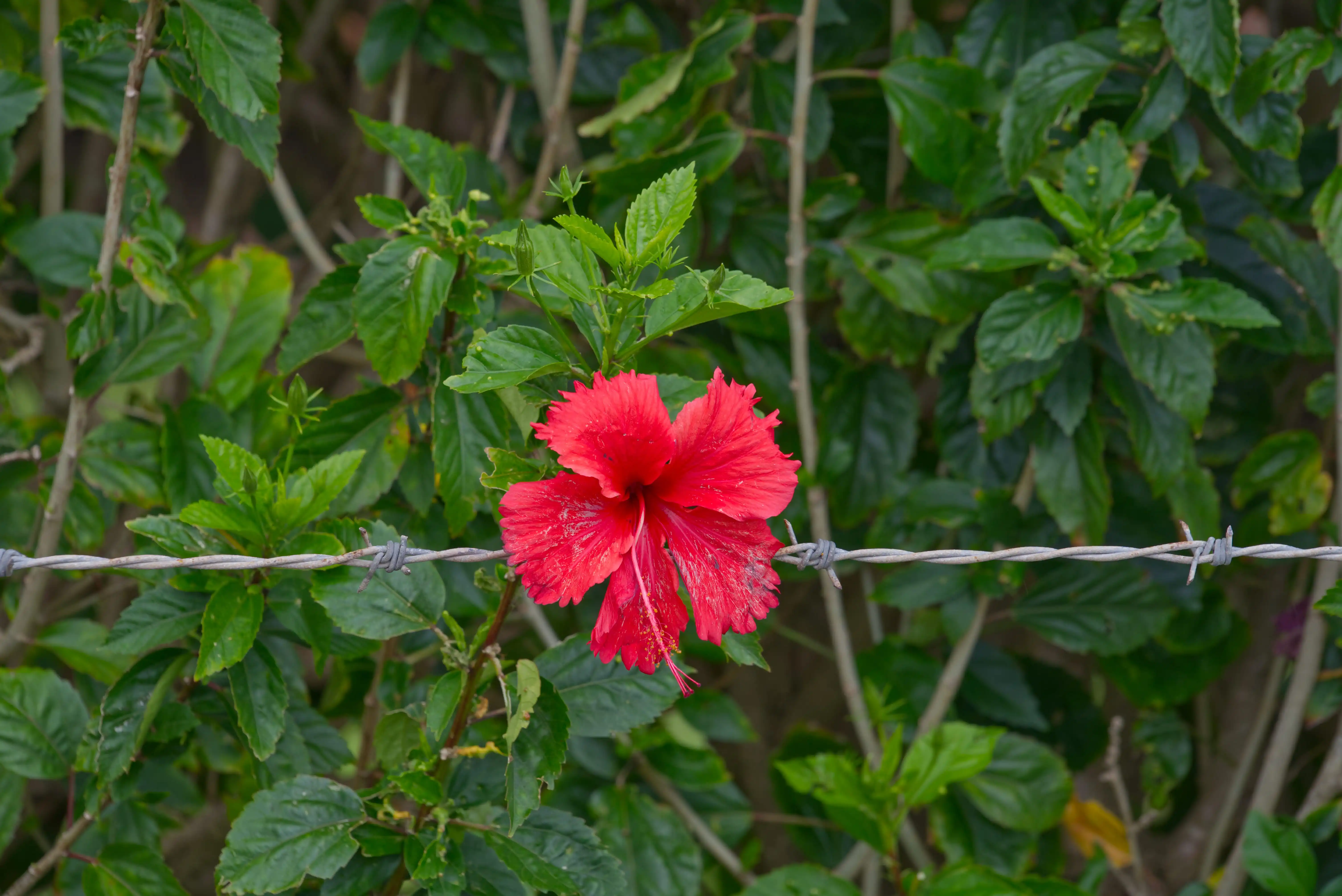
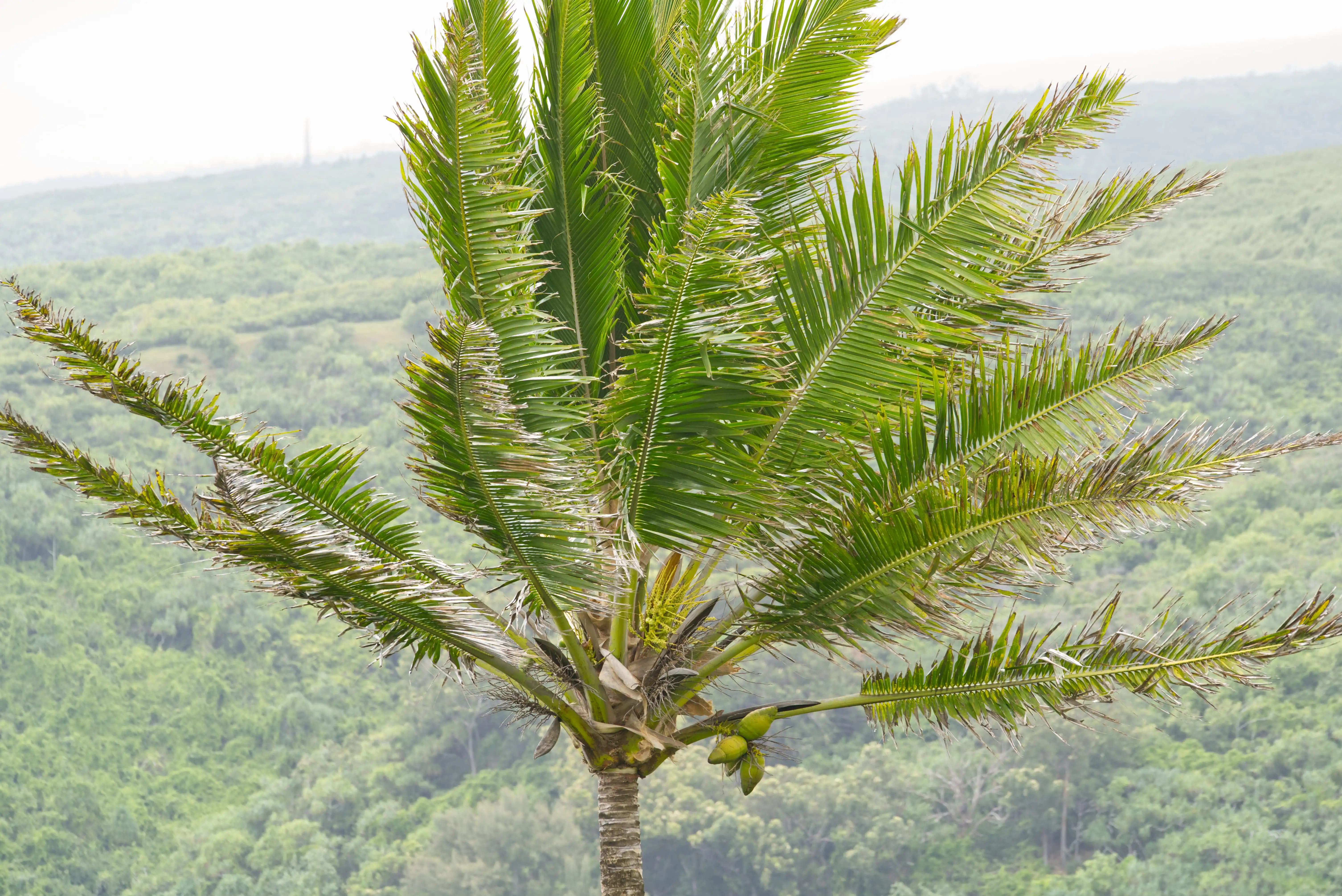
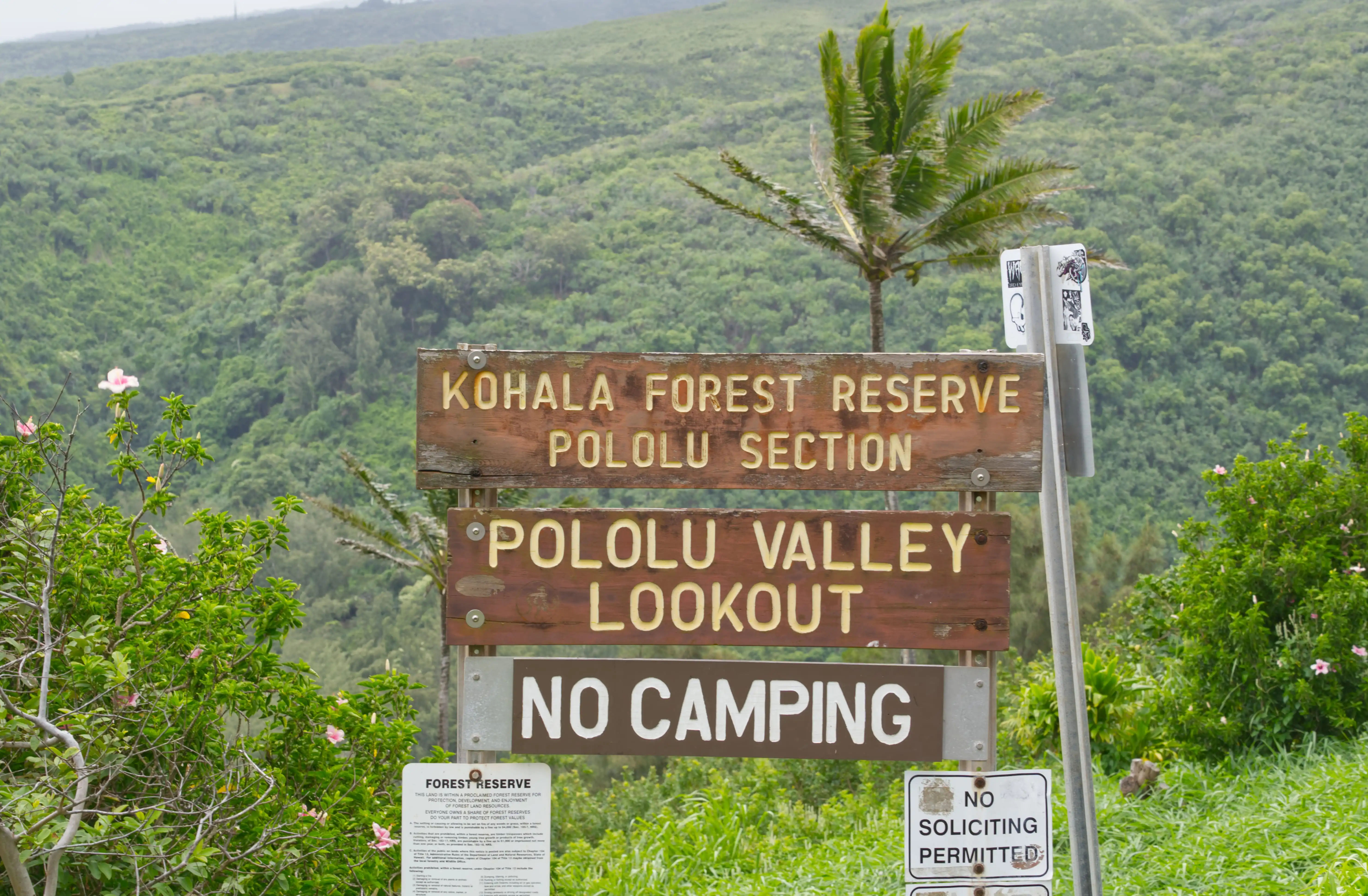

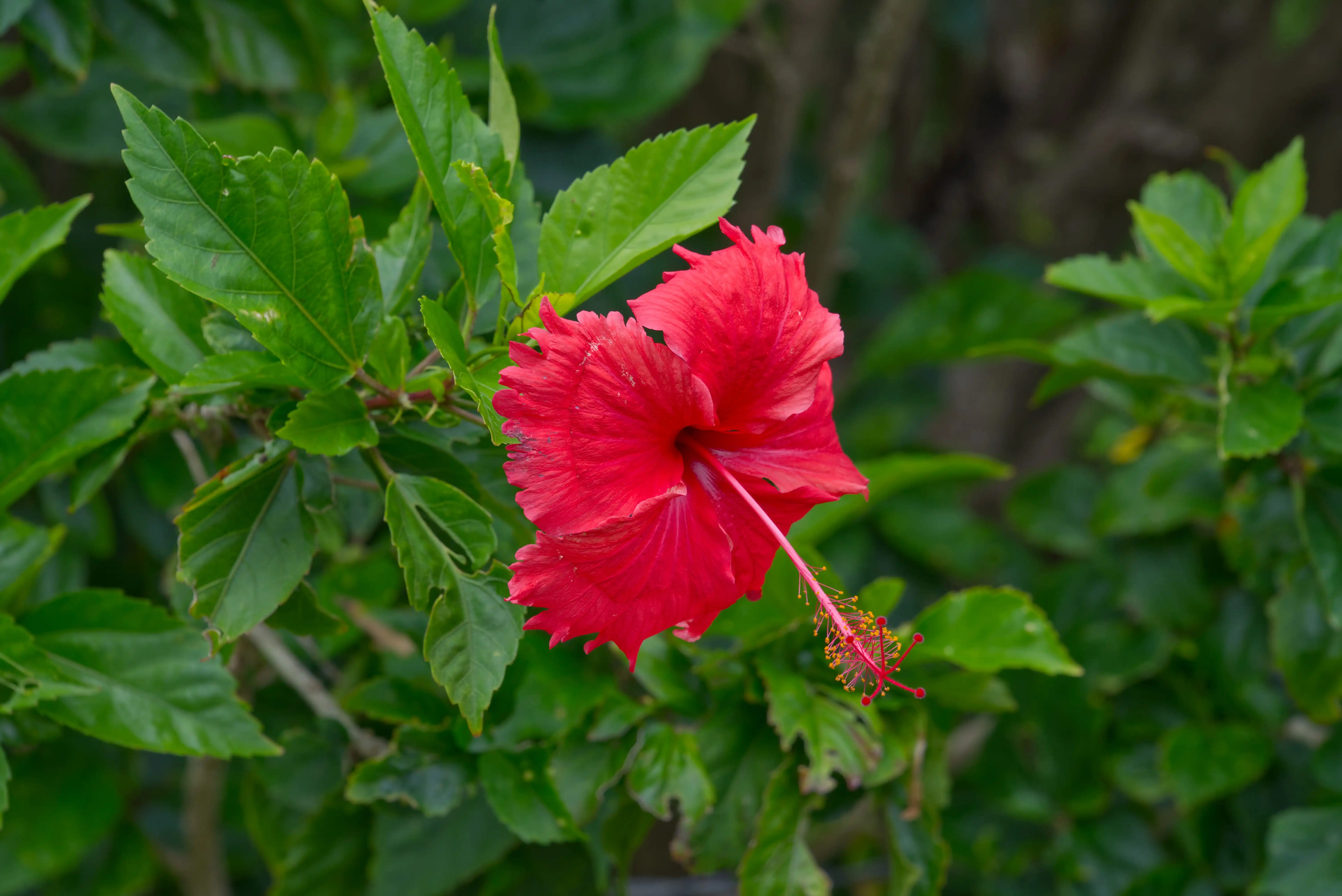
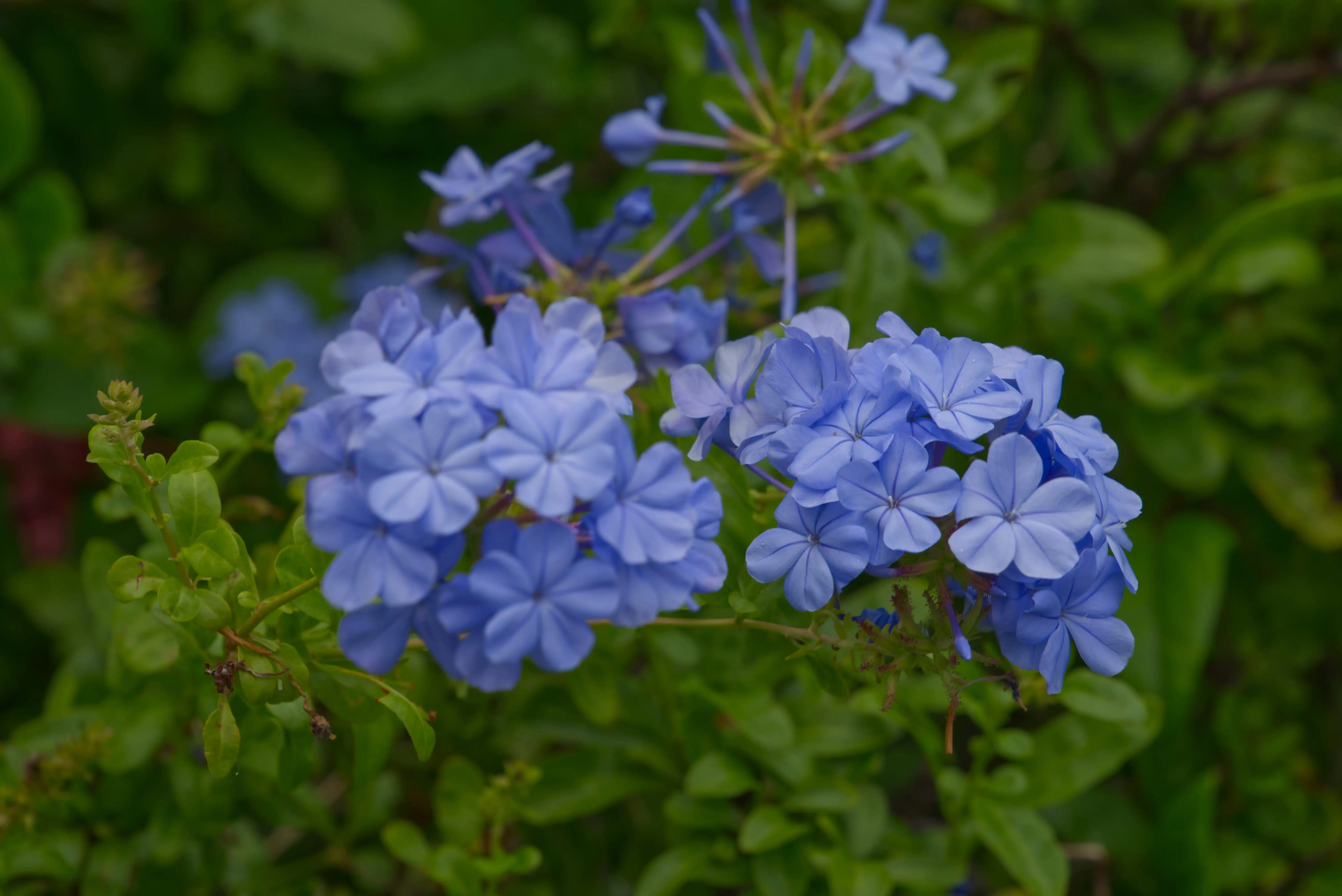
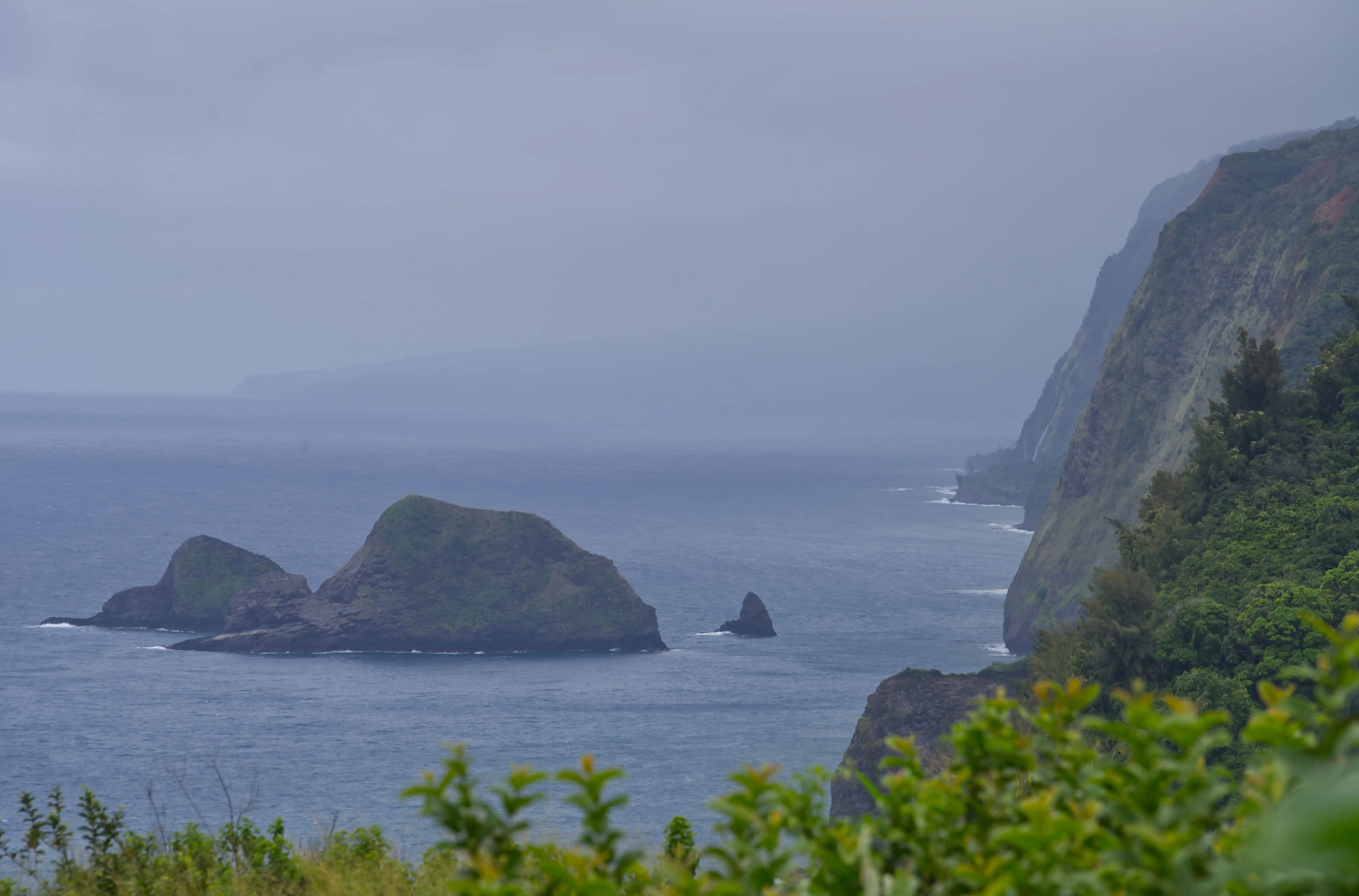
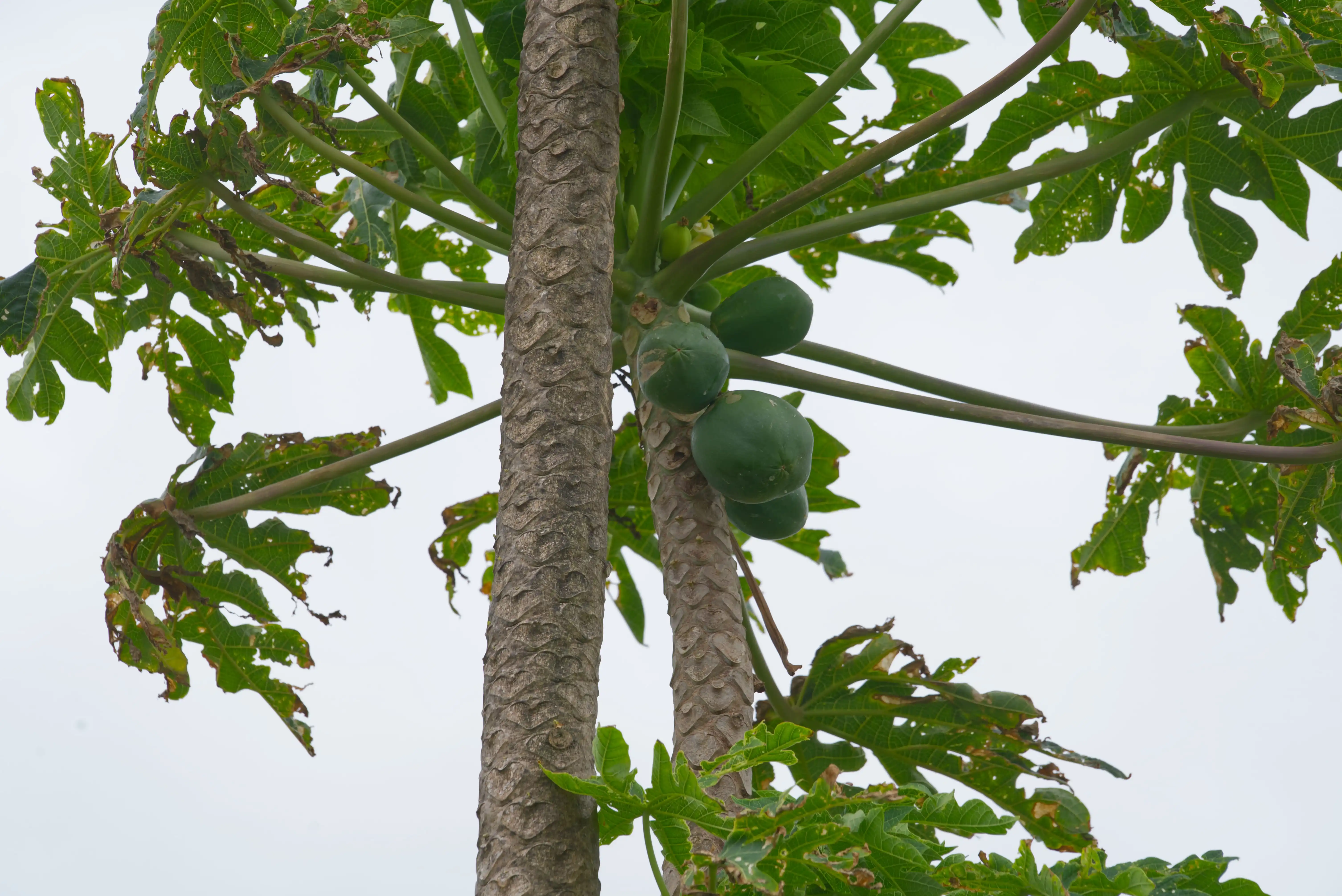
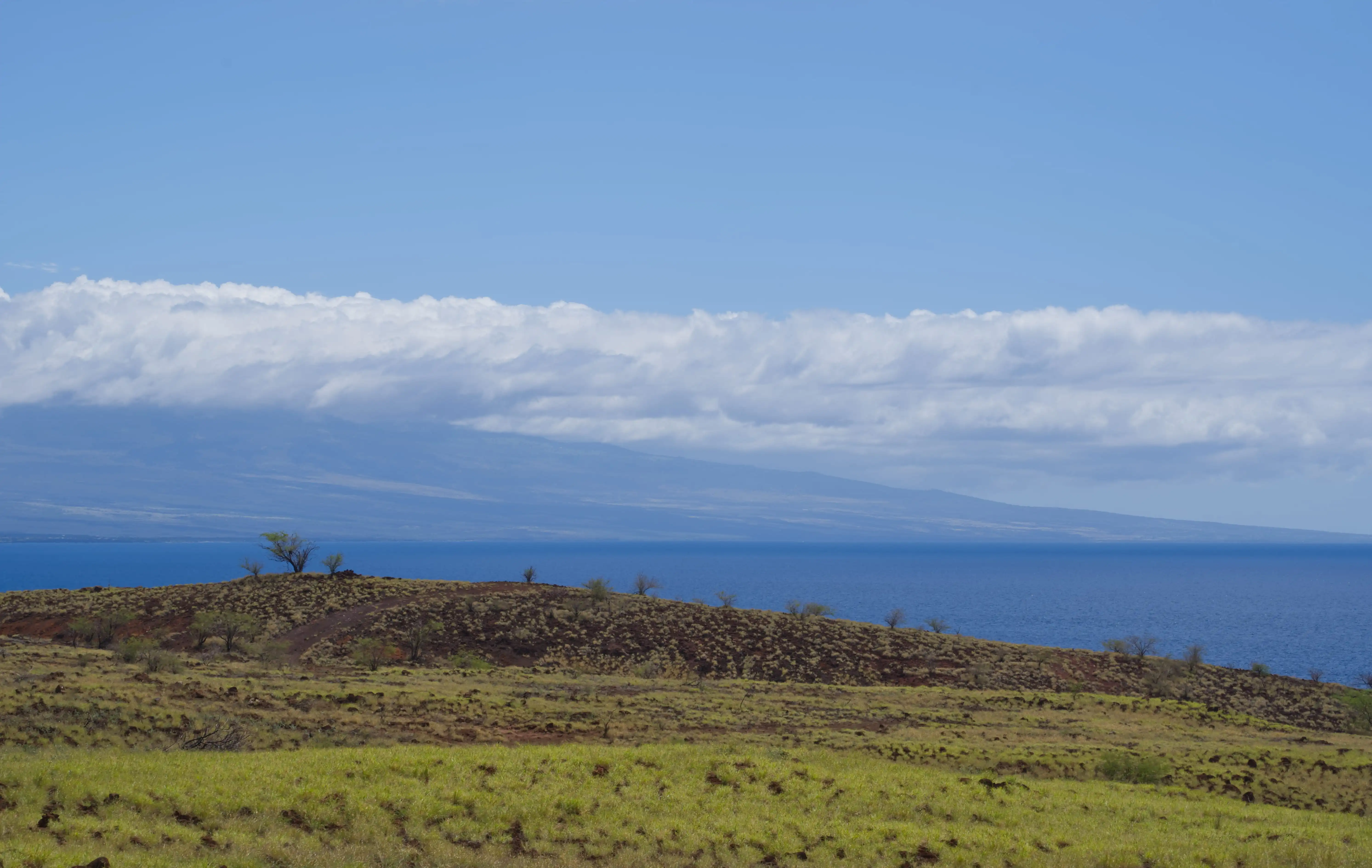
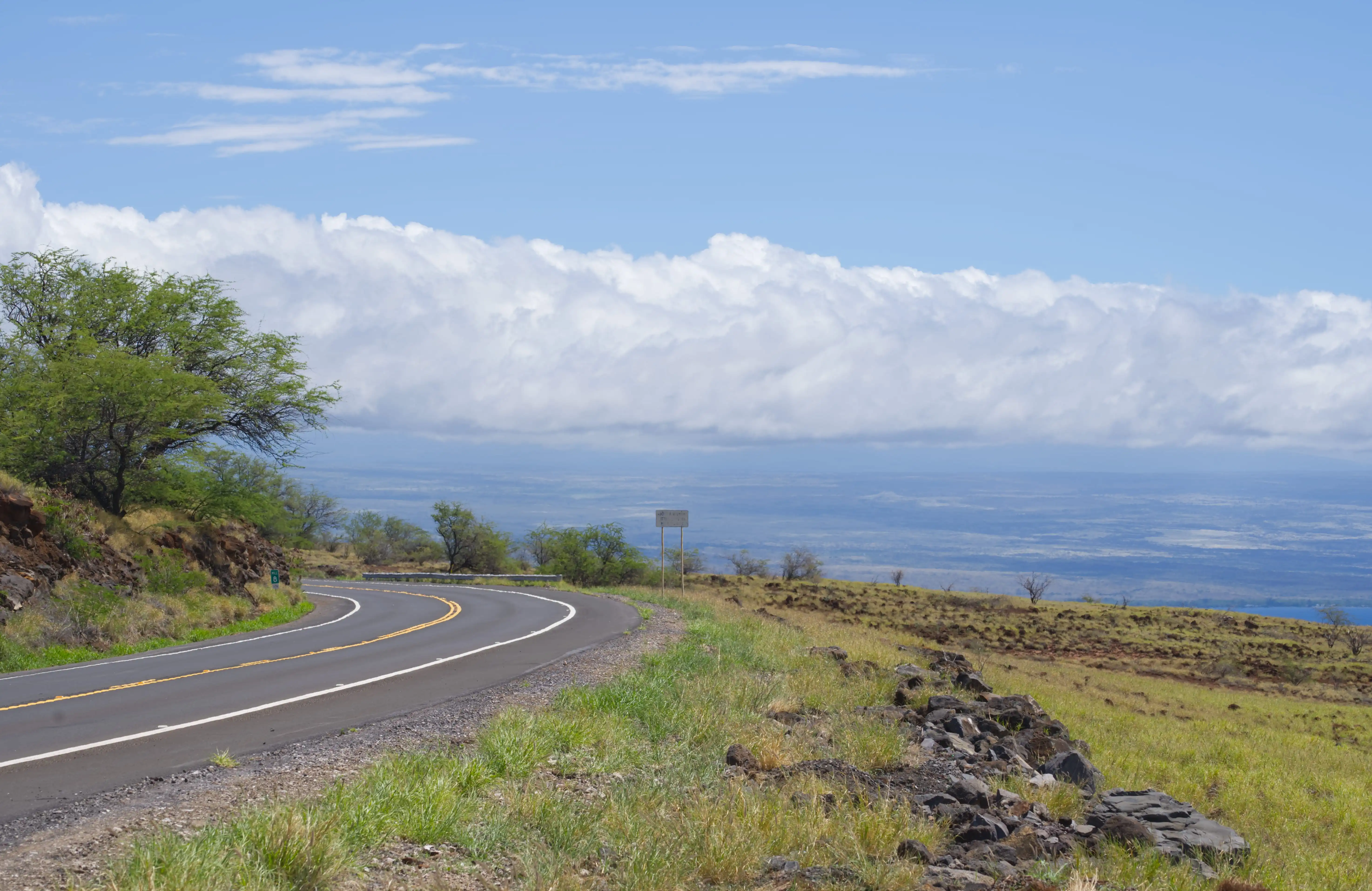


Pu’ukohola Heiau National Historic Site #
On the way back from our trip North, we stopped by the Pu’ukohola Heiau National Historic Site - a symbol Hawaiian unification and peace, established by King Kamehameha. There is a visitor center ran by the National Park Service where you can stop by and learn the history of this sacred place.
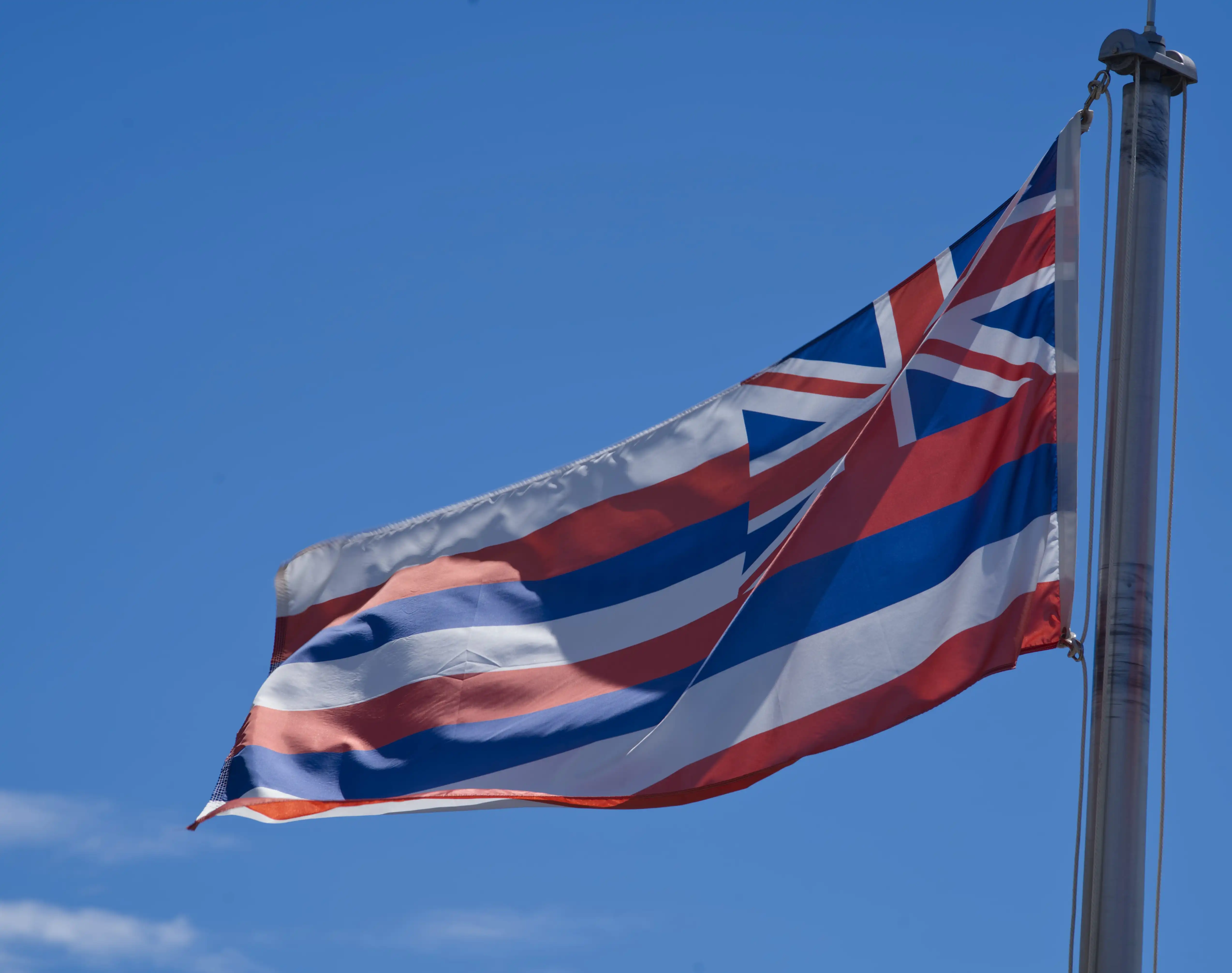
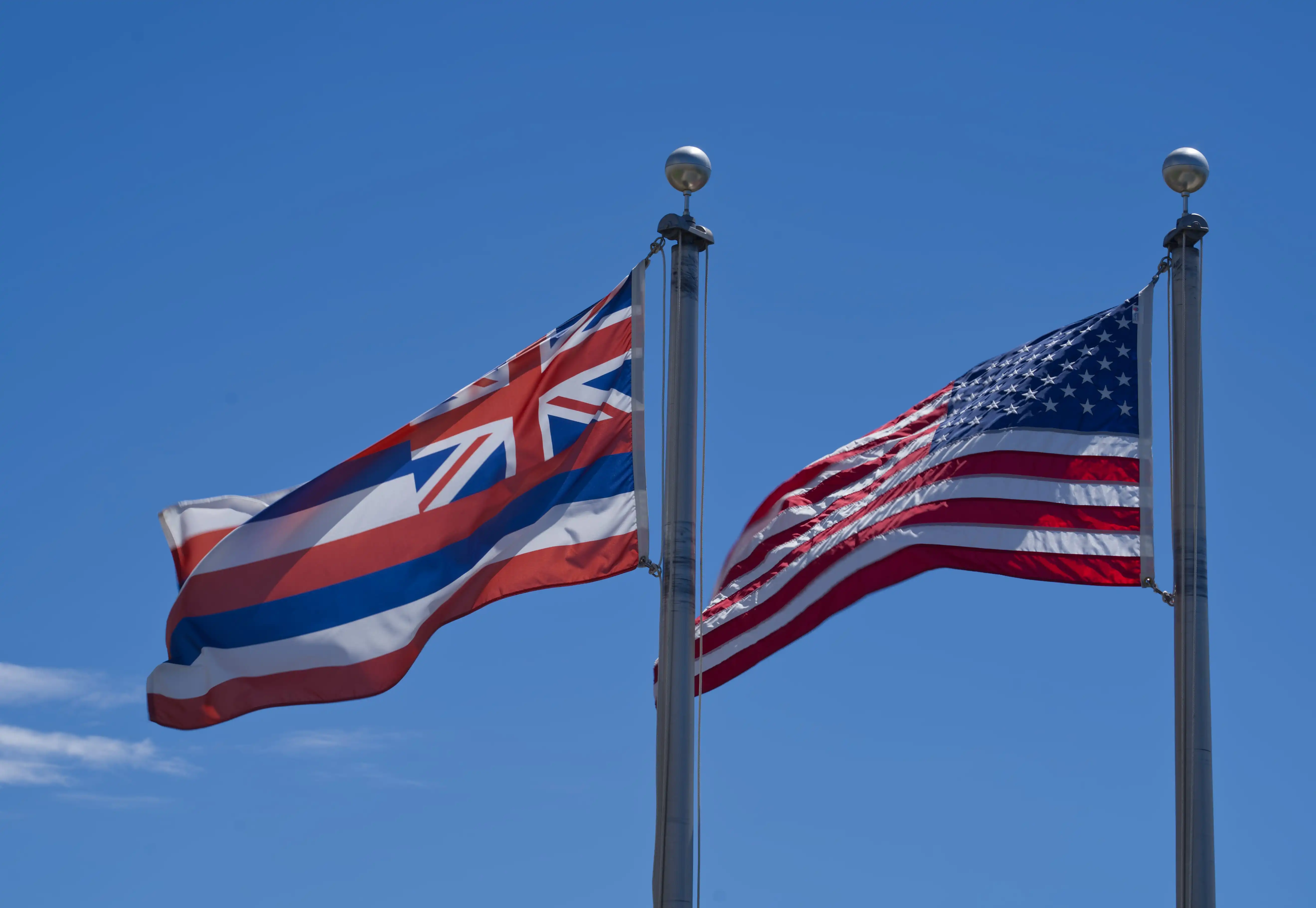

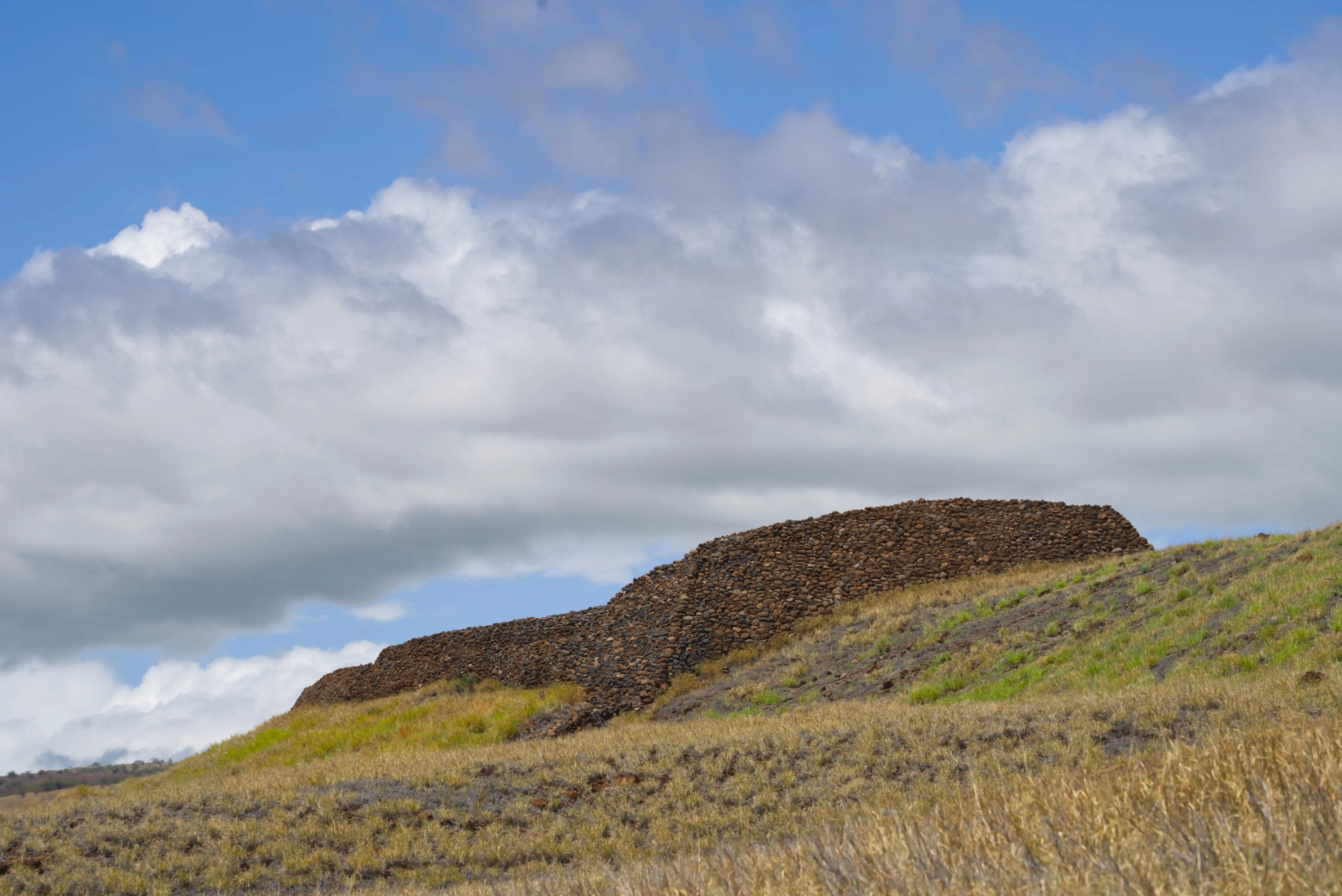

Kalahuipua’a Fishponds #
That same day, we also made a stop-over at the Kalahuipua’a Fishponds to see some of the local aquatic wildlife, along with the beach at sunset.
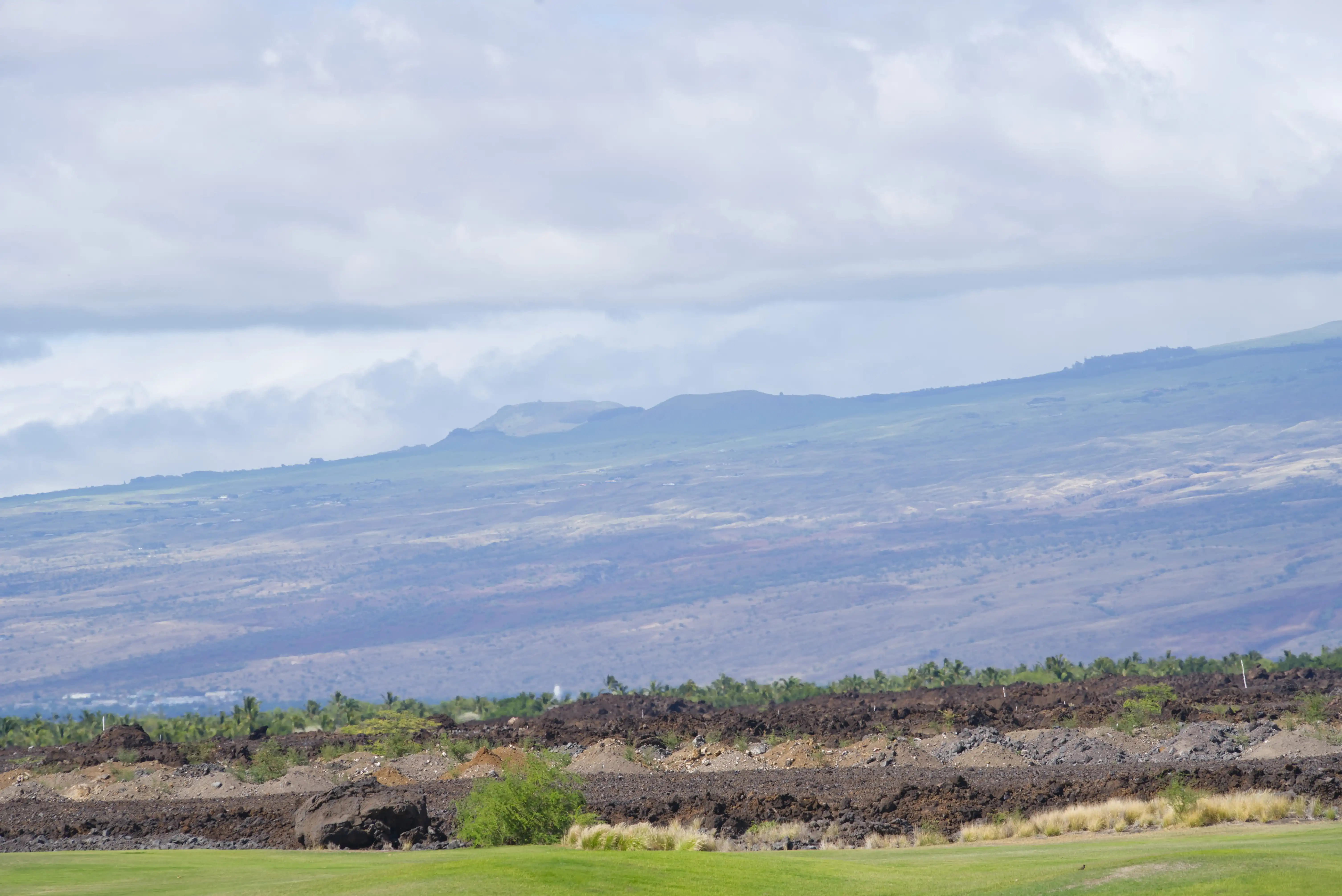
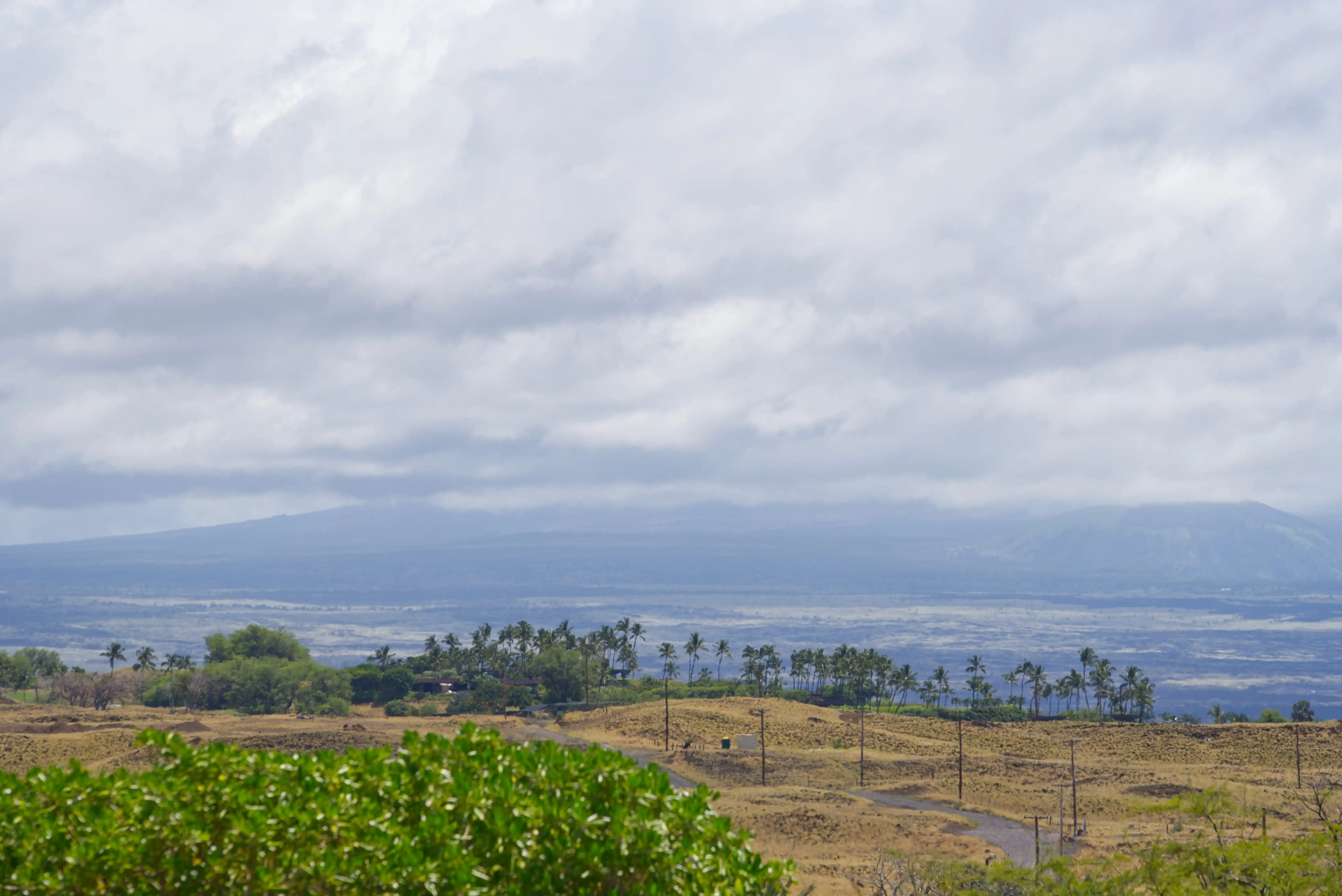


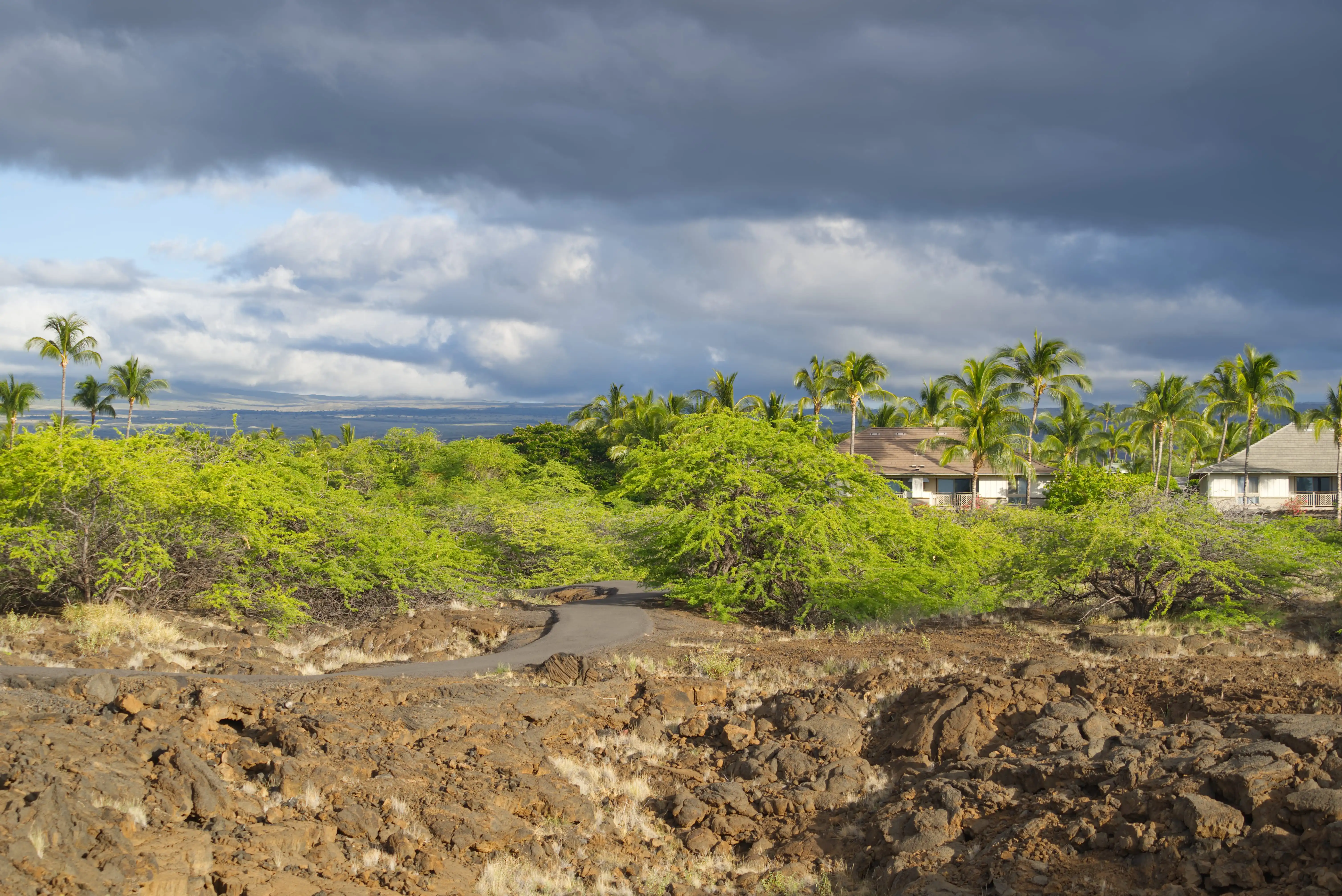

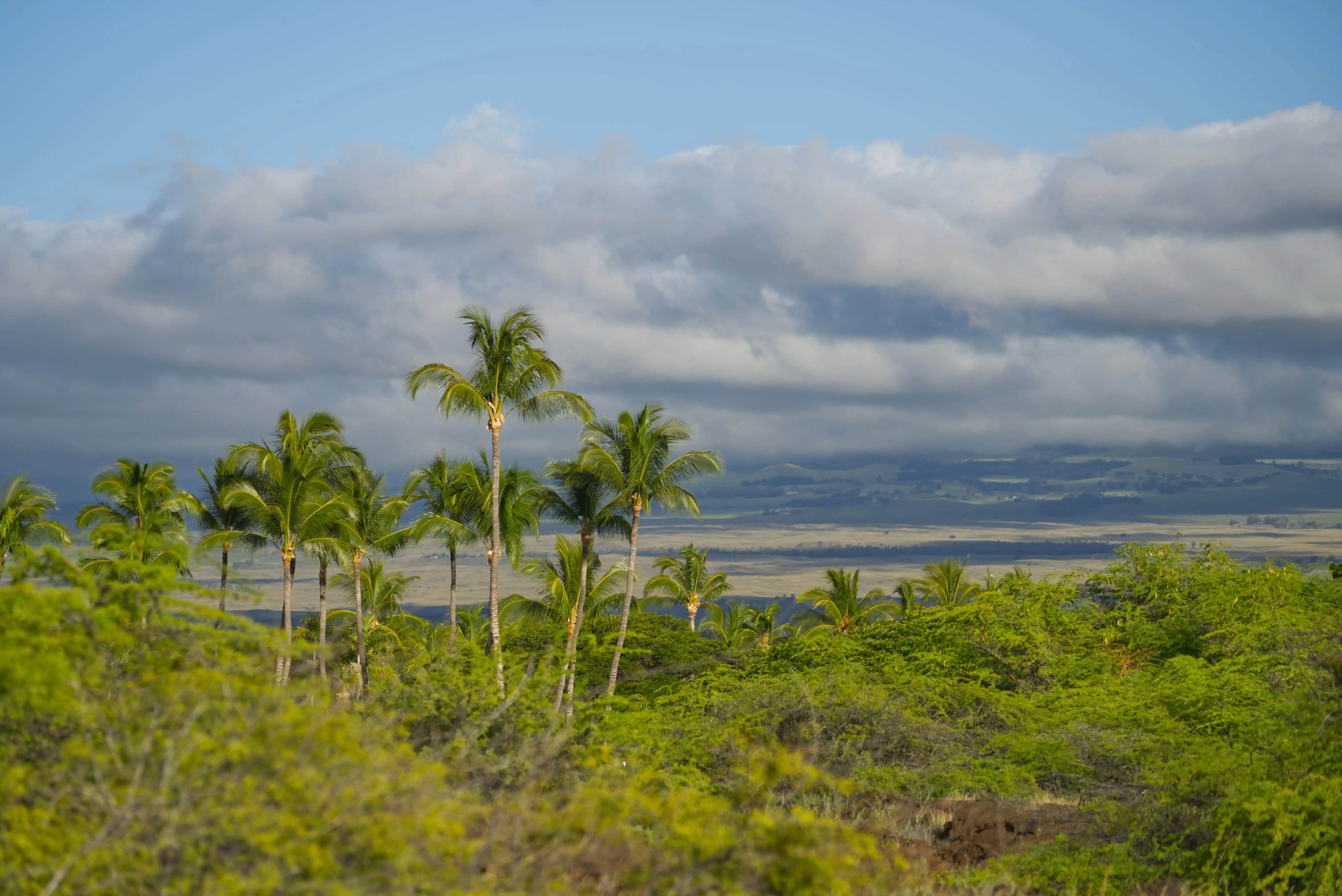
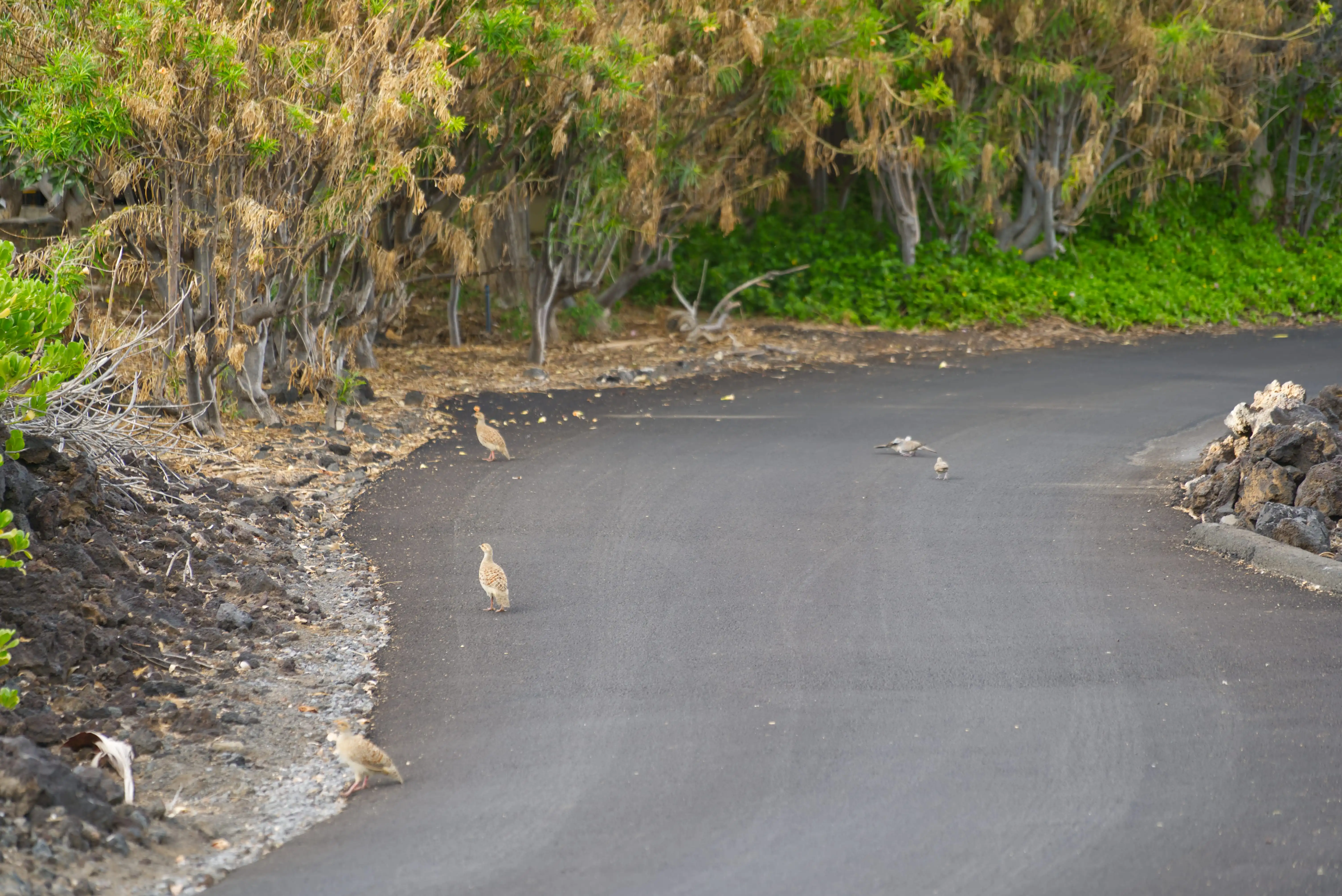

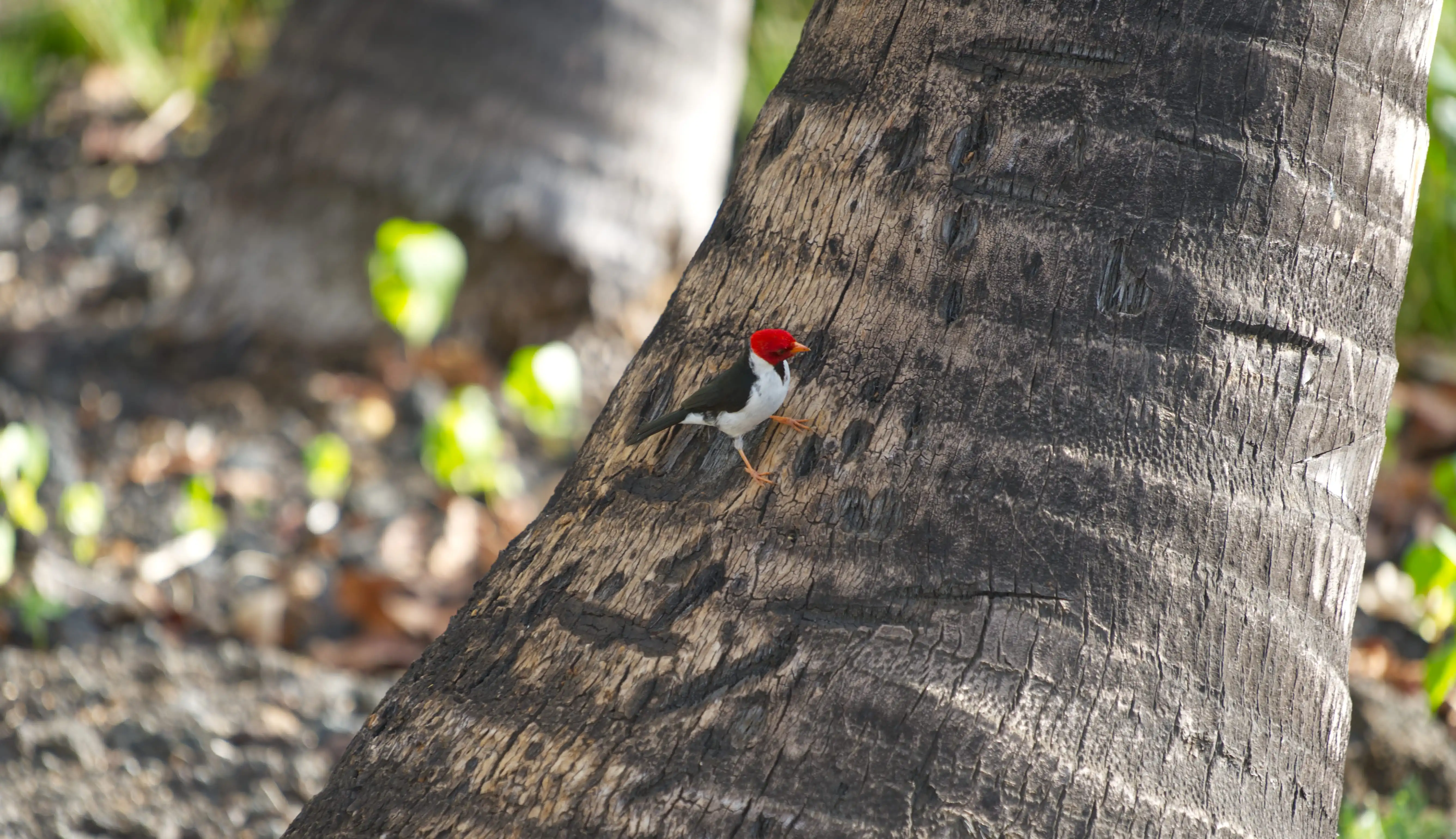
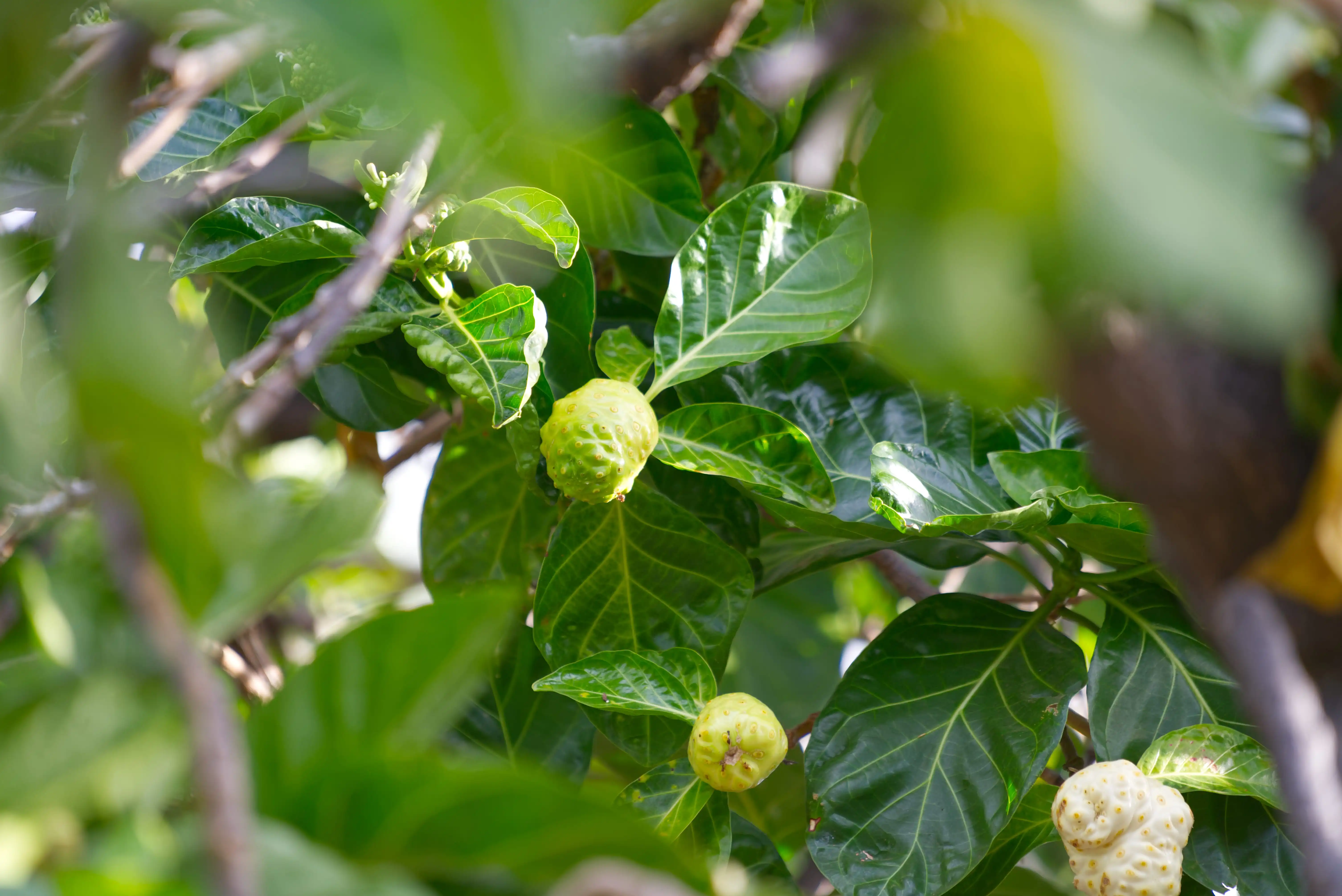
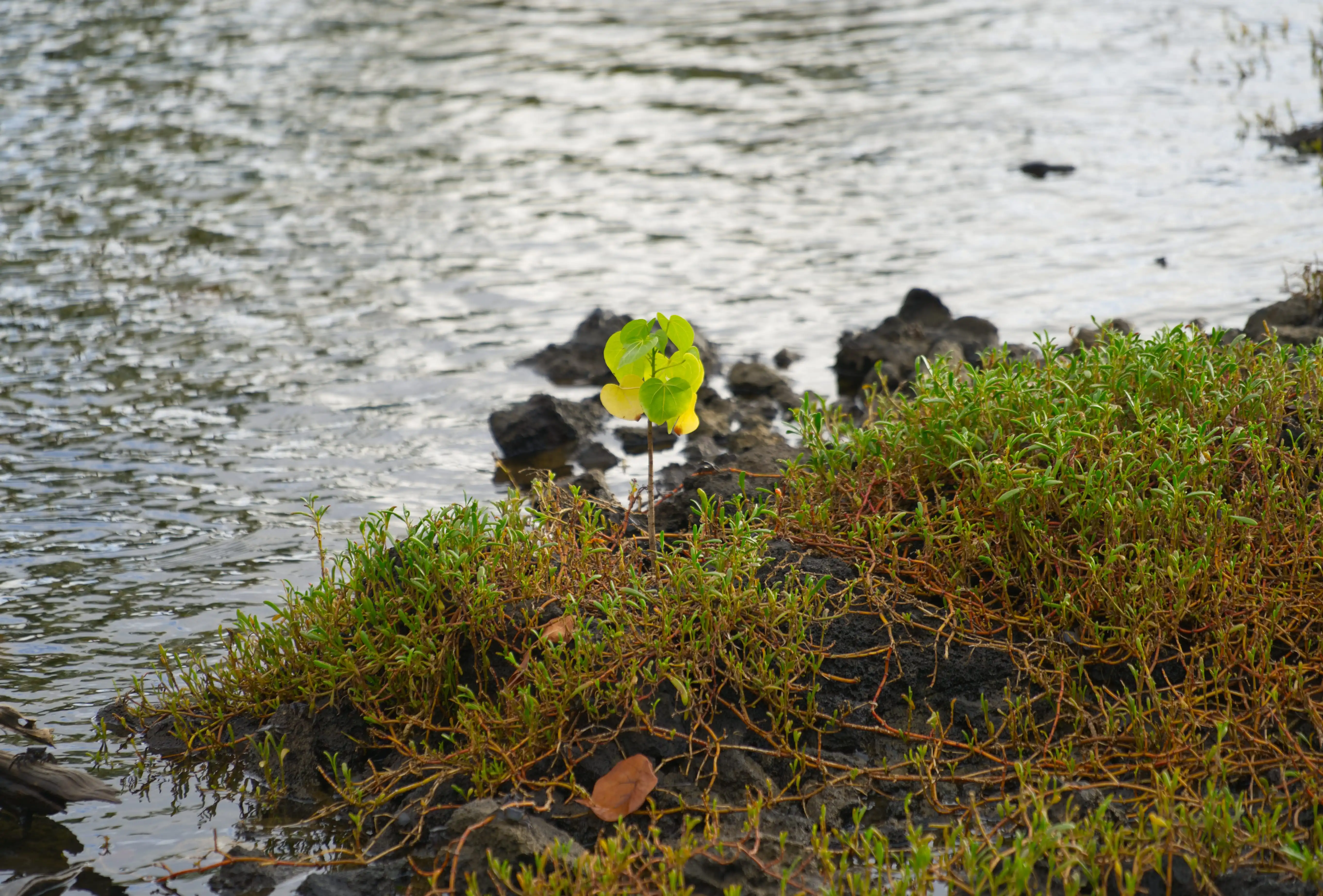
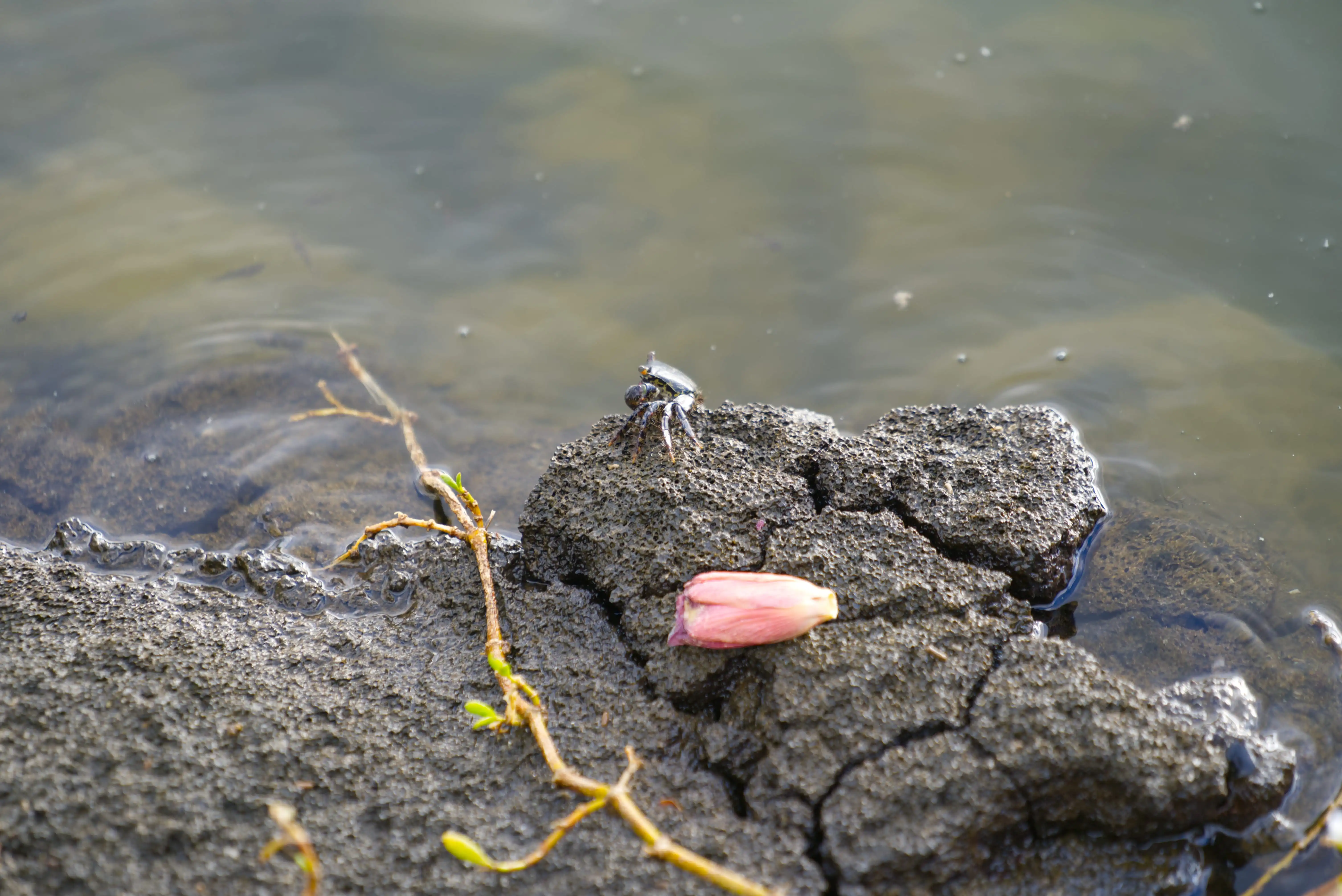

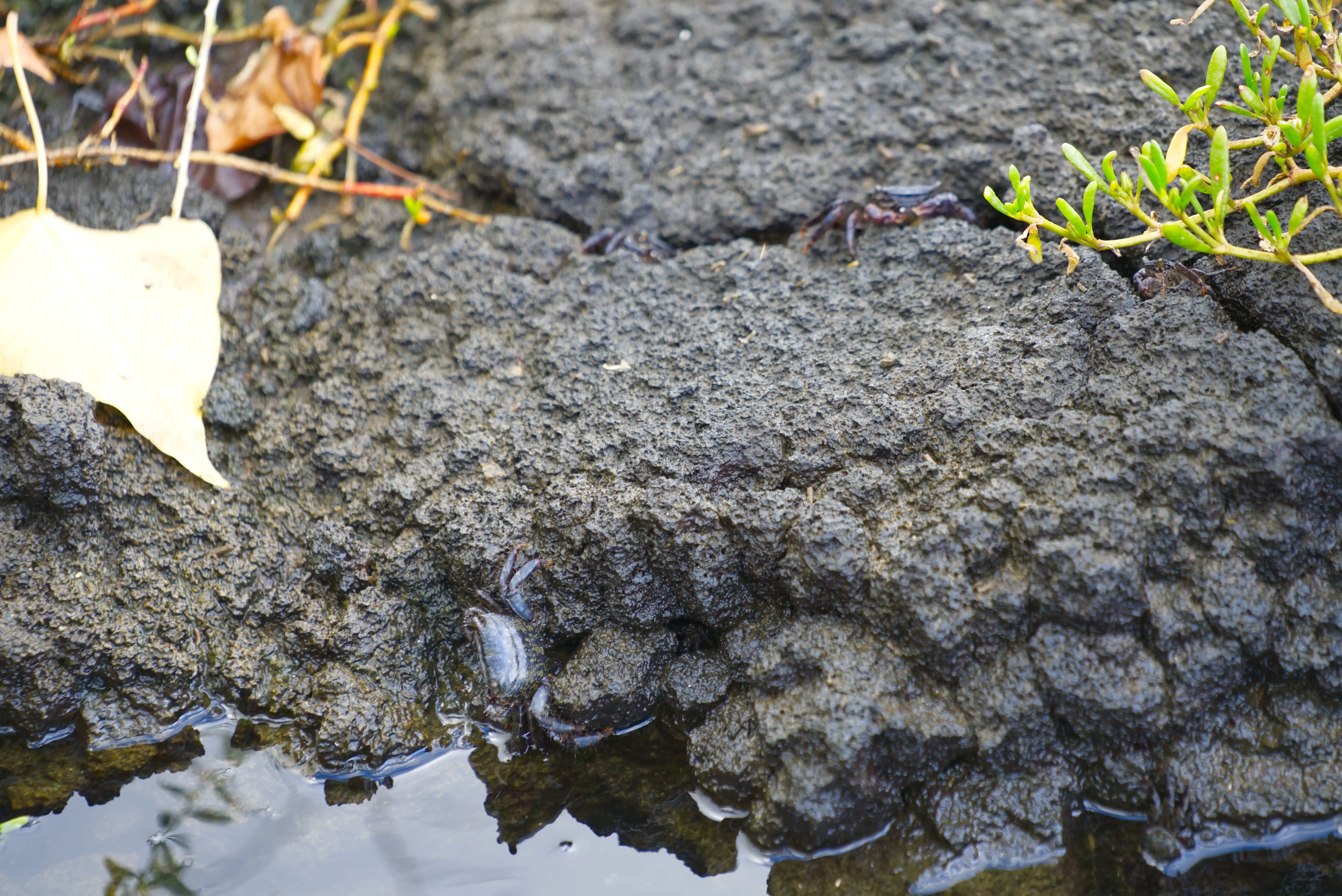
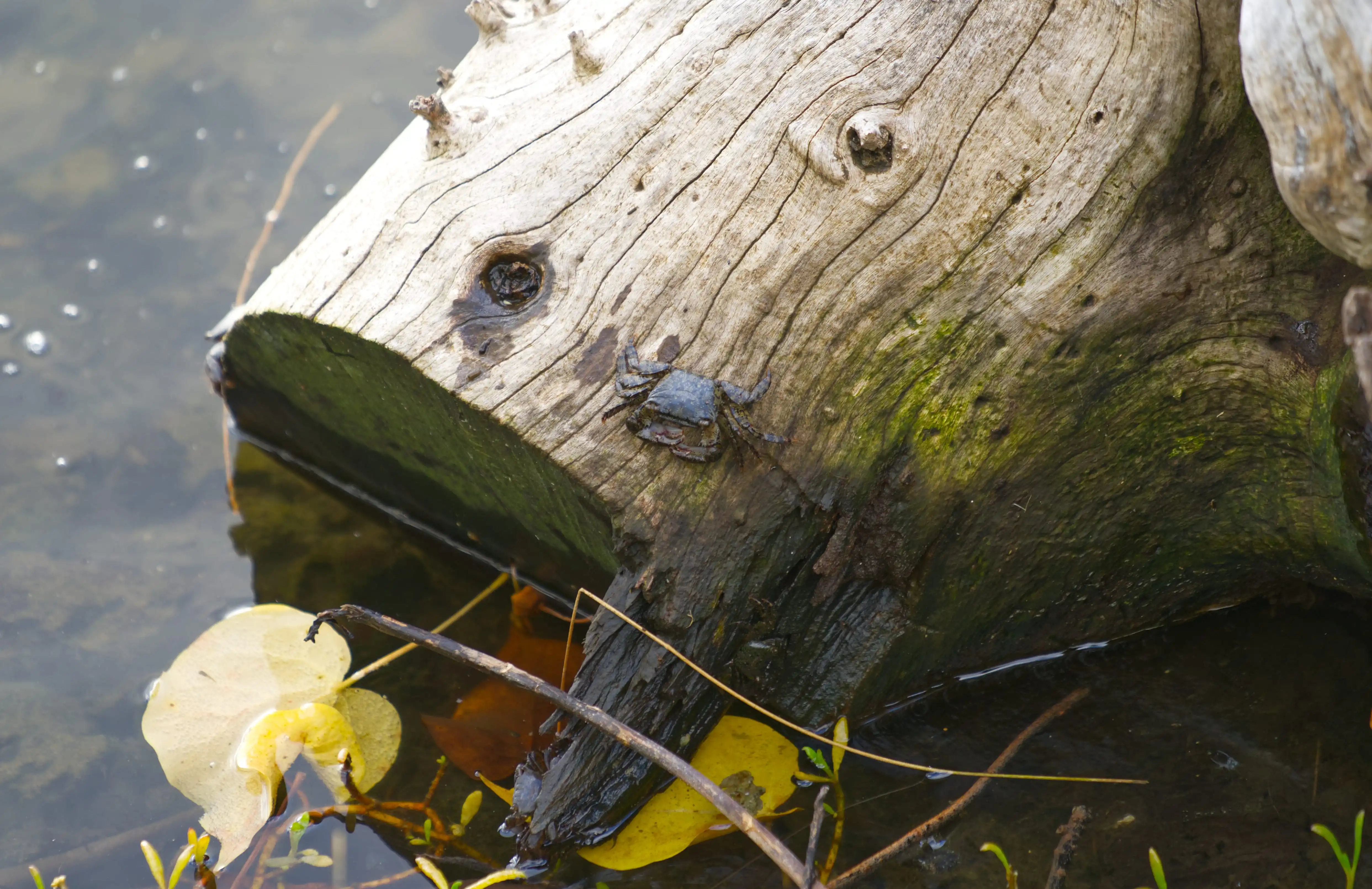
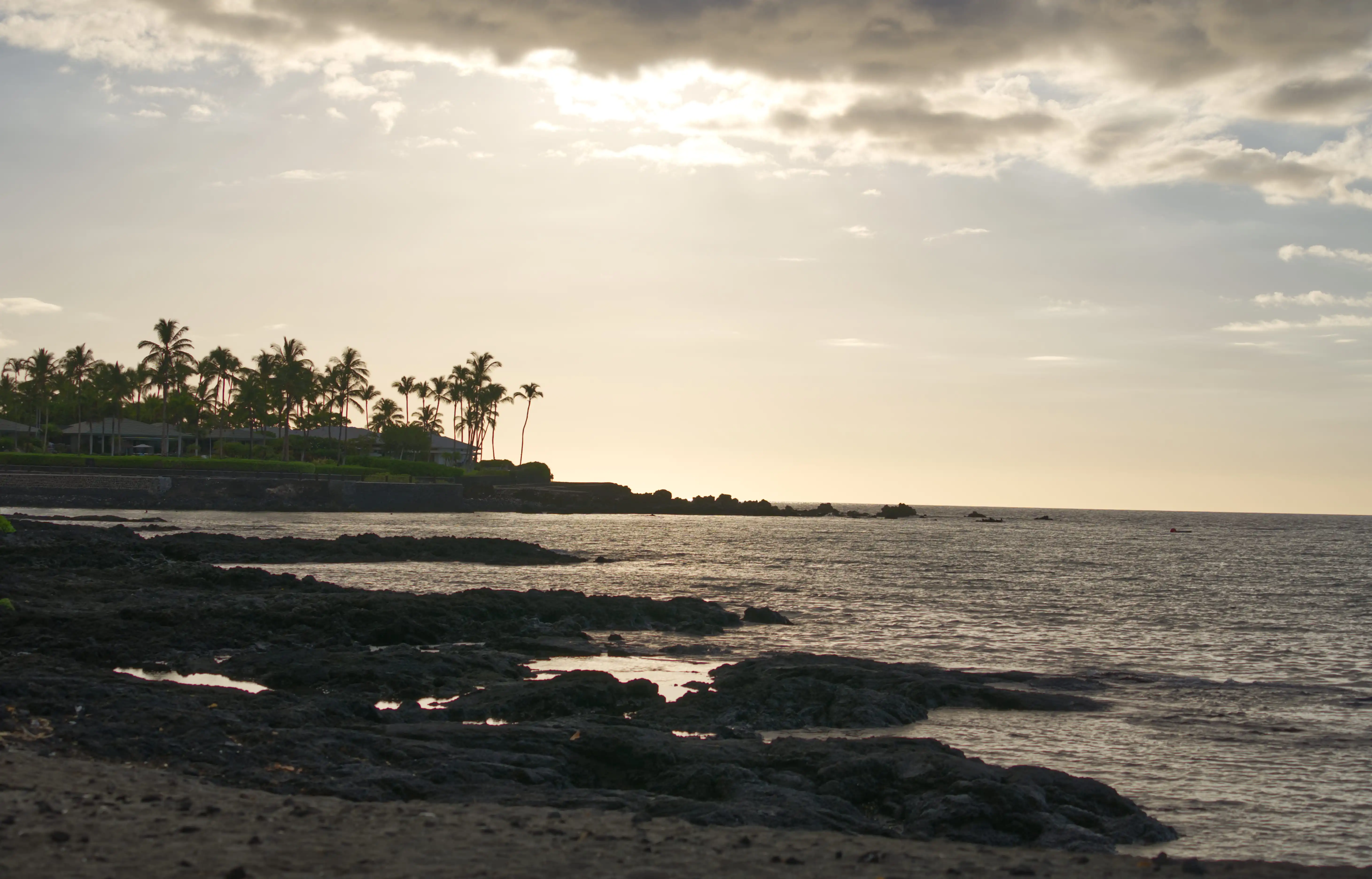


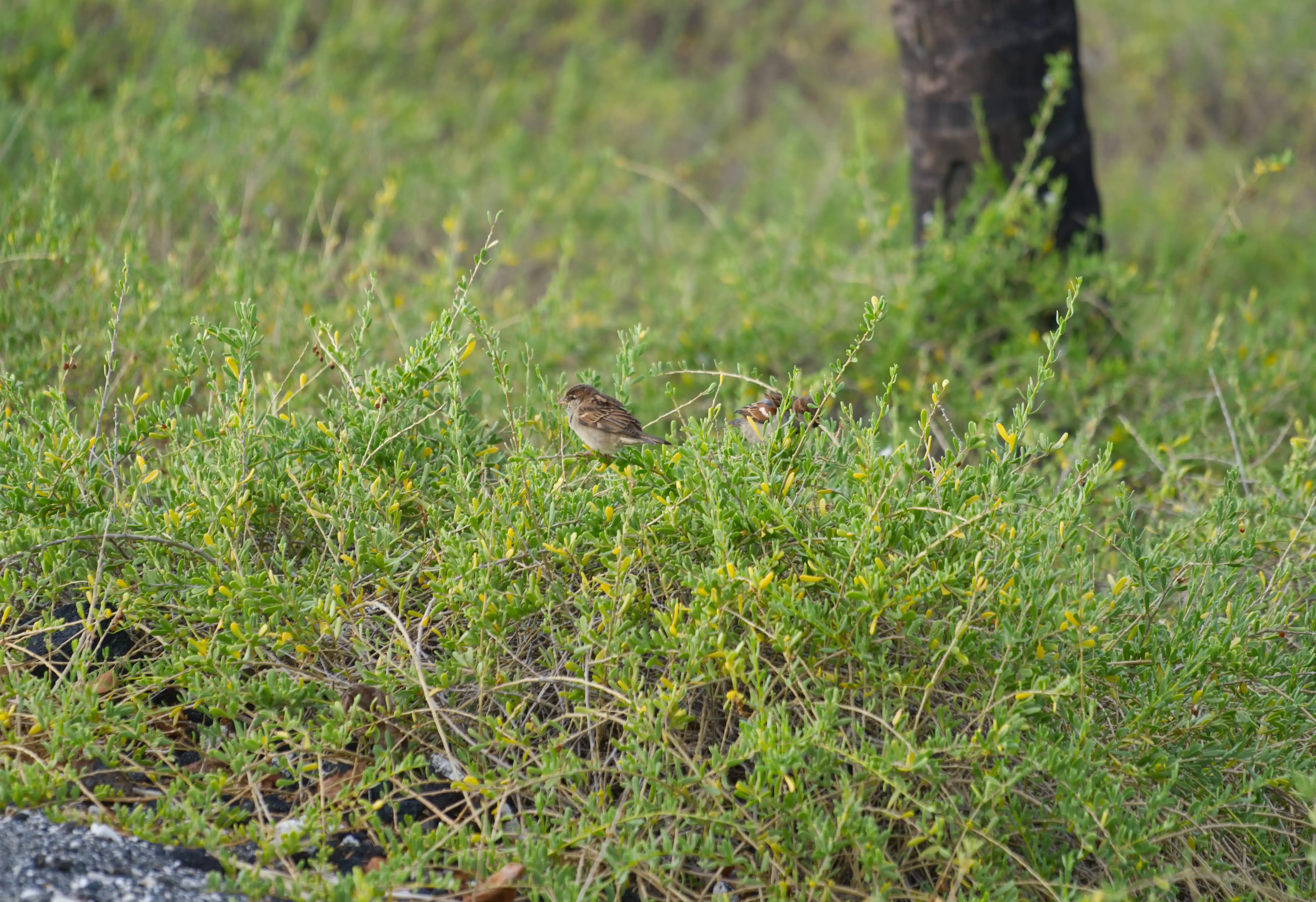
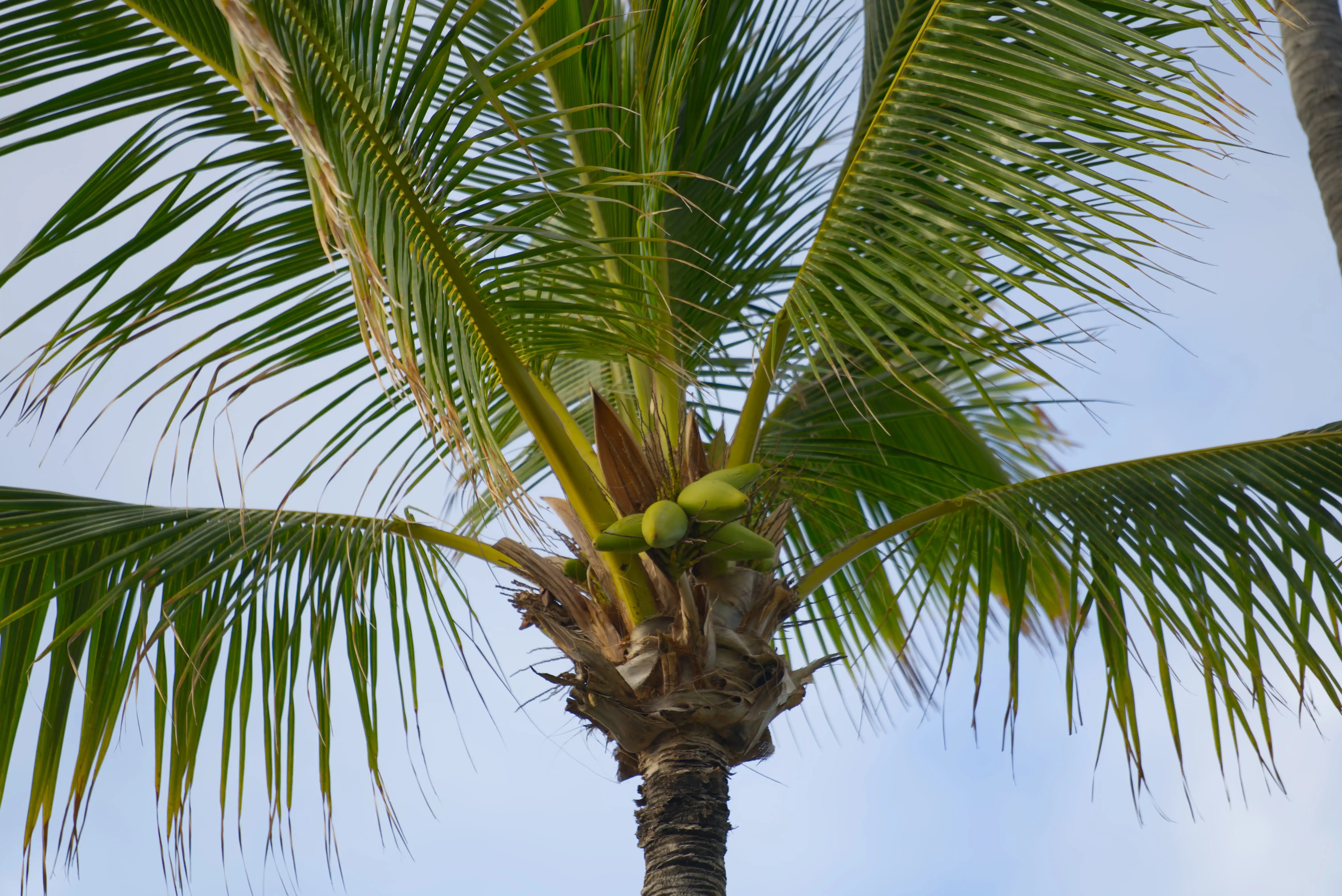
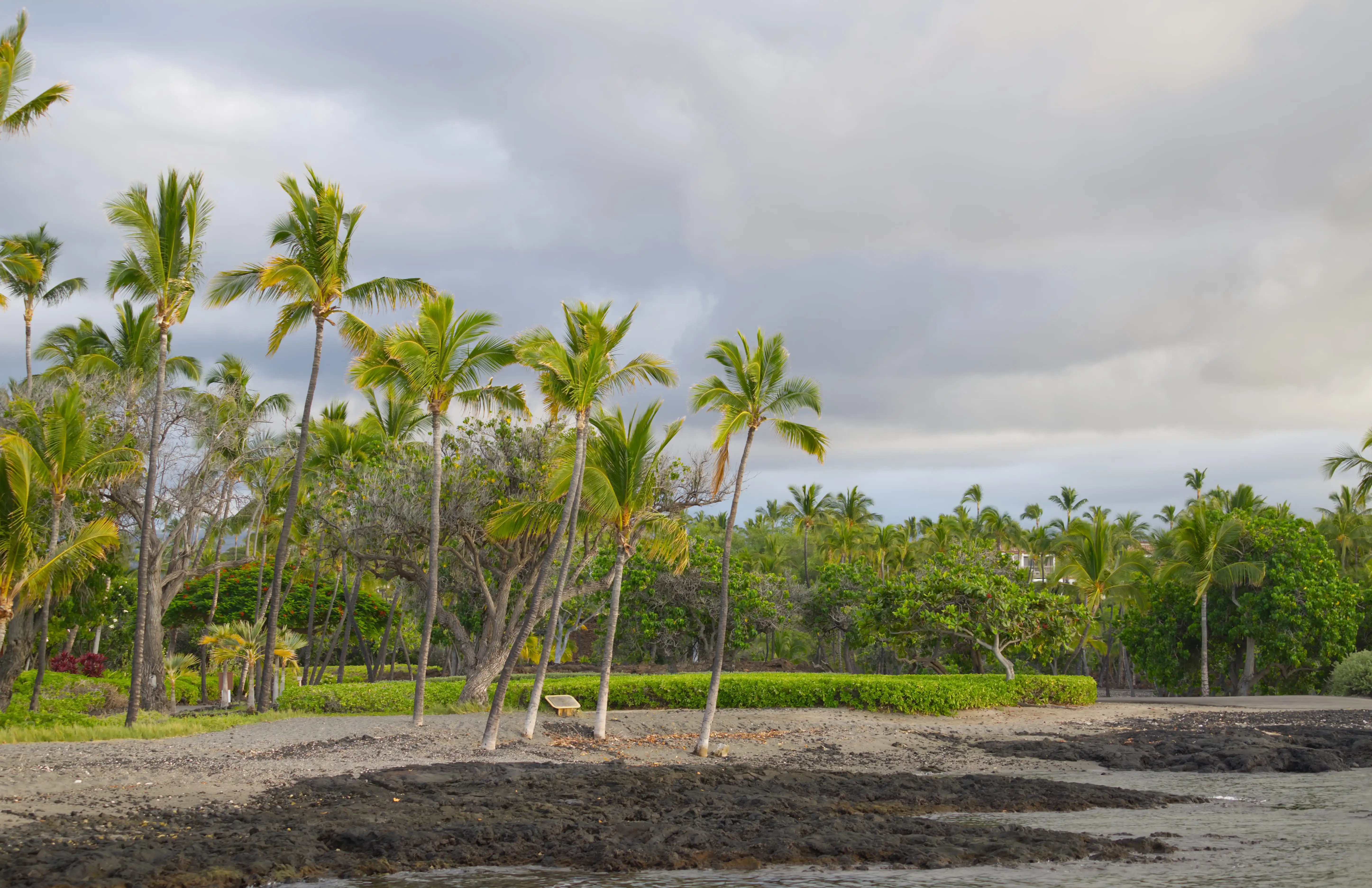
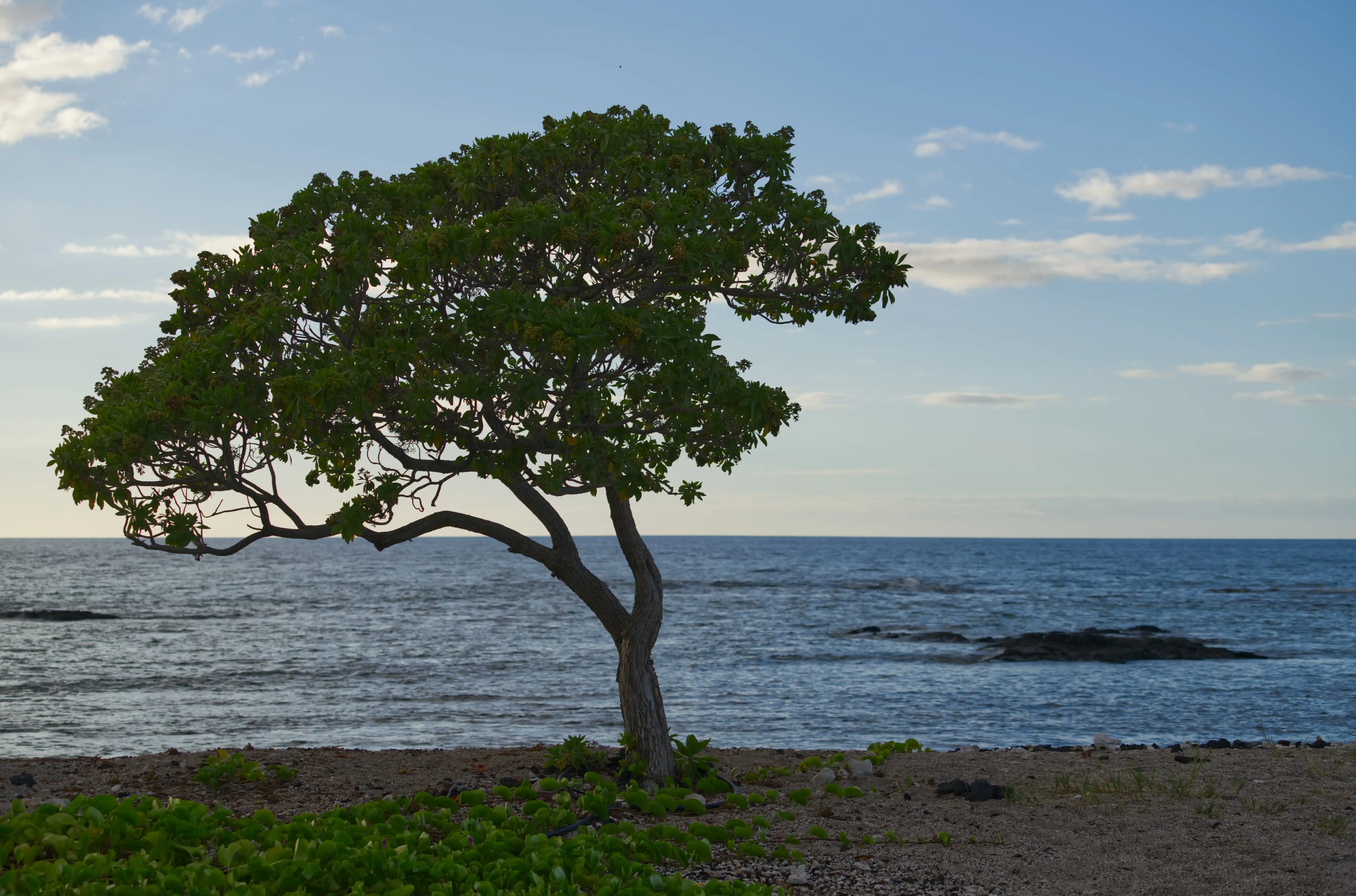
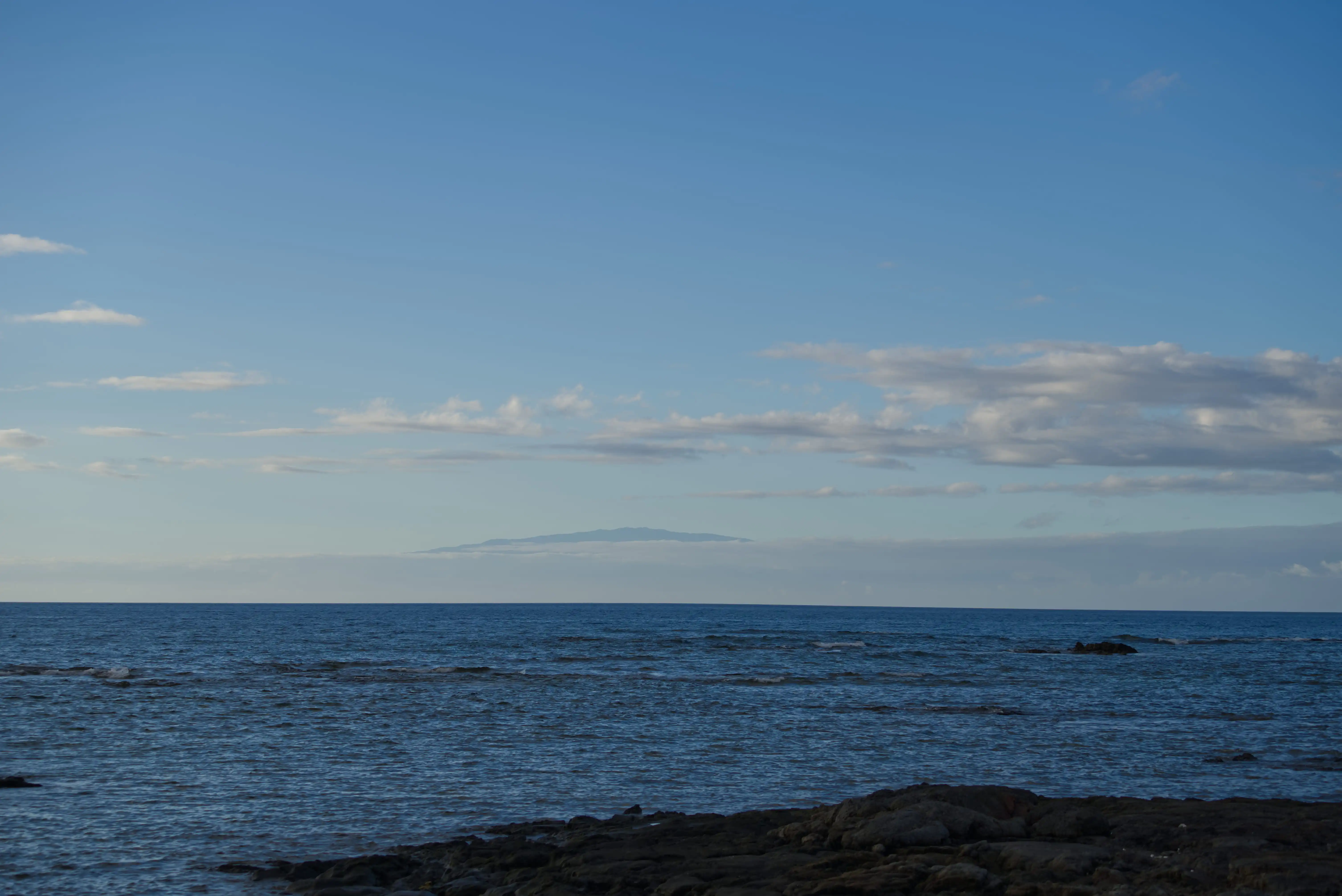
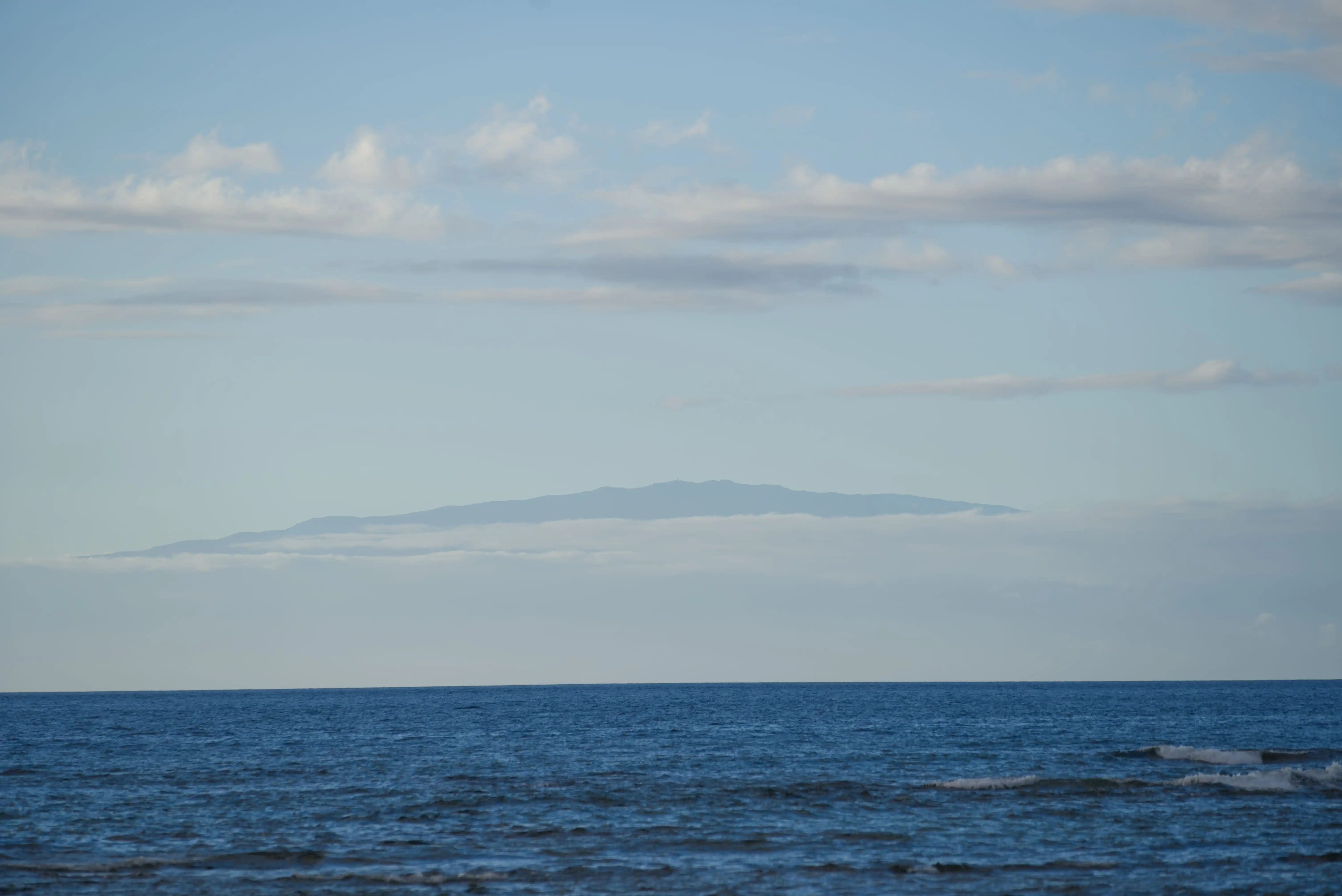
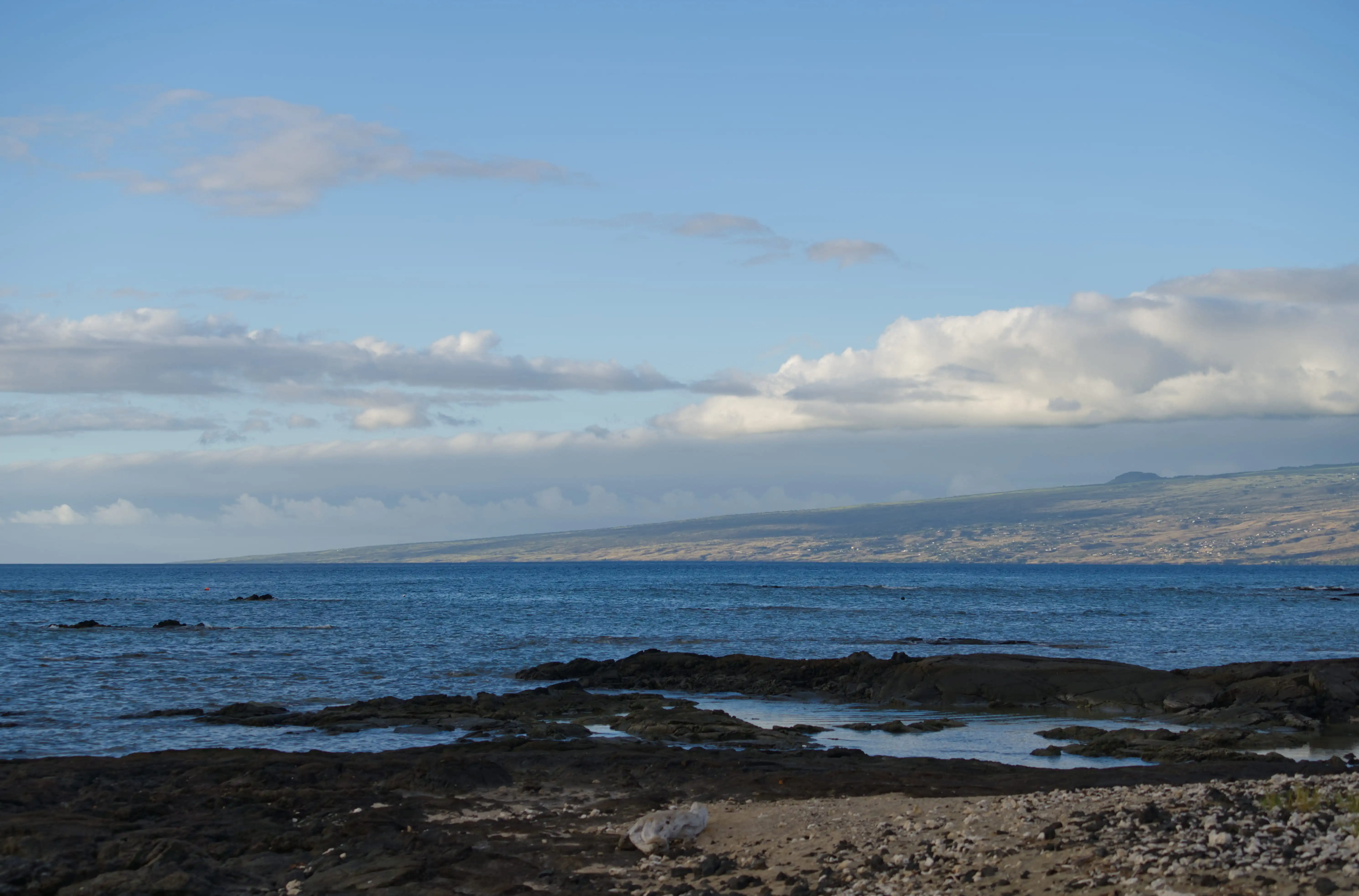
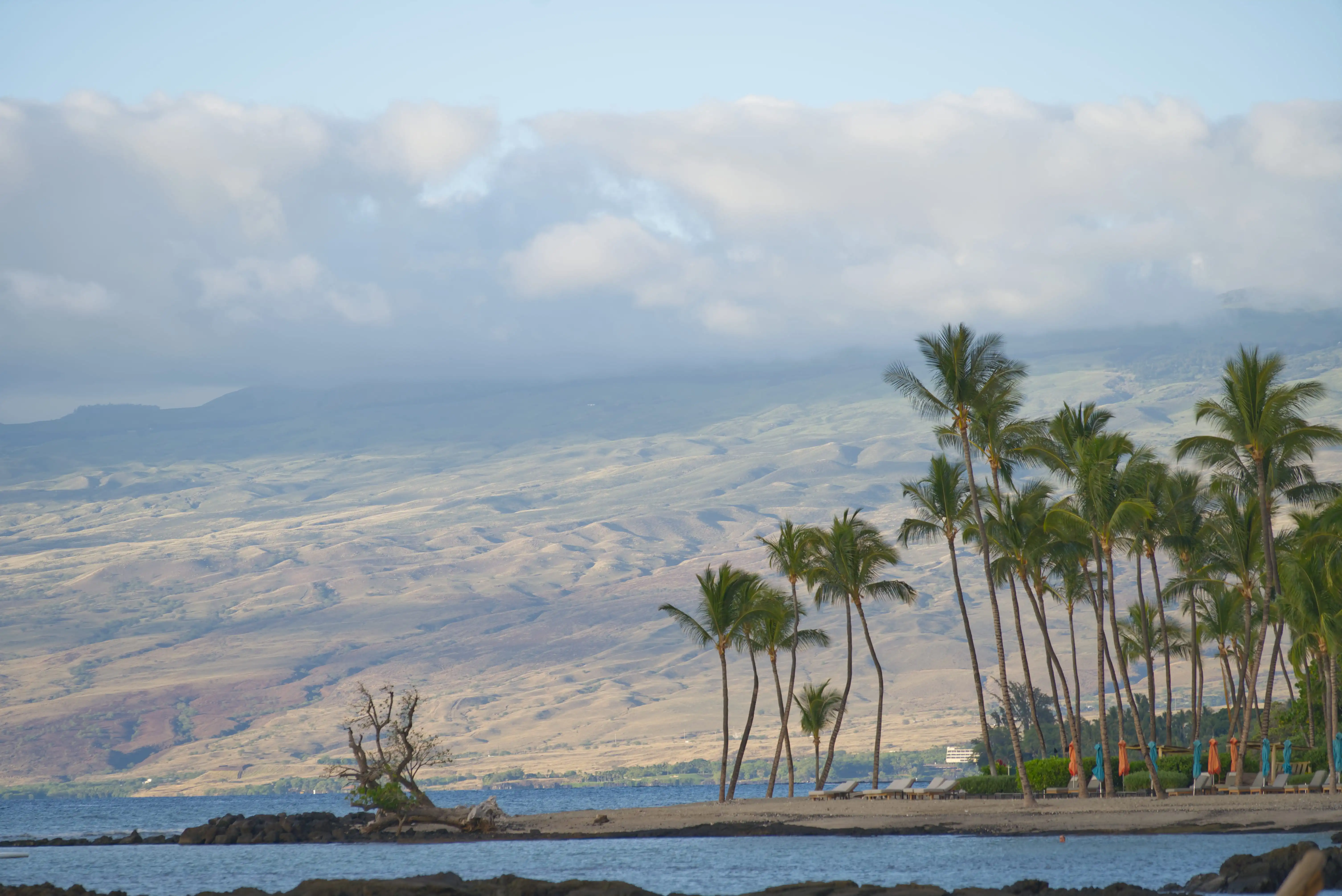
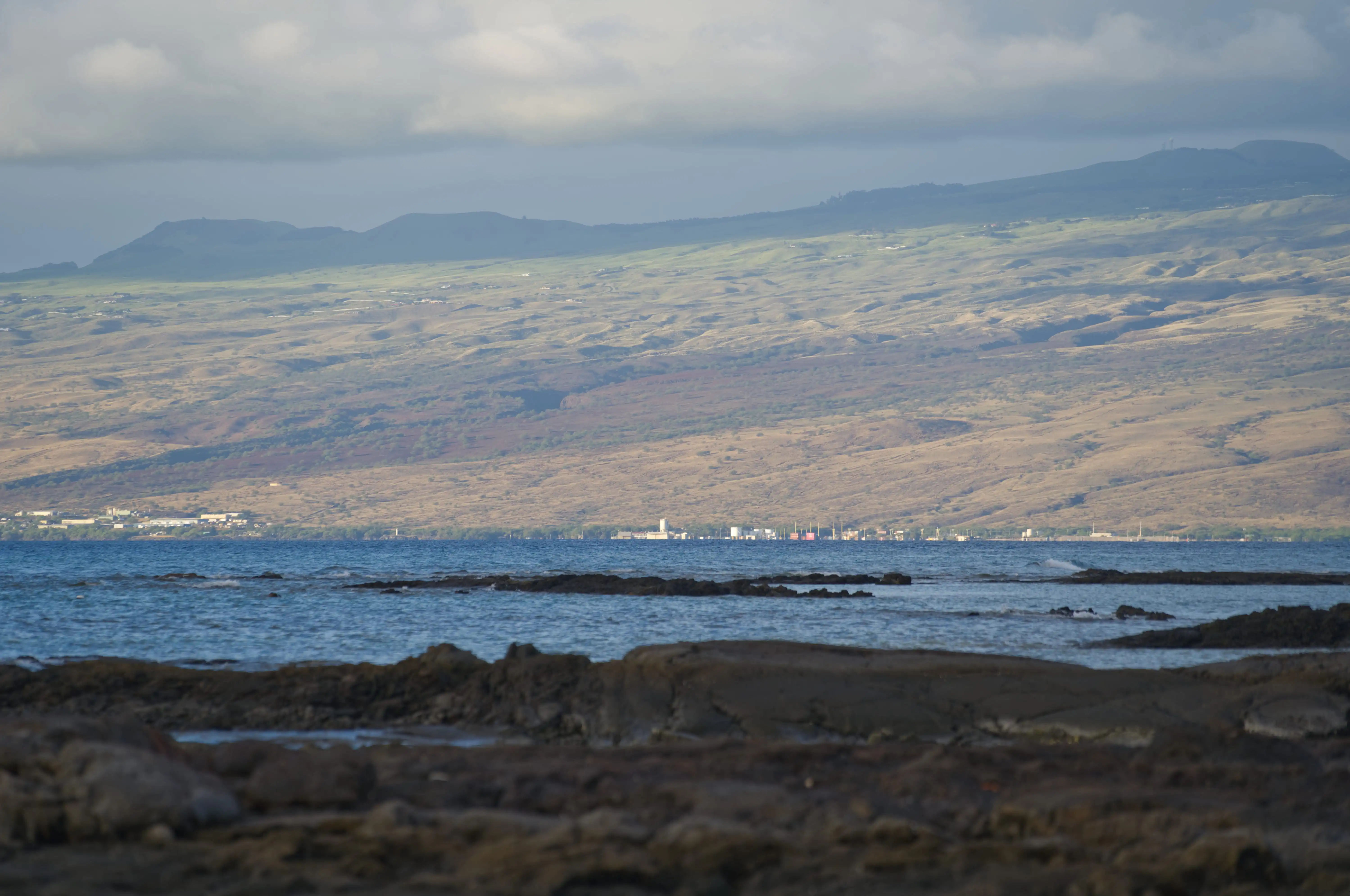
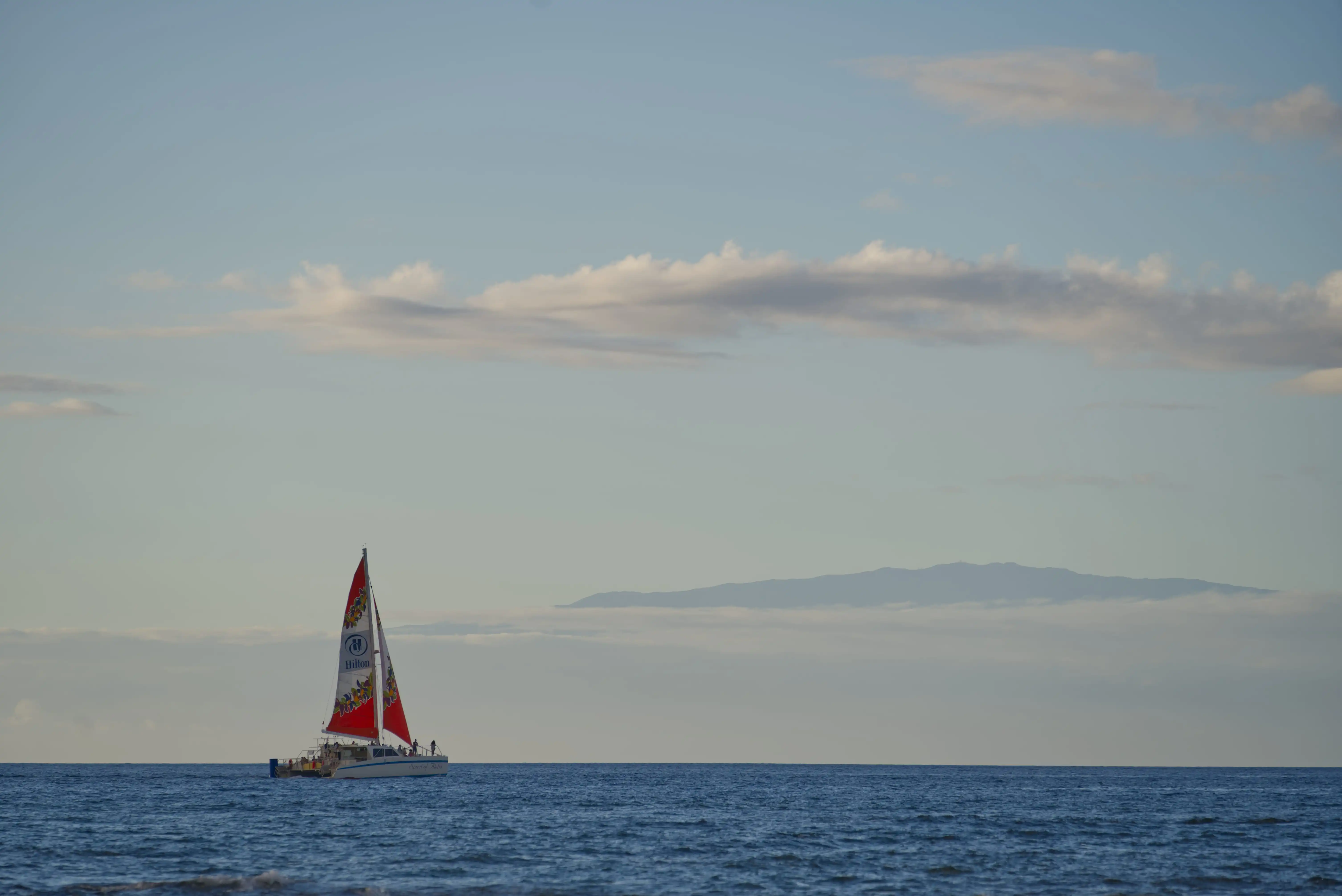
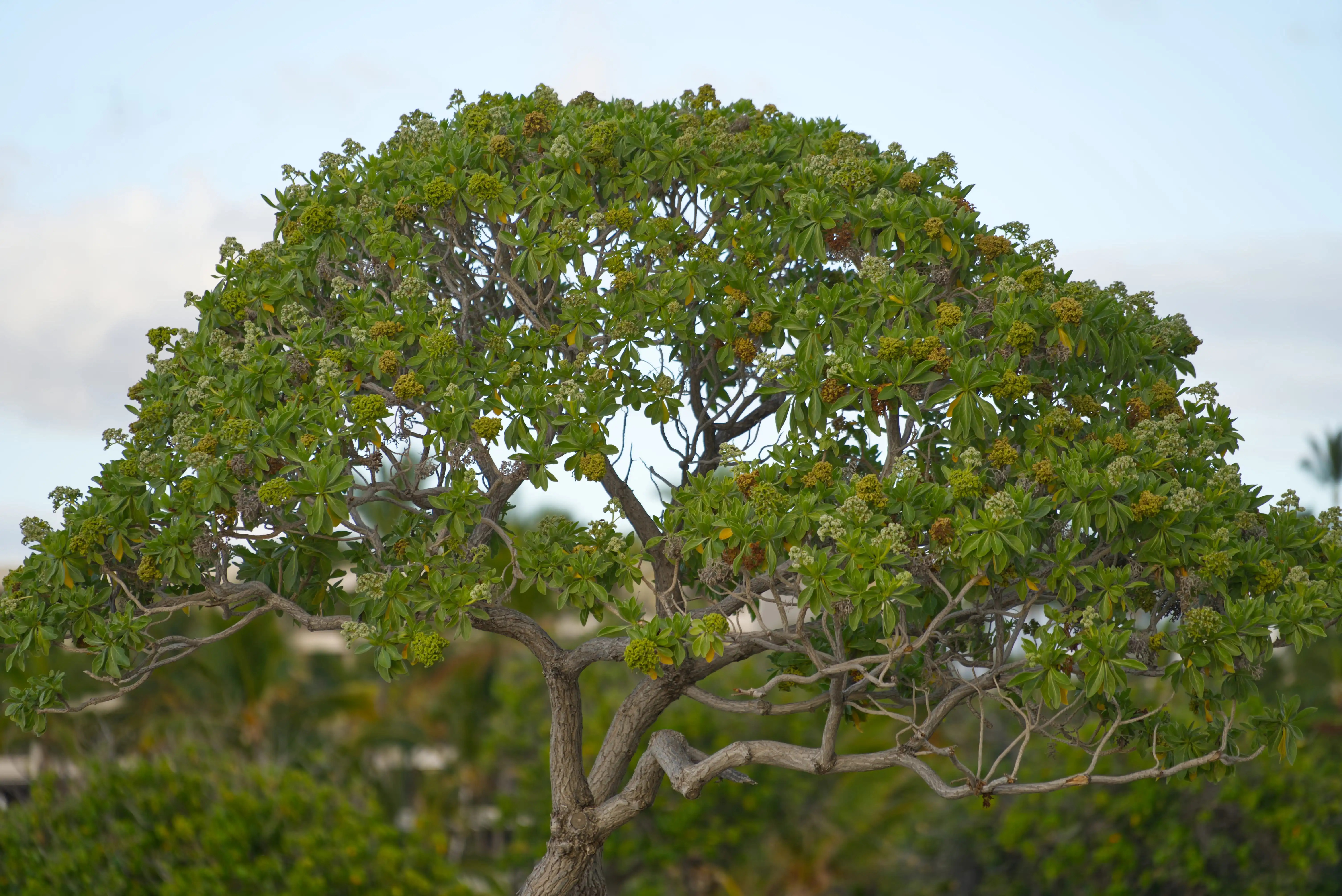
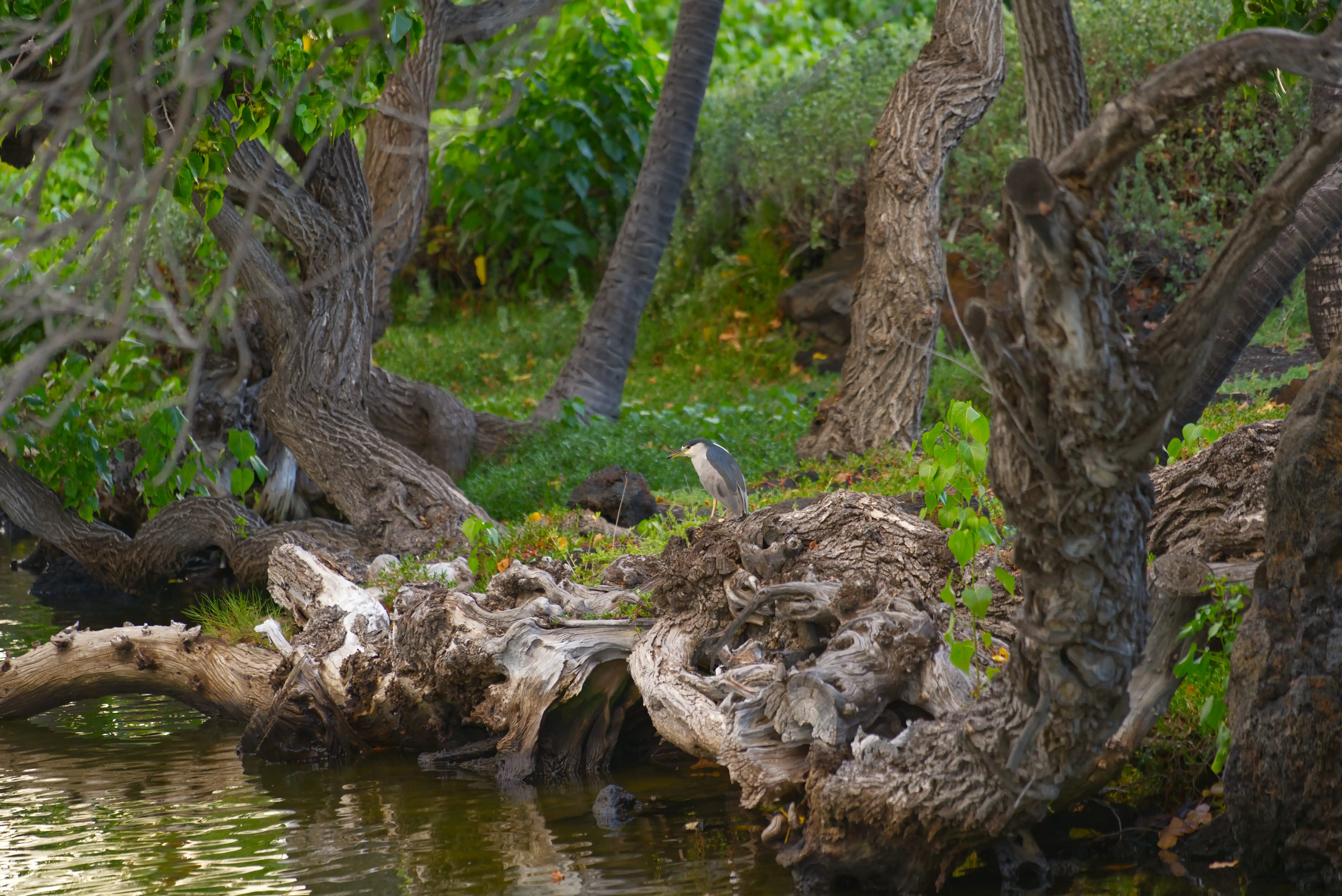
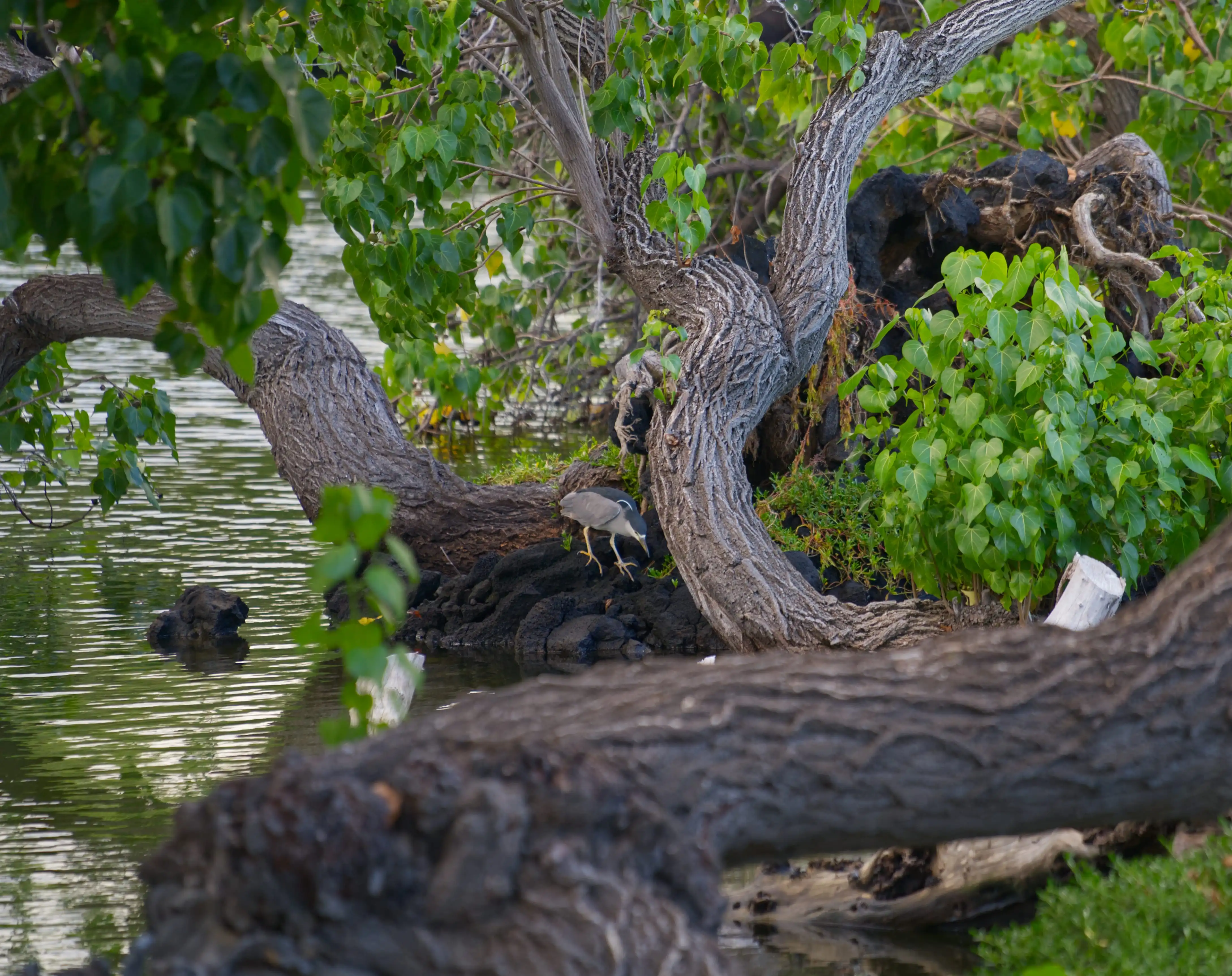
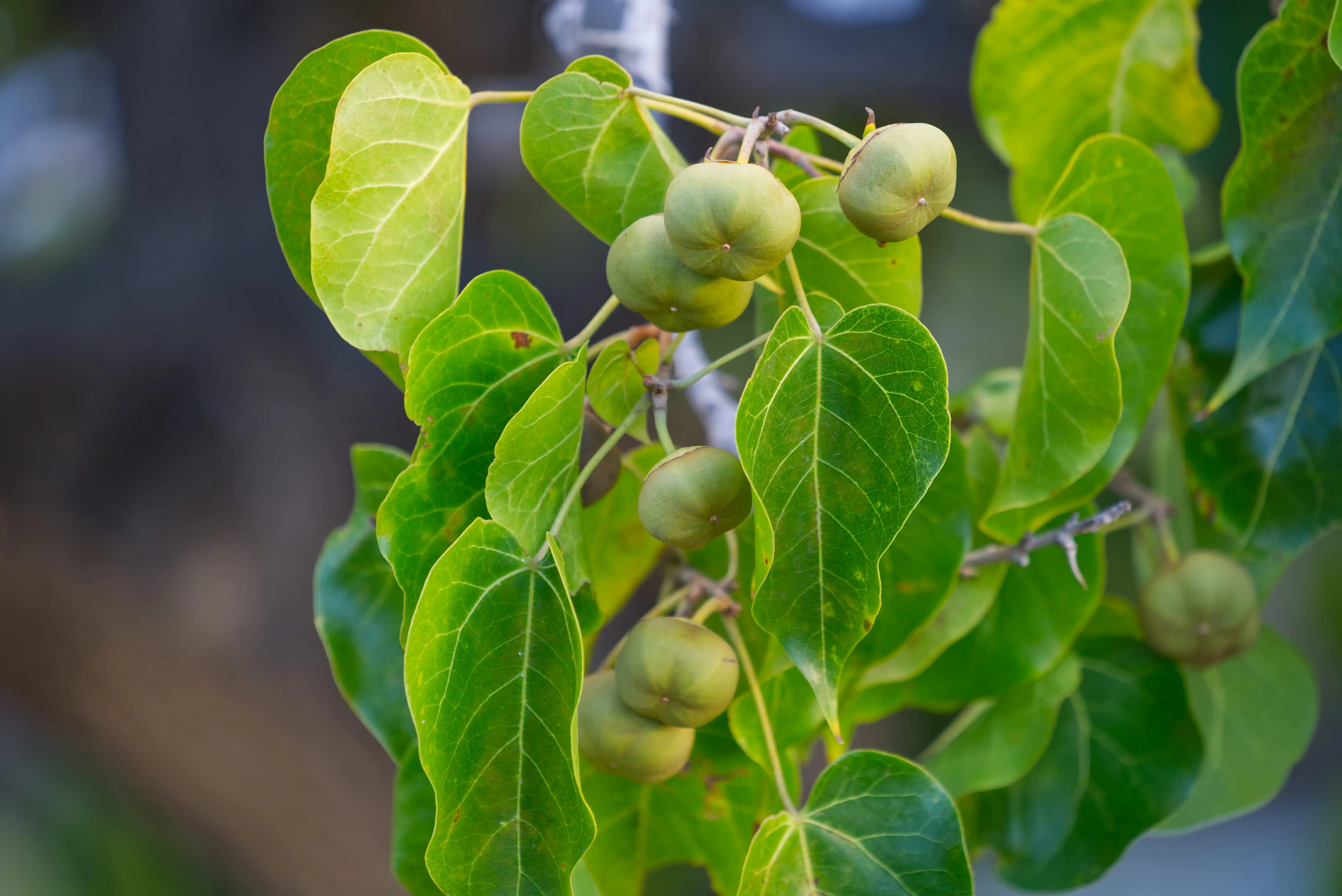
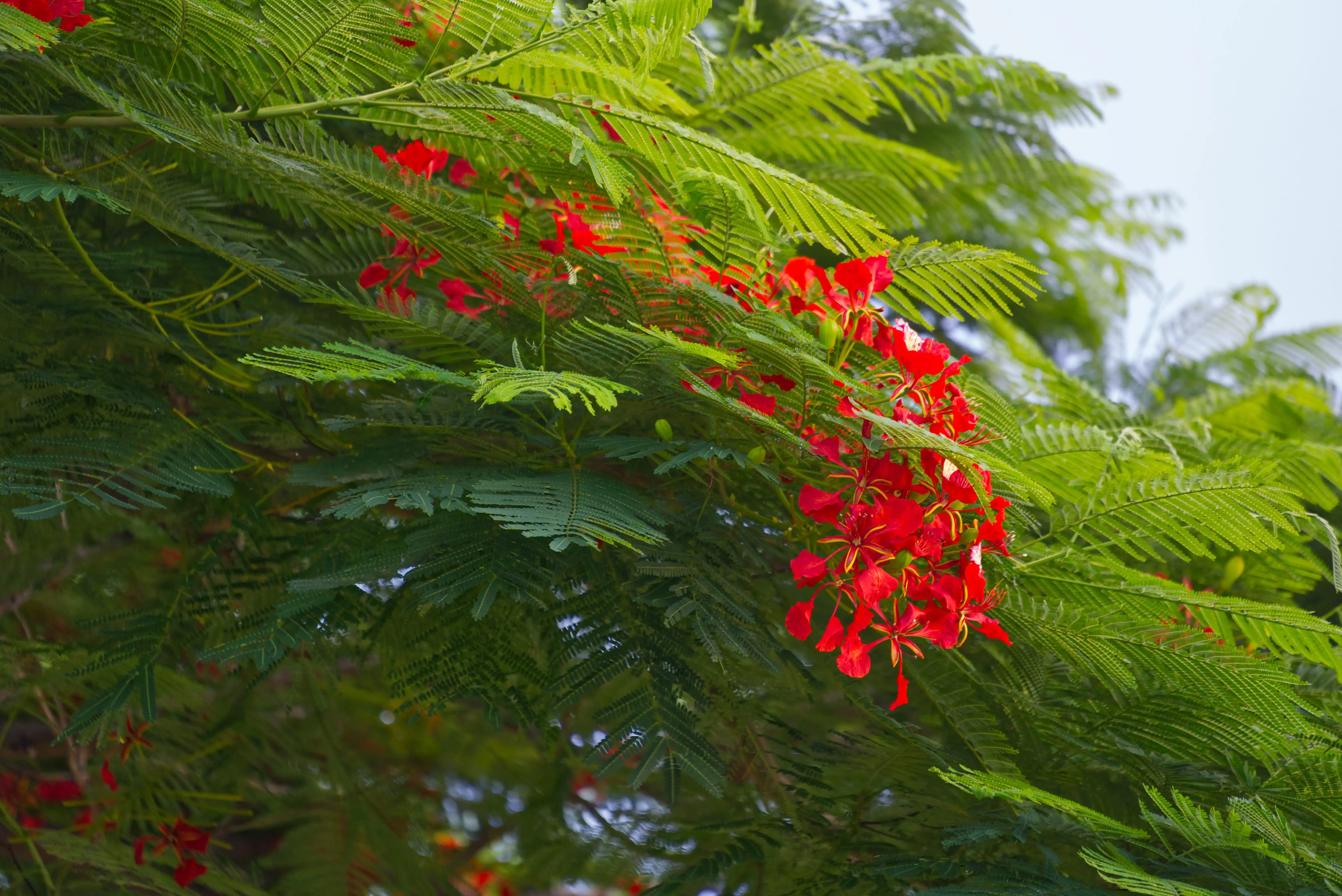
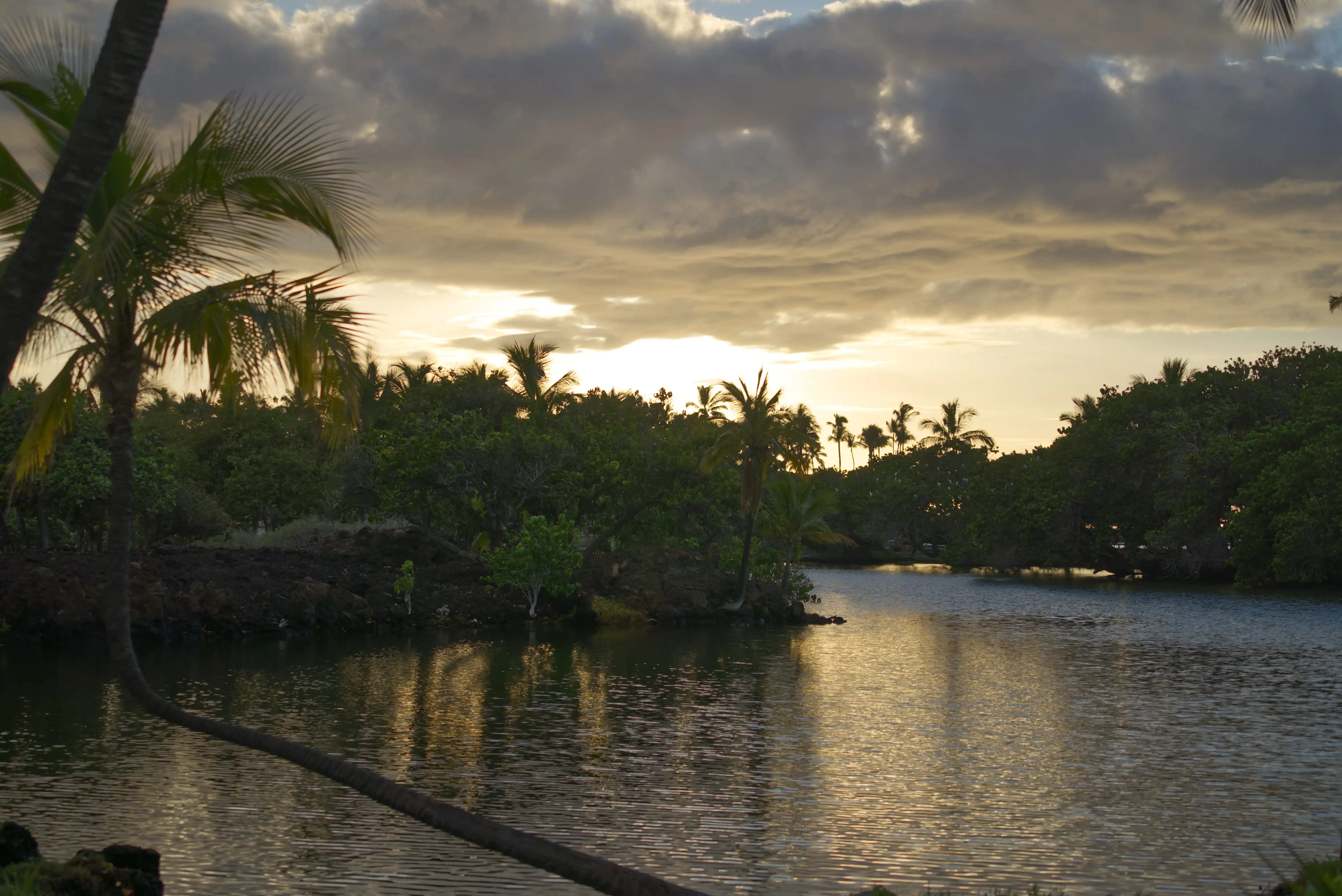
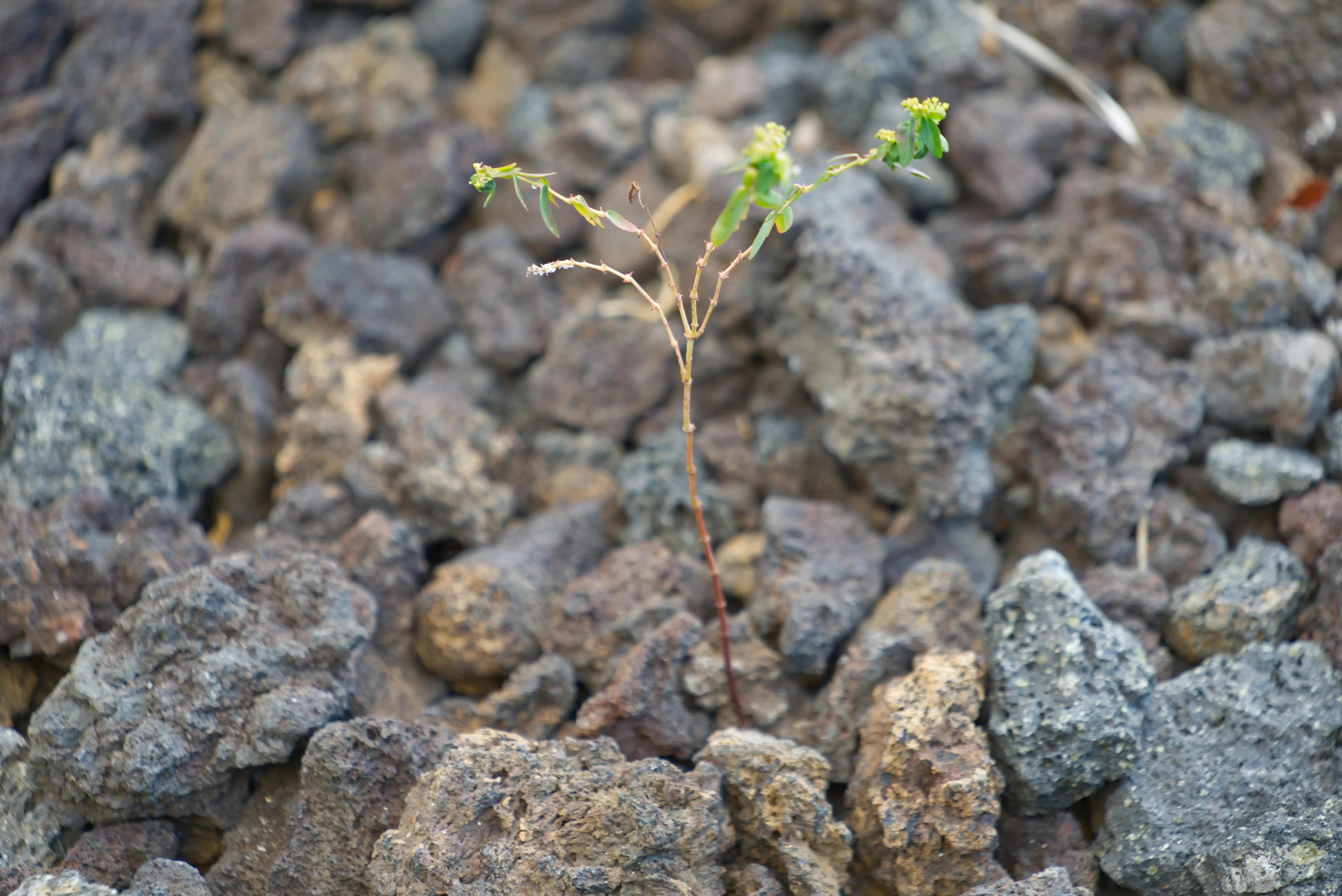
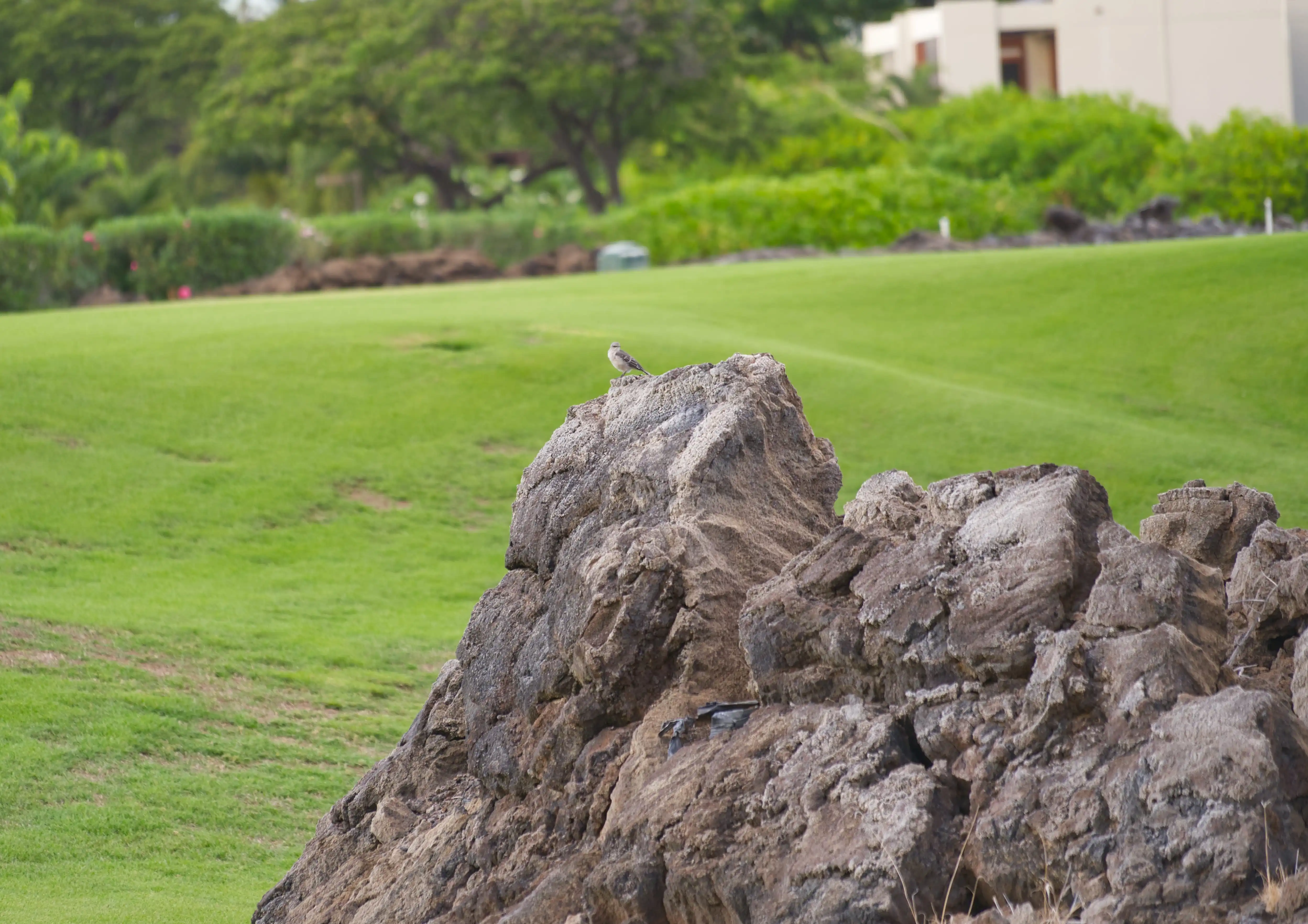
At the hotel #
I kept roaming the hotel grounds with the camera because there were many other things I wanted to take pictures of that I didn’t need to go far for. A walk to the top floor stairwell? Count me in. A half-a-mile walk to the highway to take photos of Mauna Kea? Yes, please.
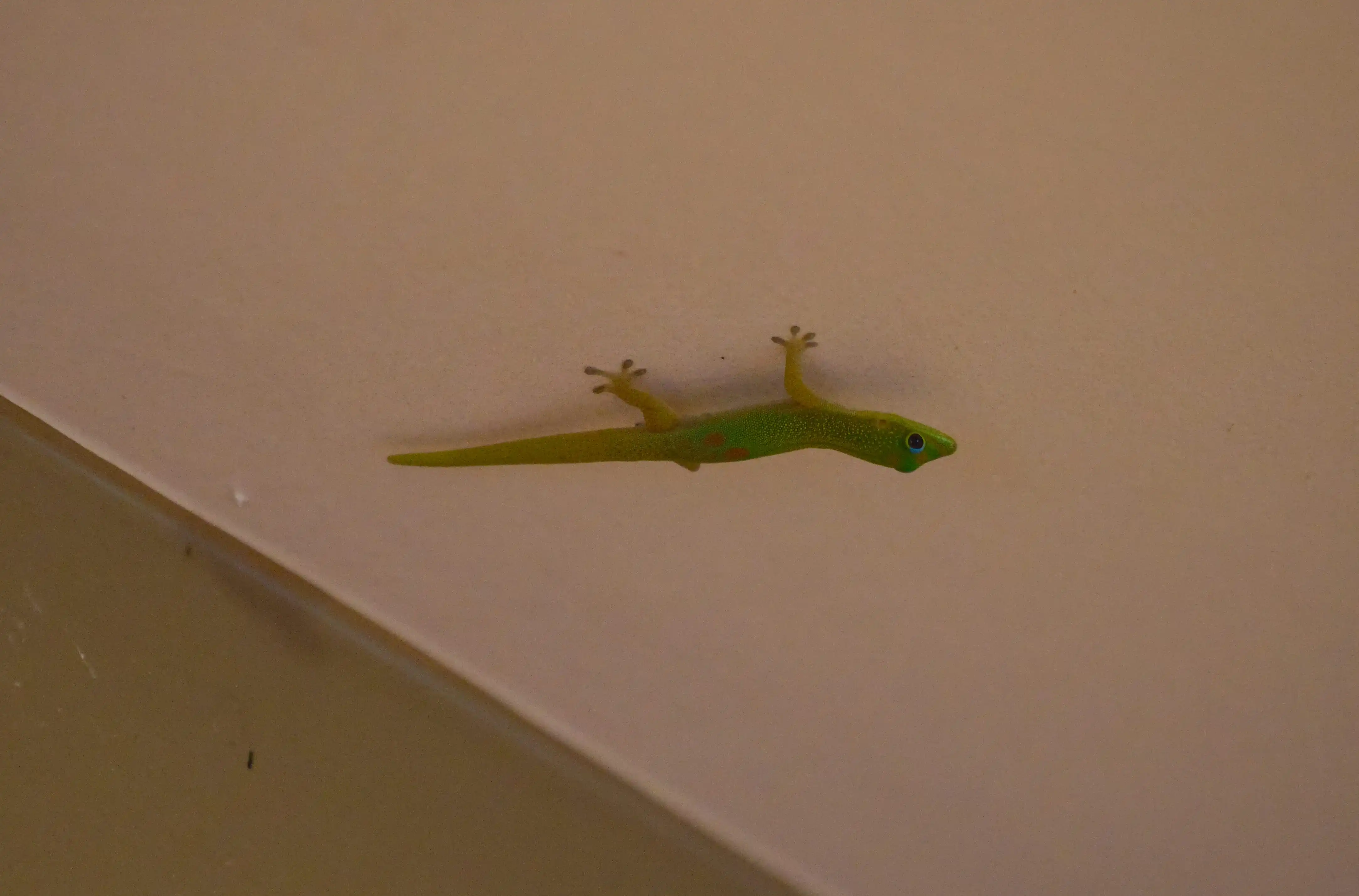
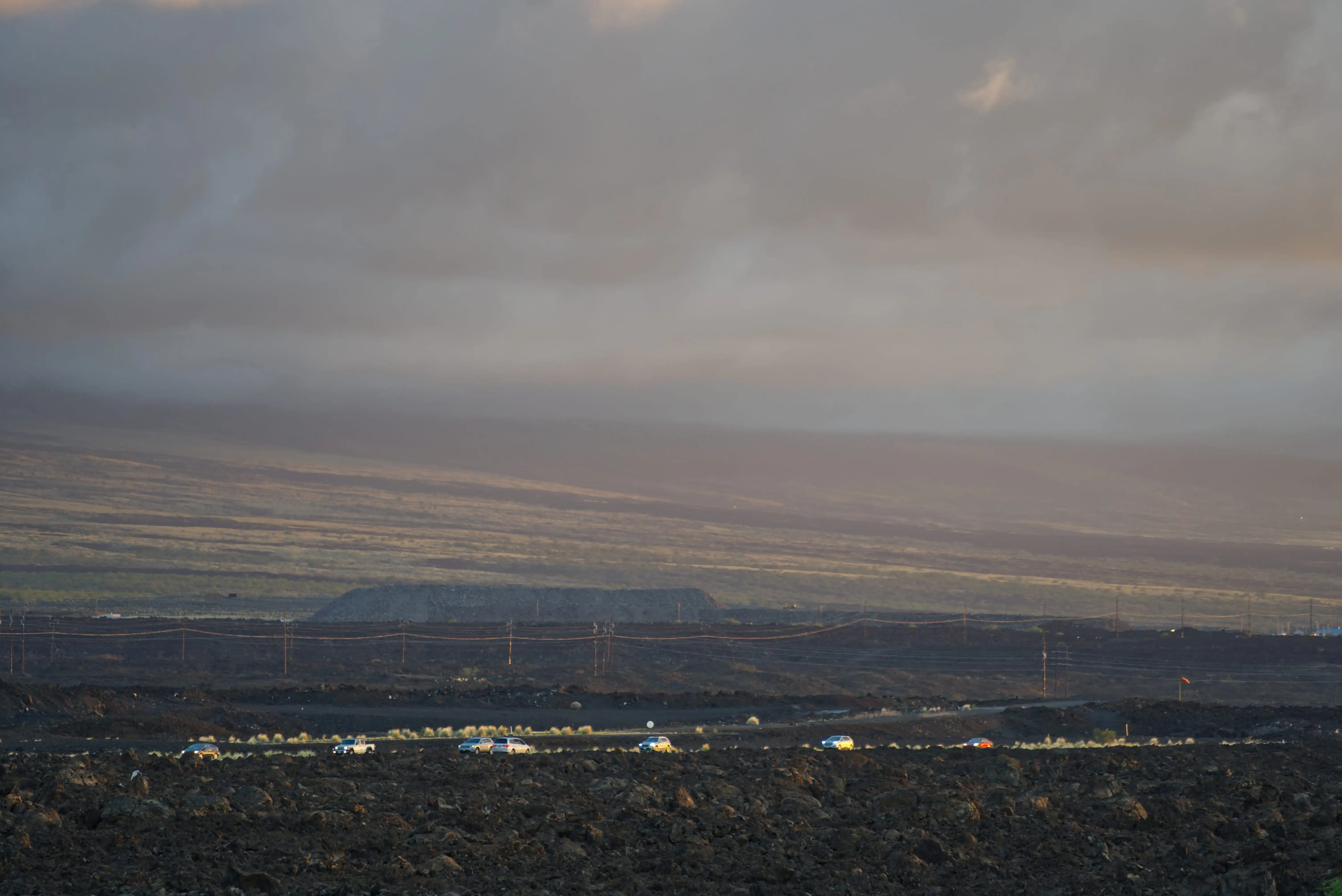
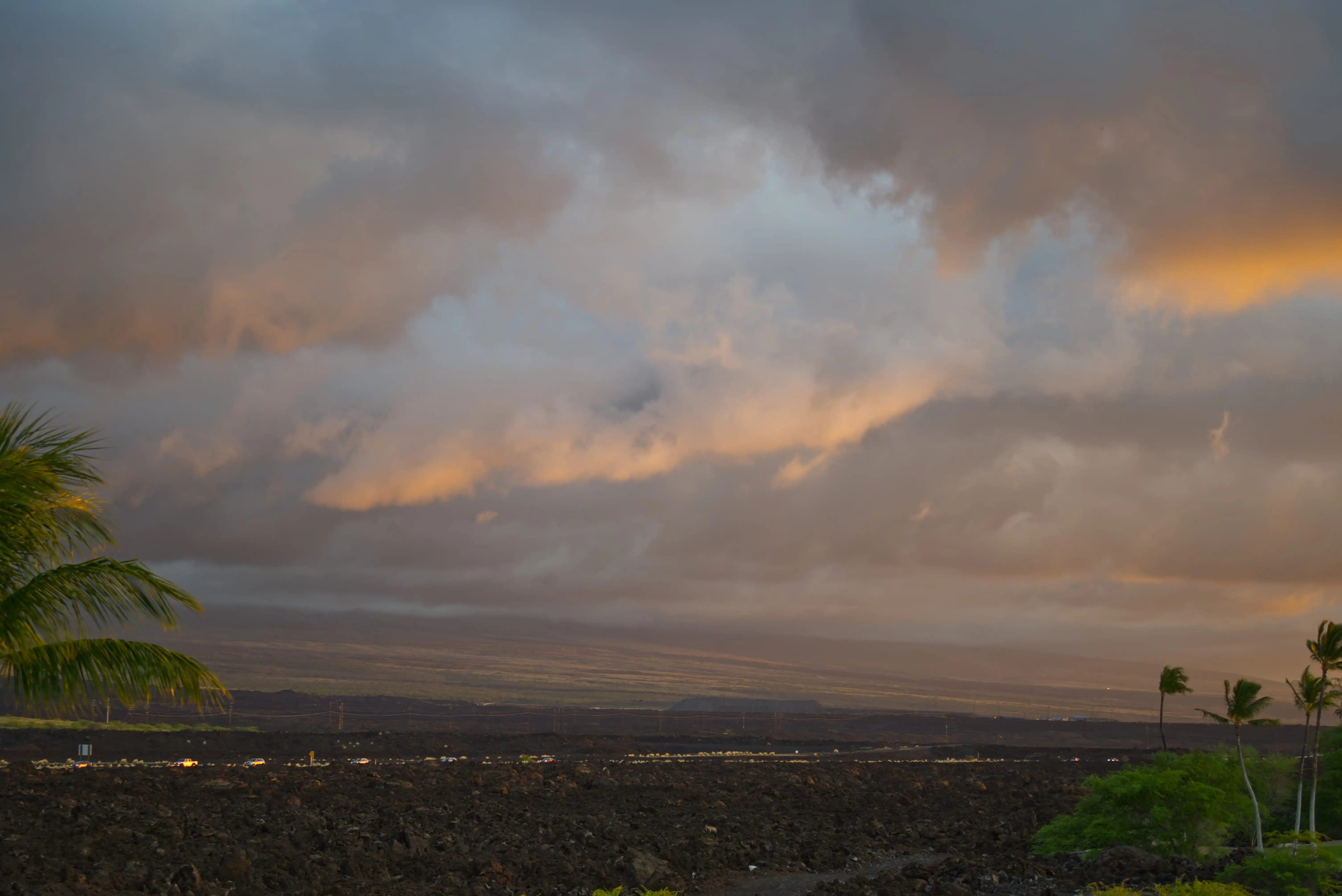


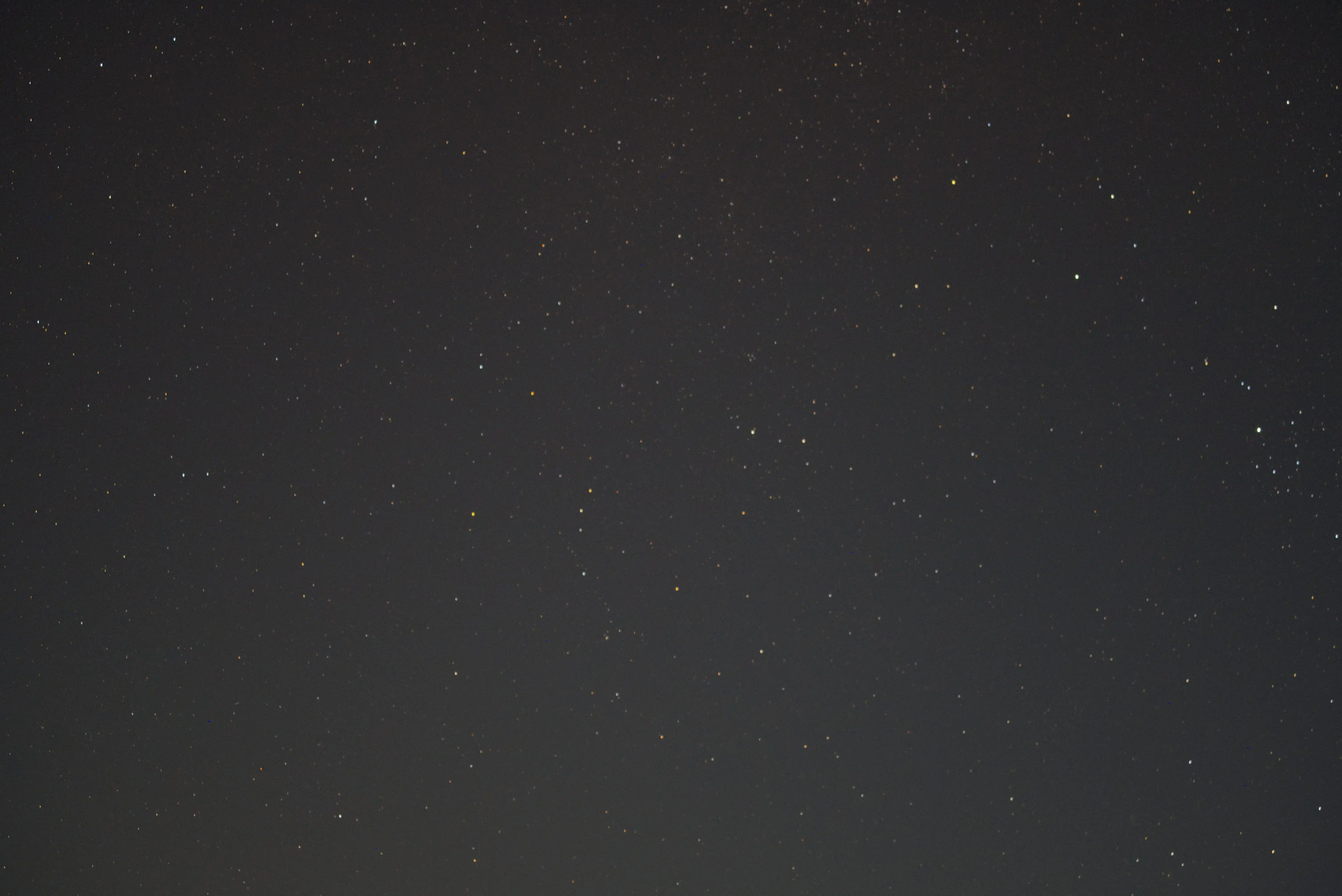
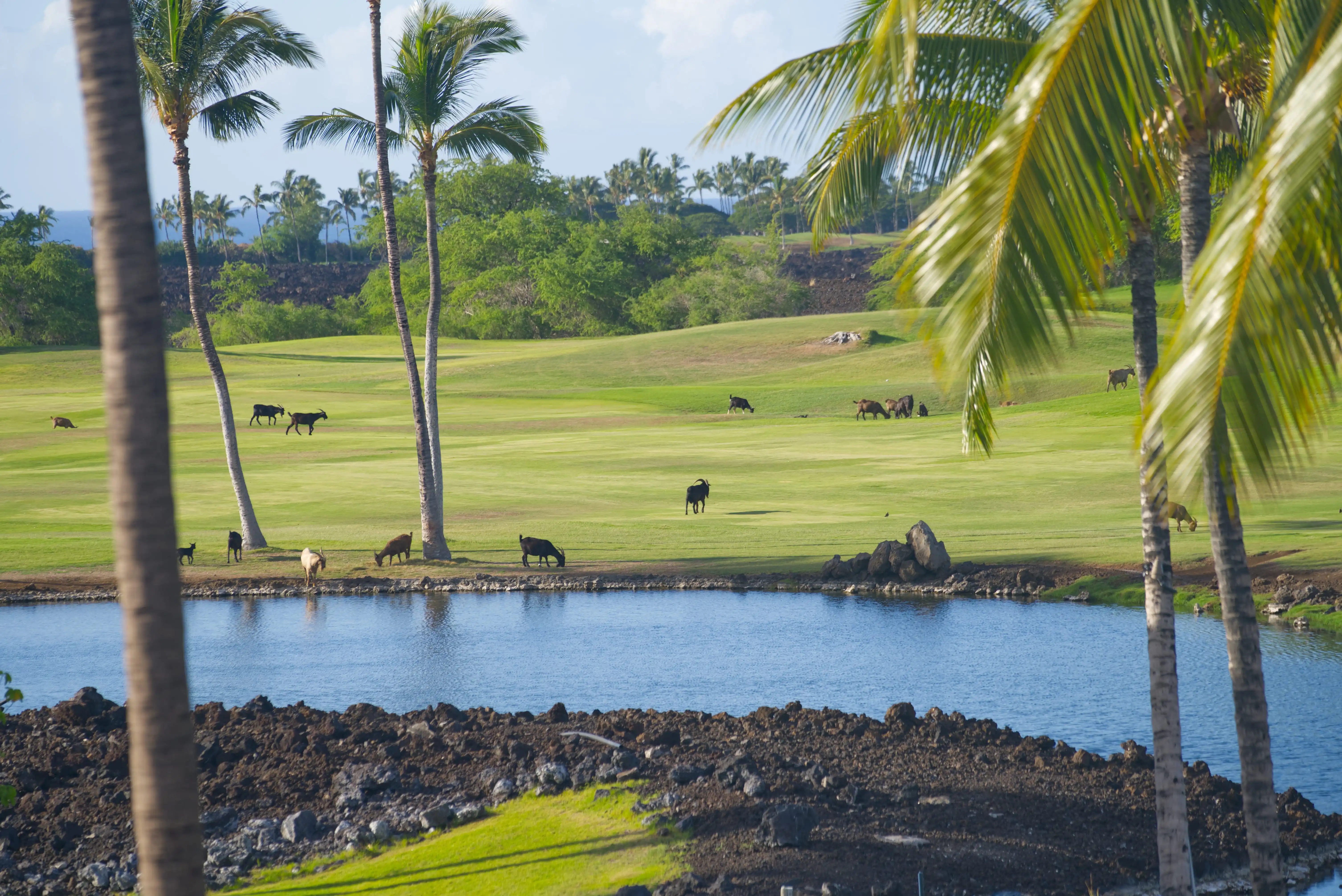
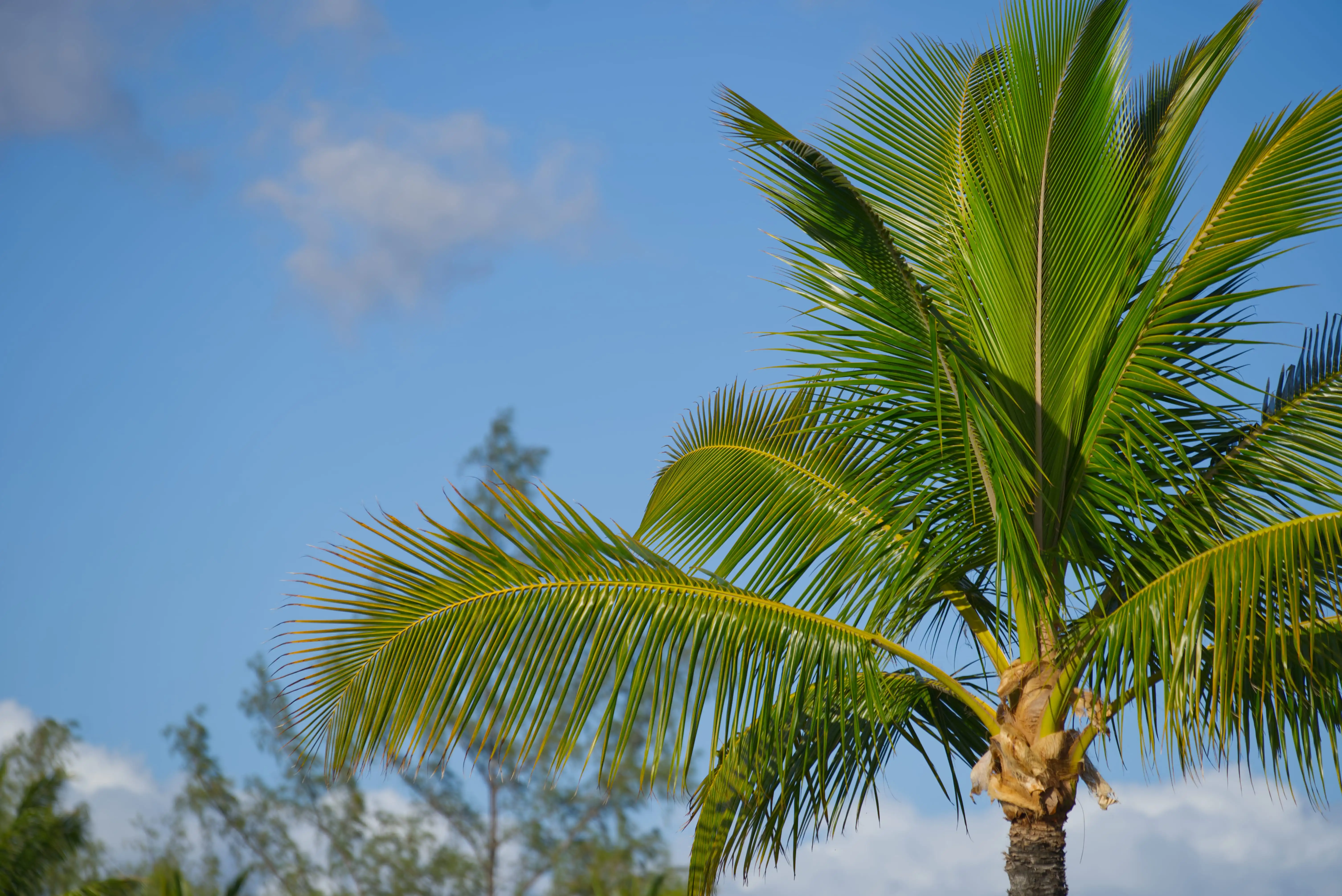
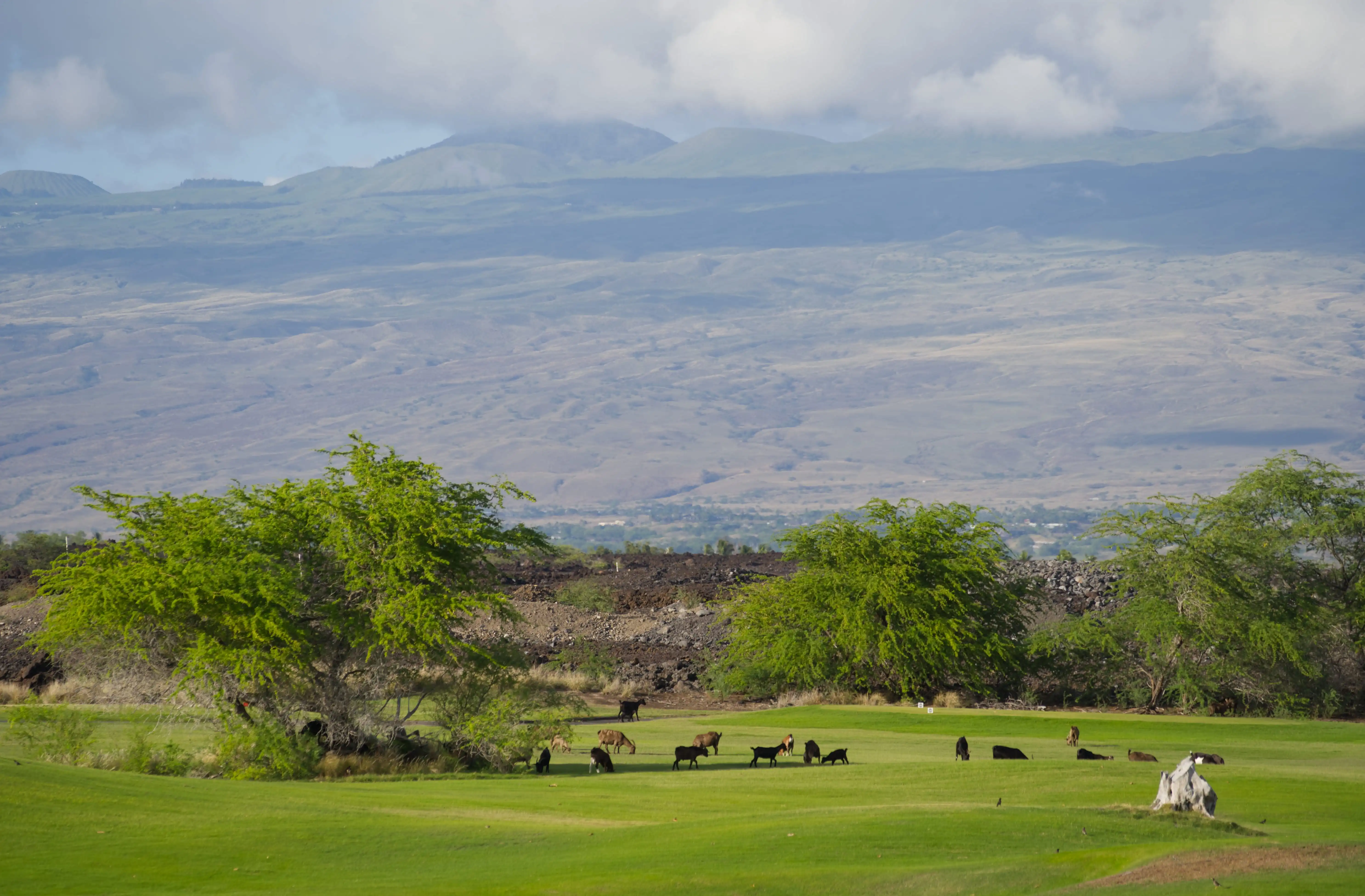
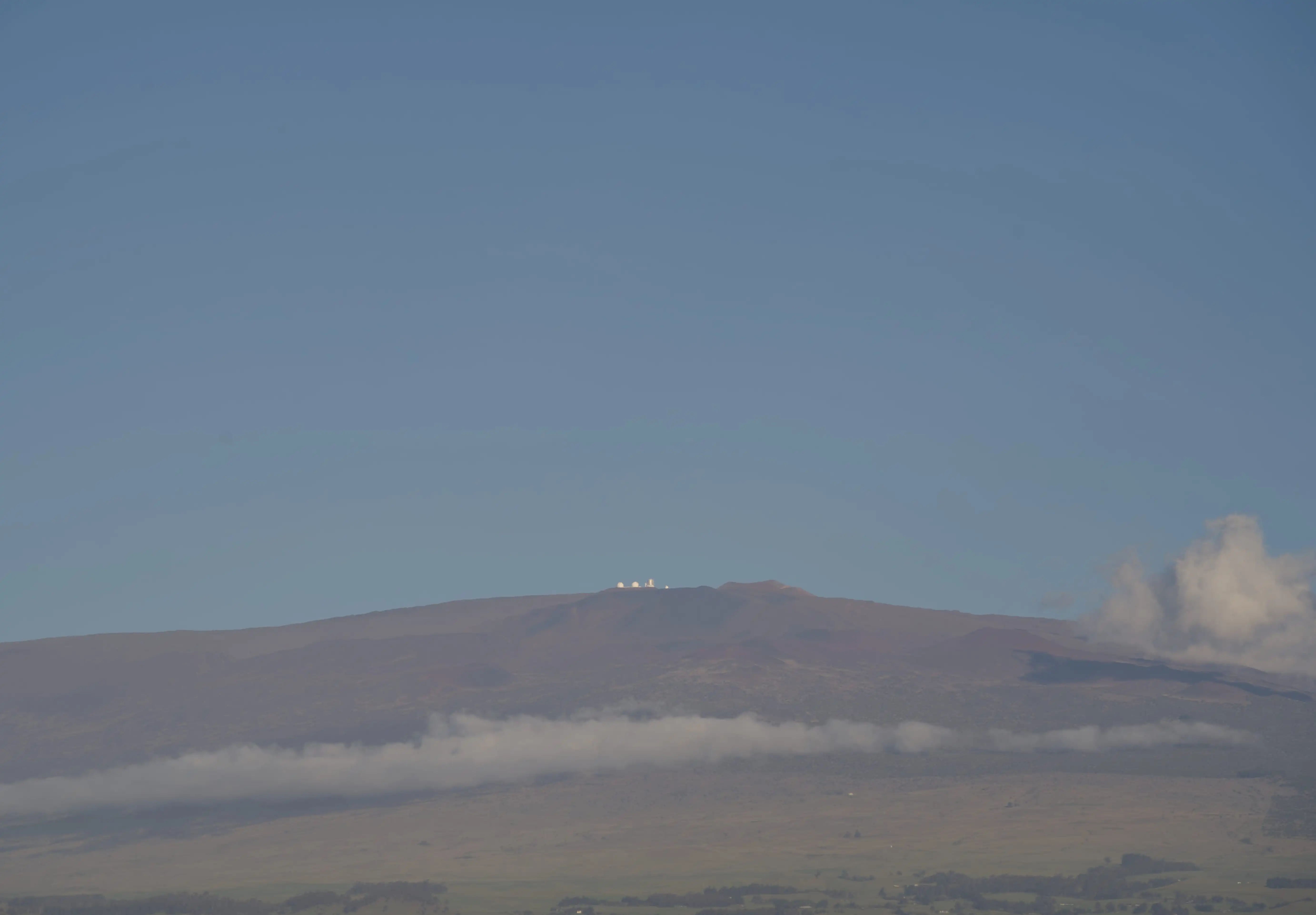
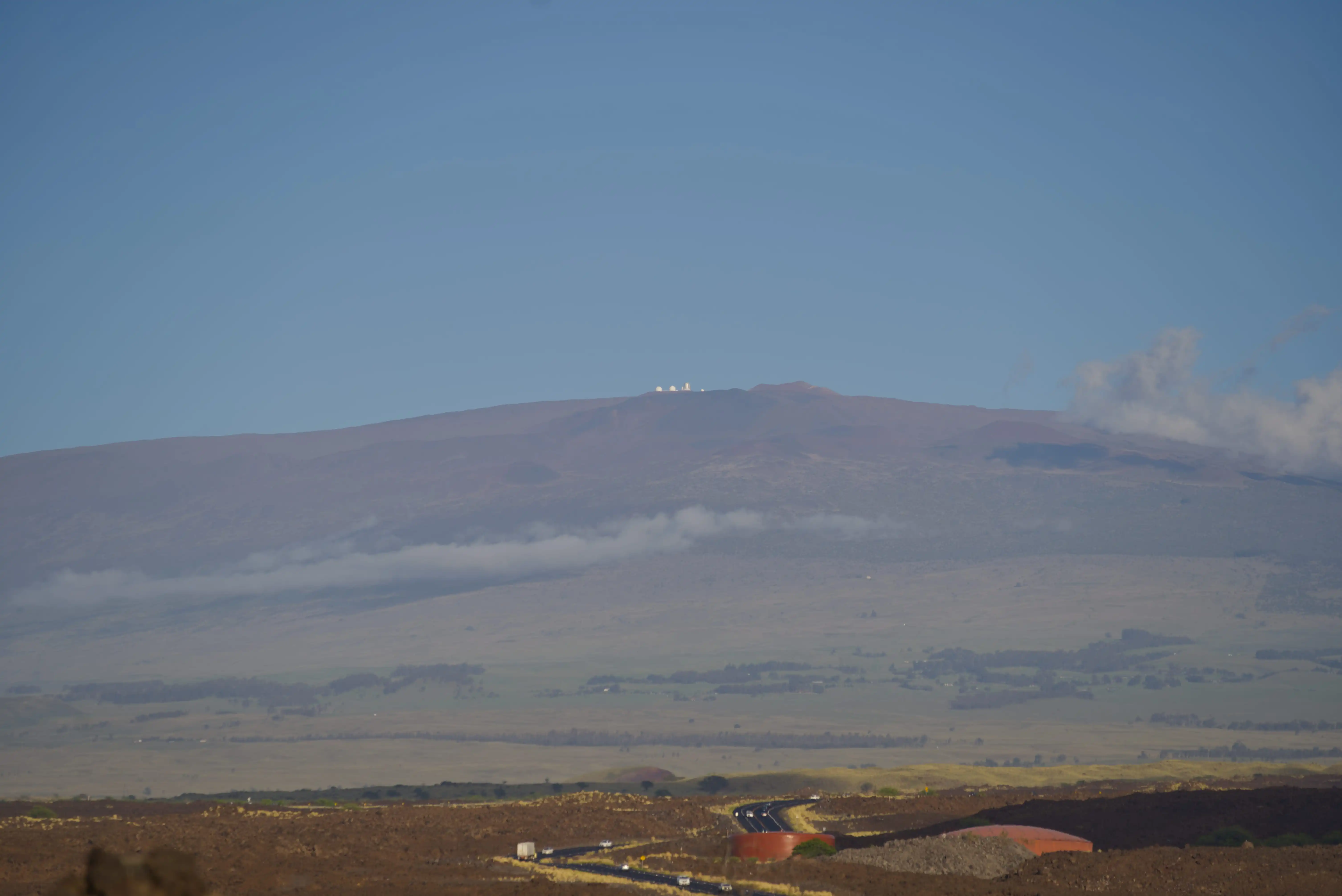

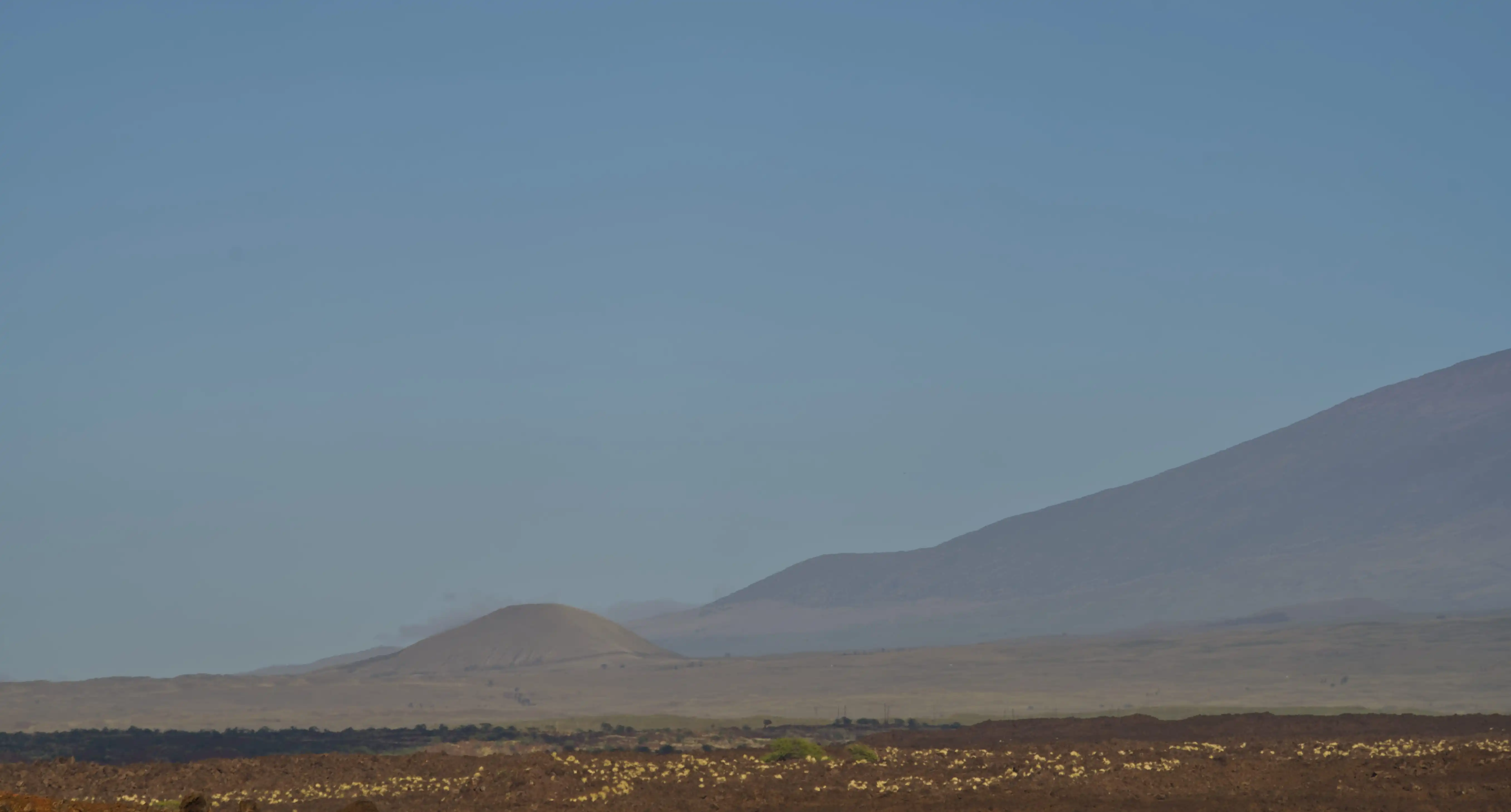
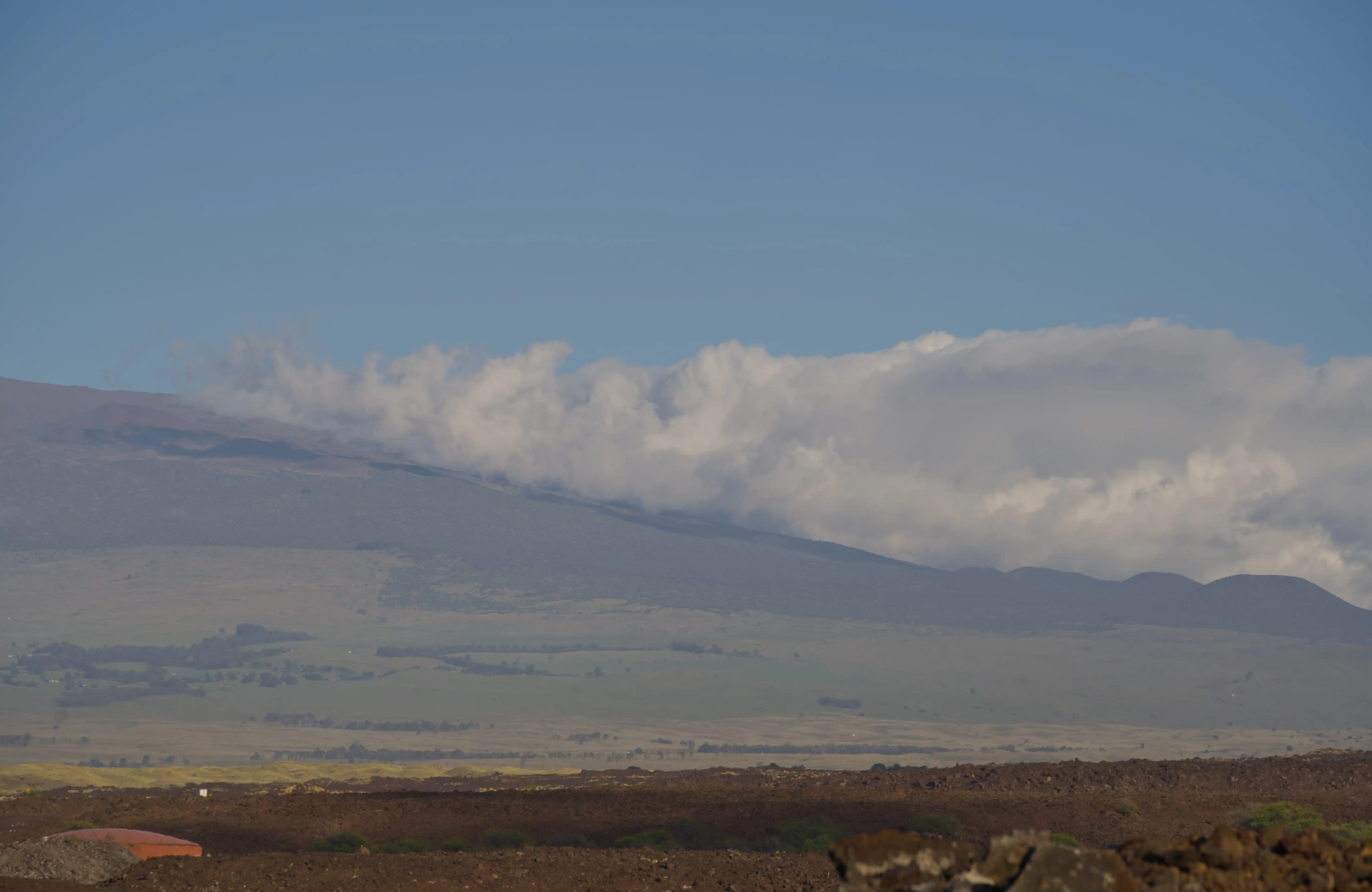
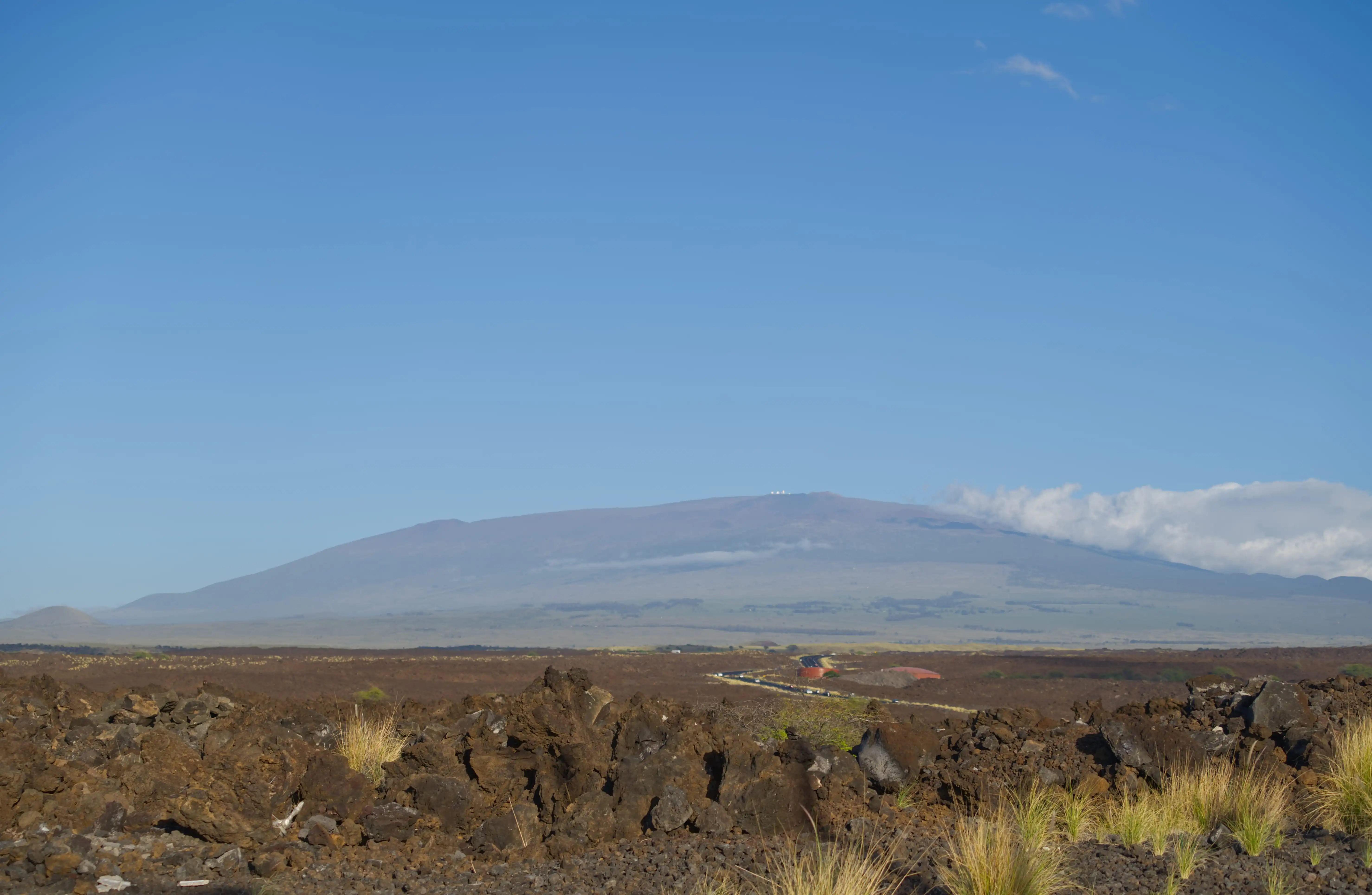


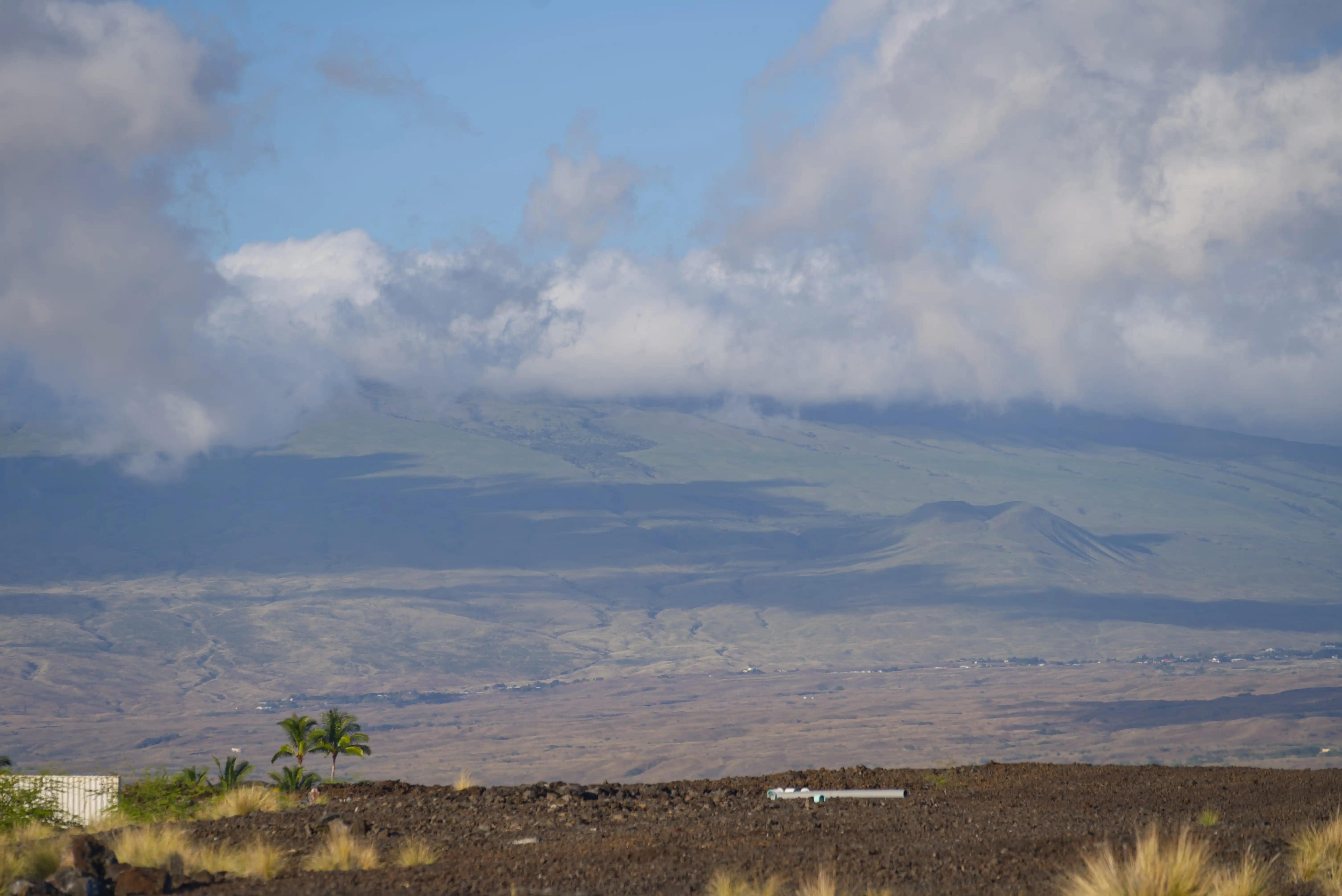
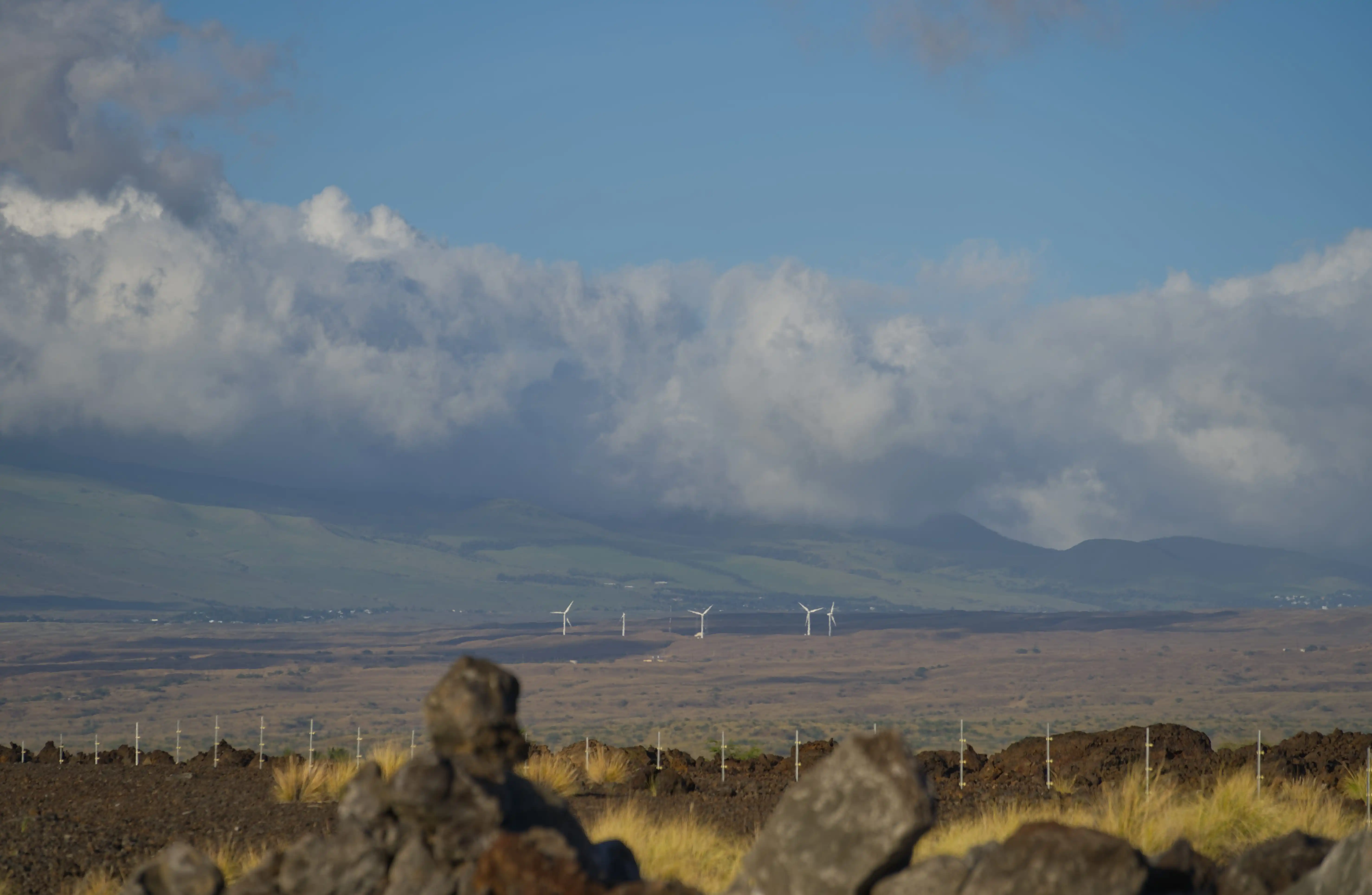
Flying back #
The trip was short and we definitely wanted to stay more, but the flight back presented a few more opportunities to take a number of really good shots of Hawai’i and Maui.
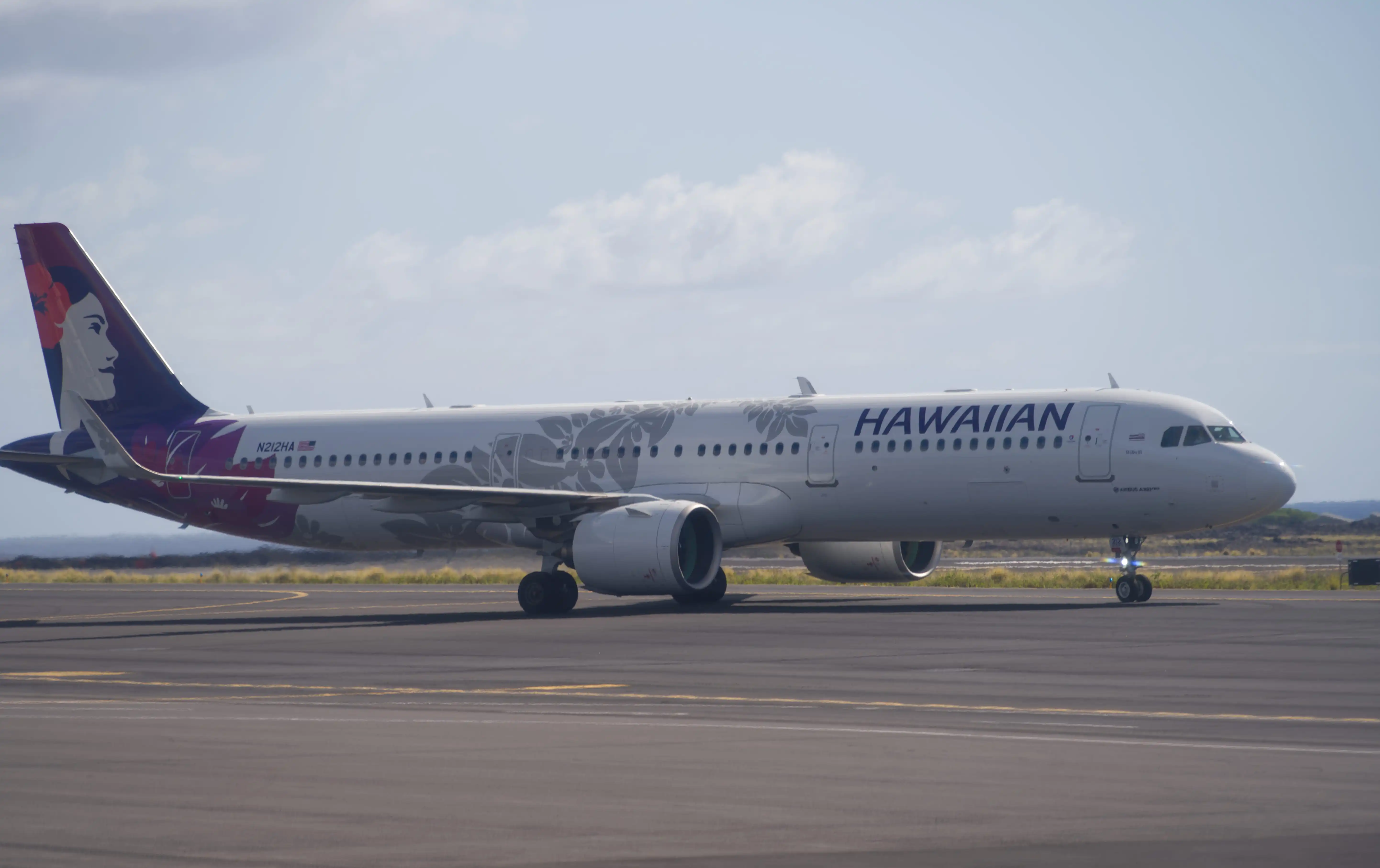
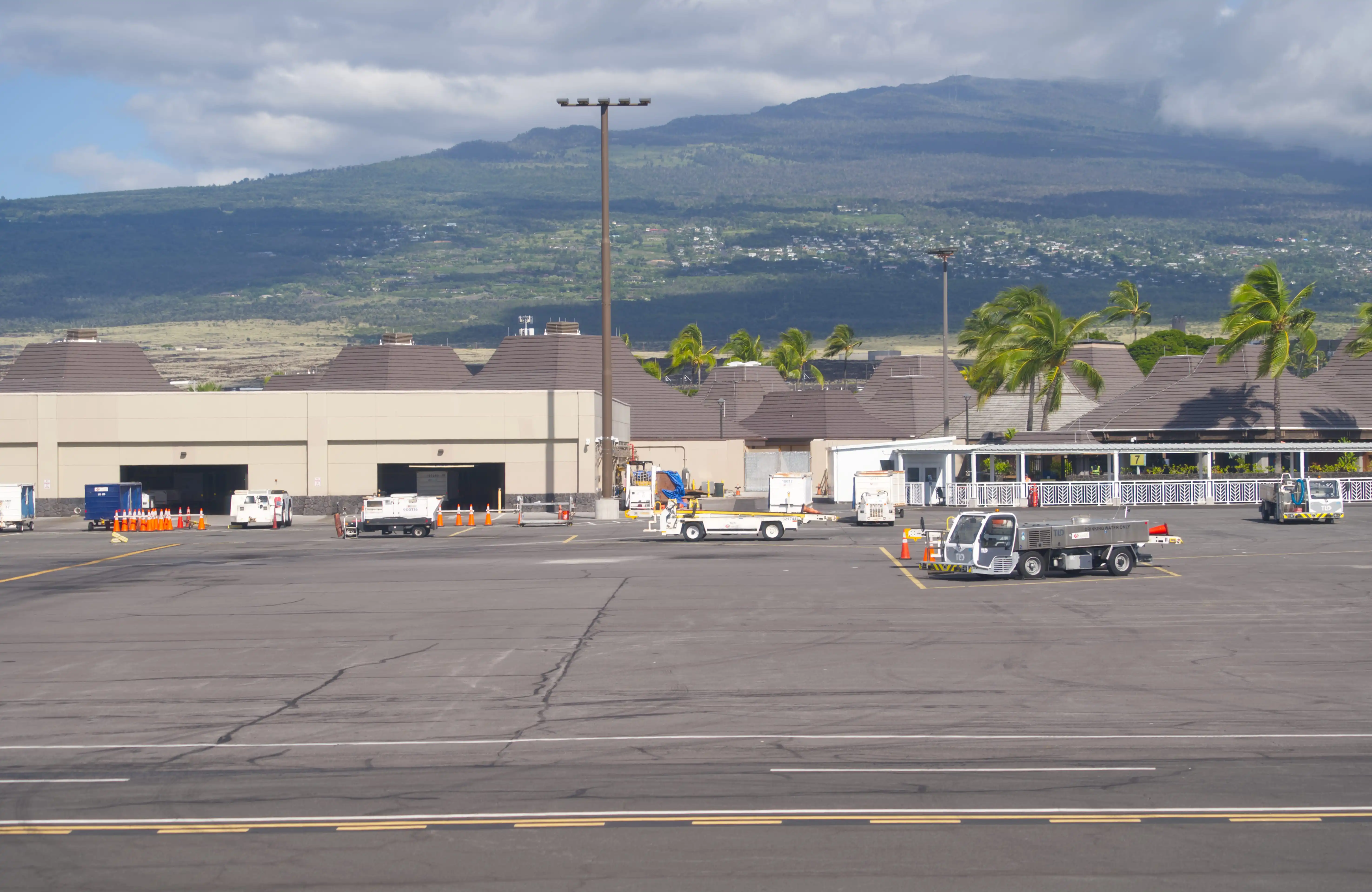
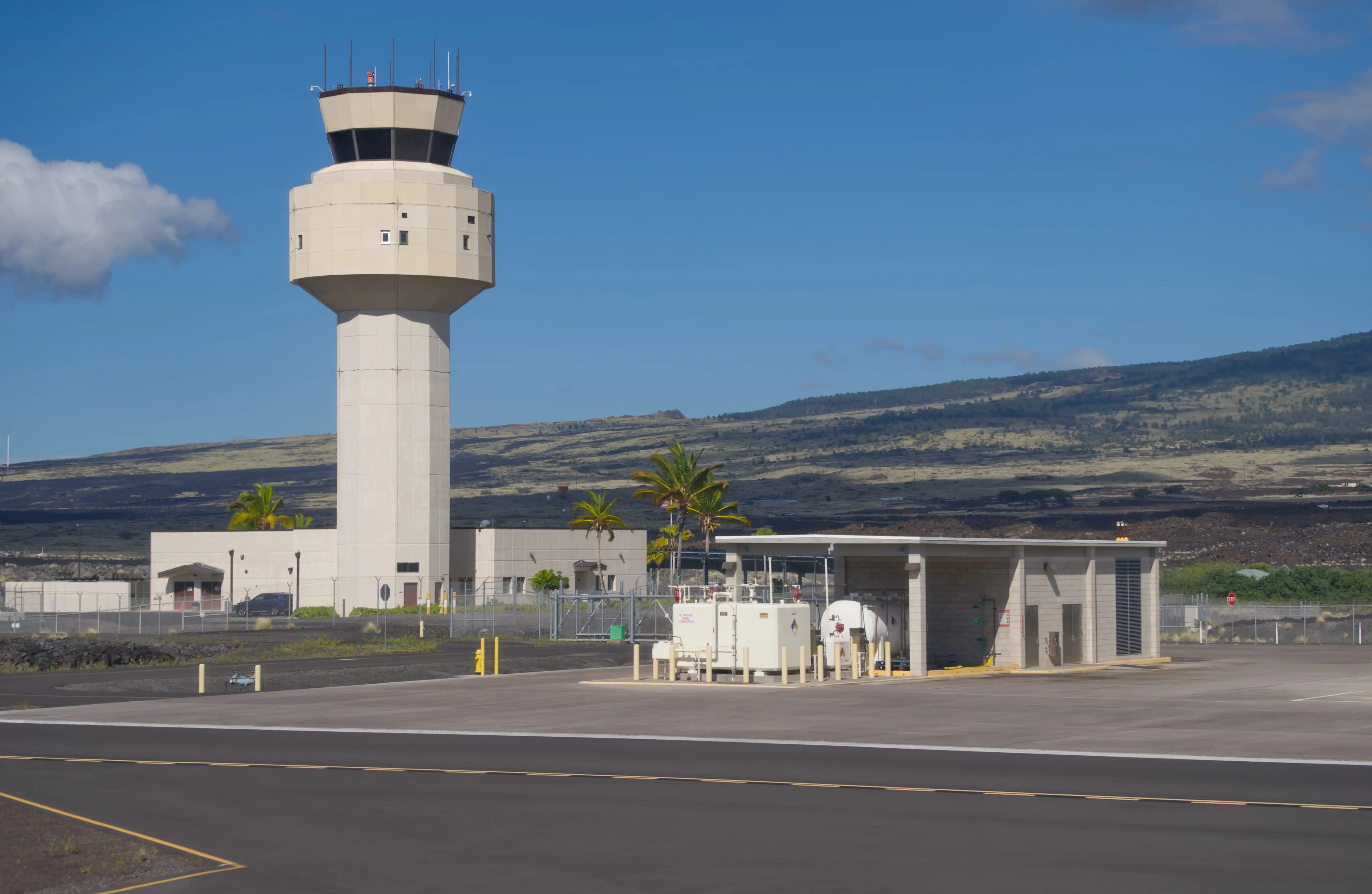

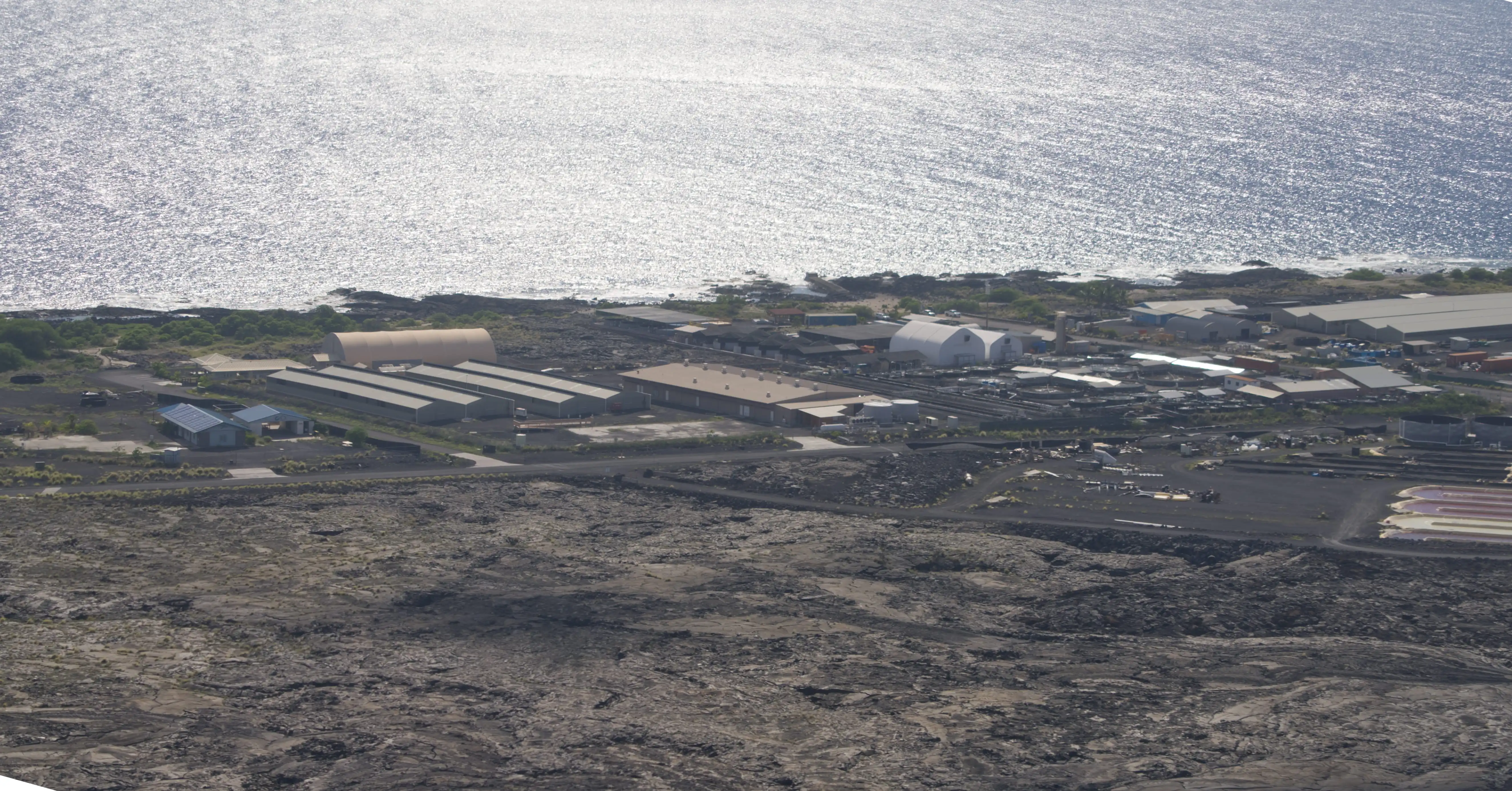
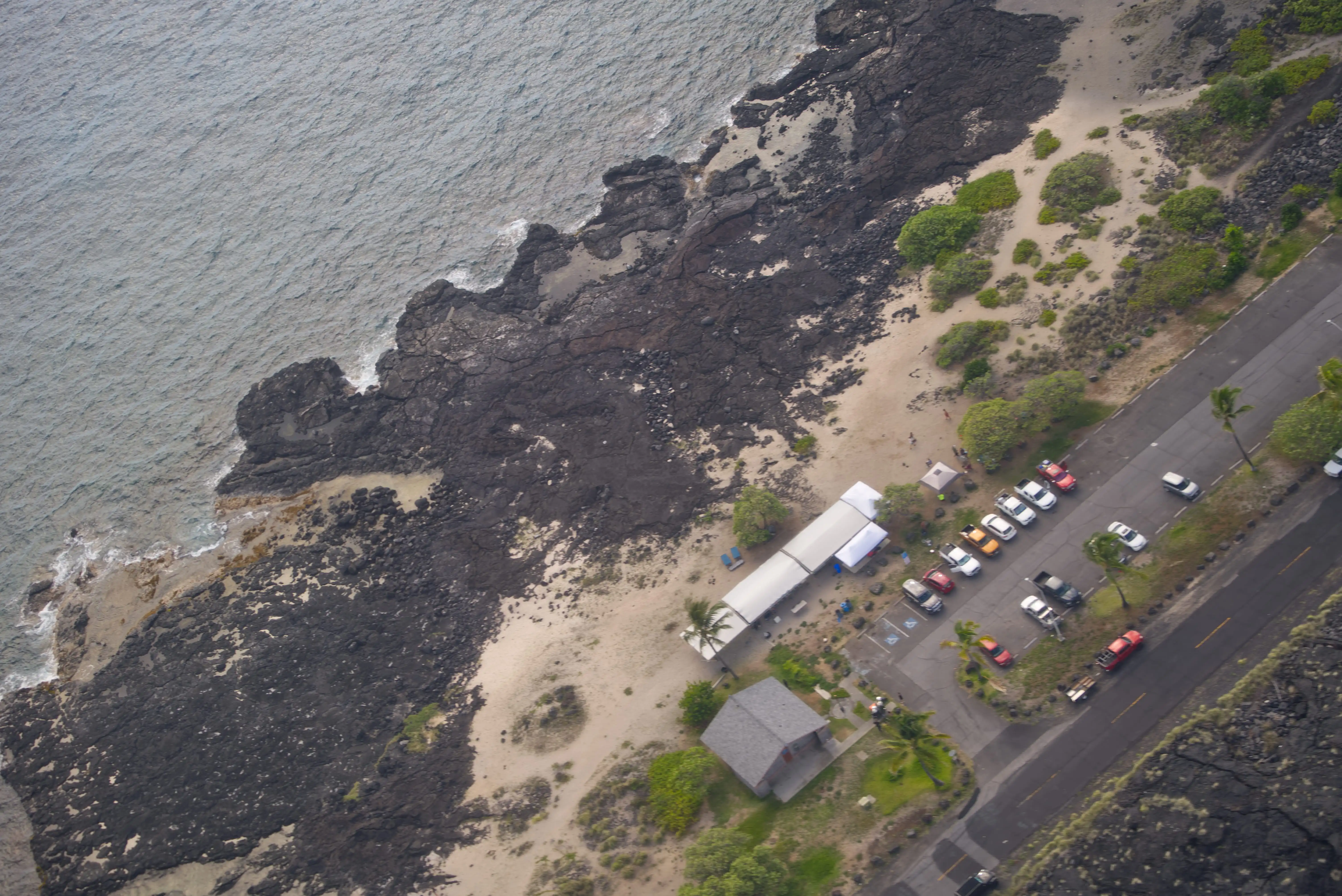

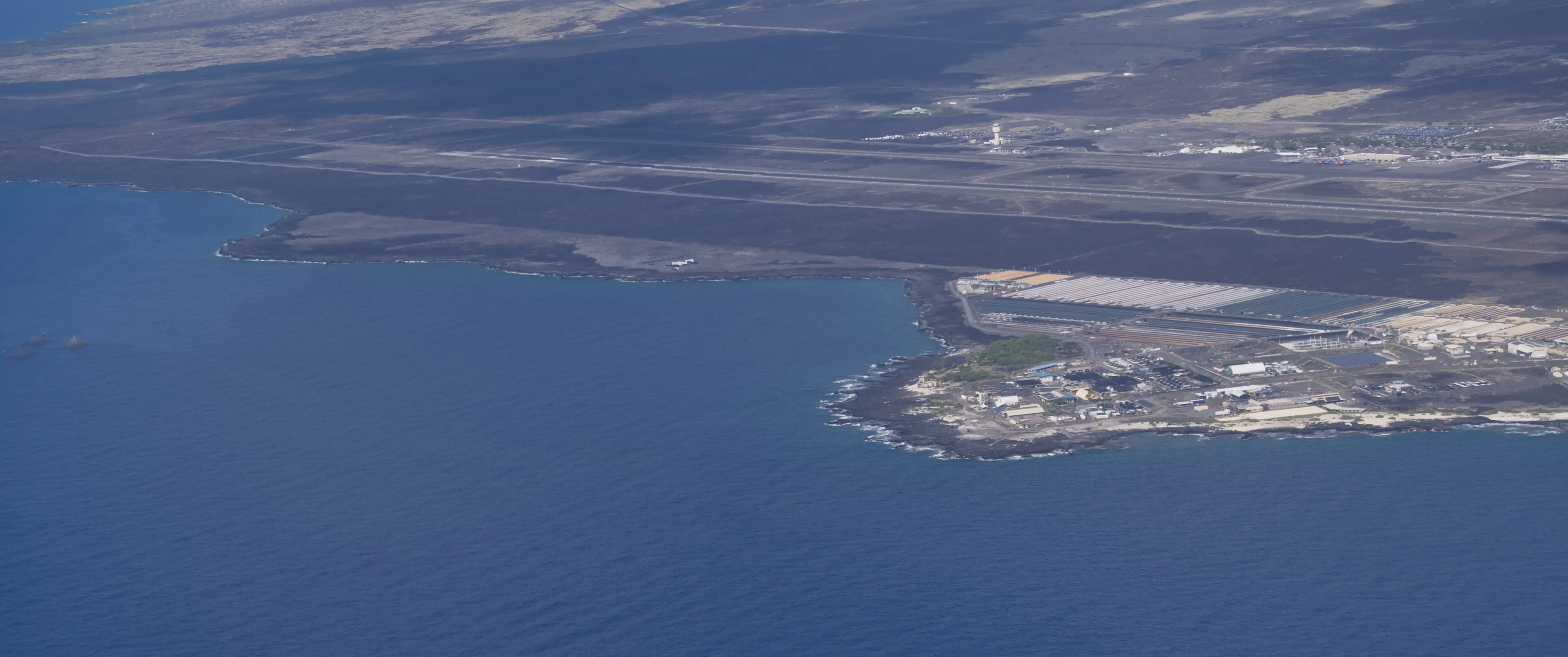

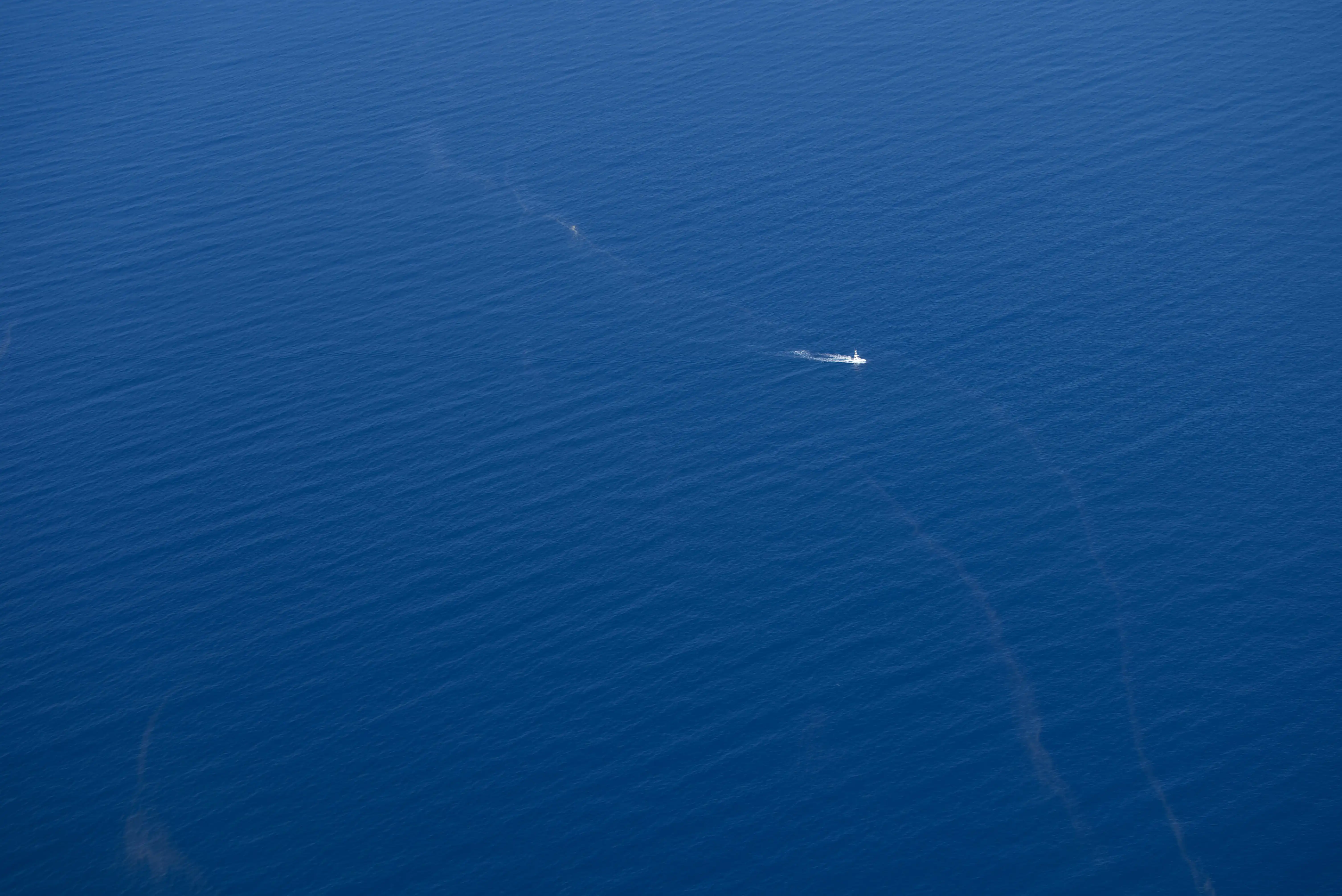
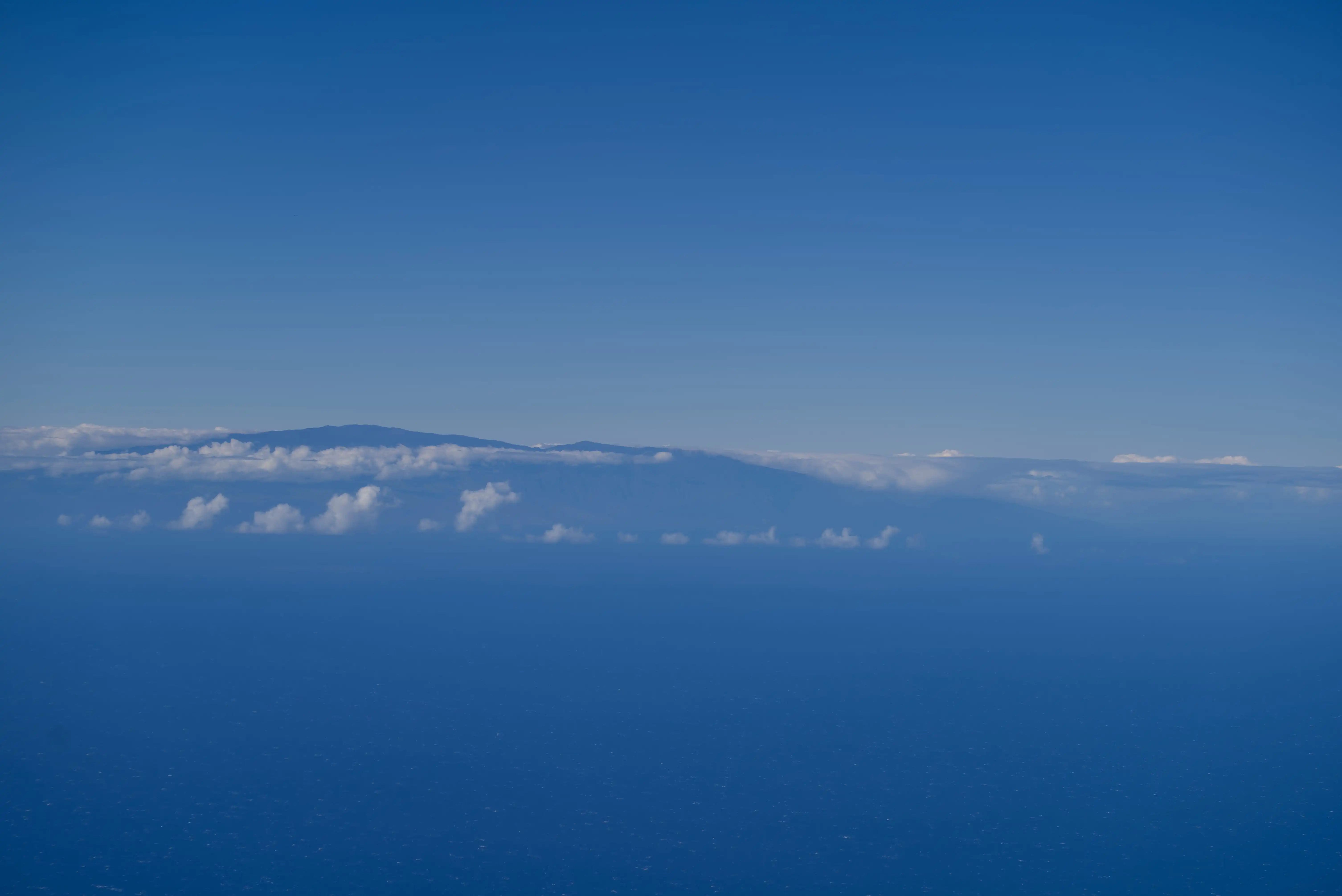
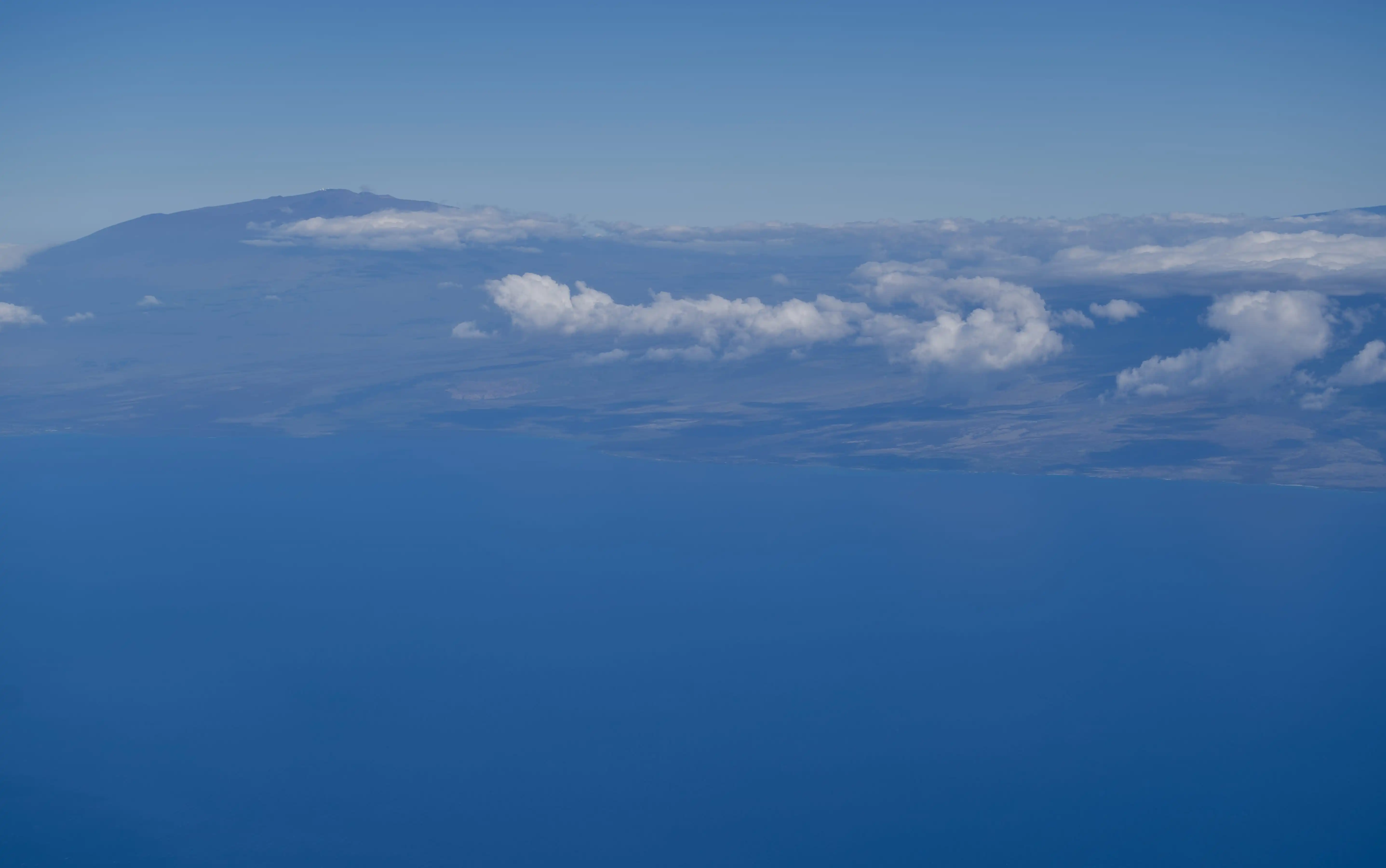
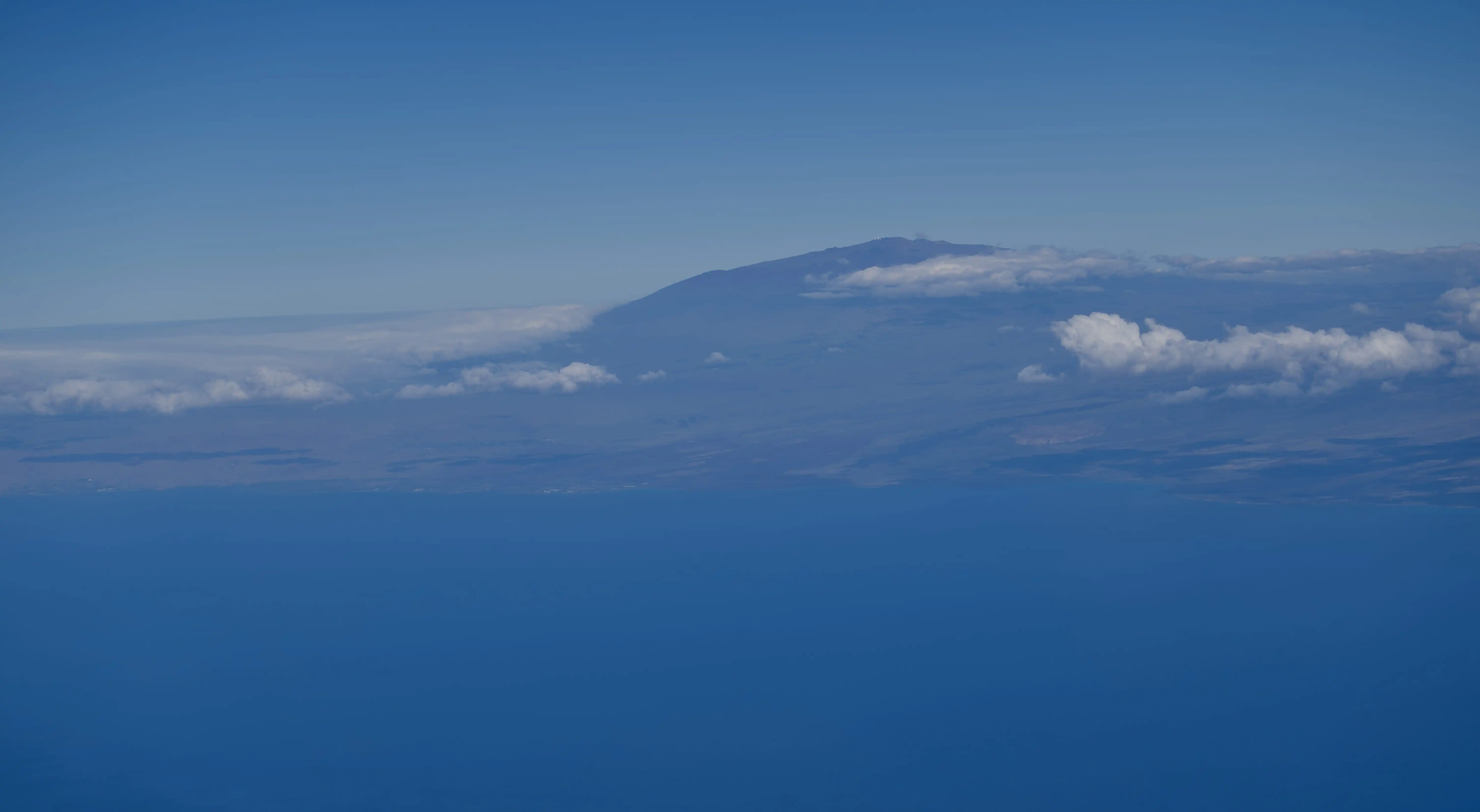

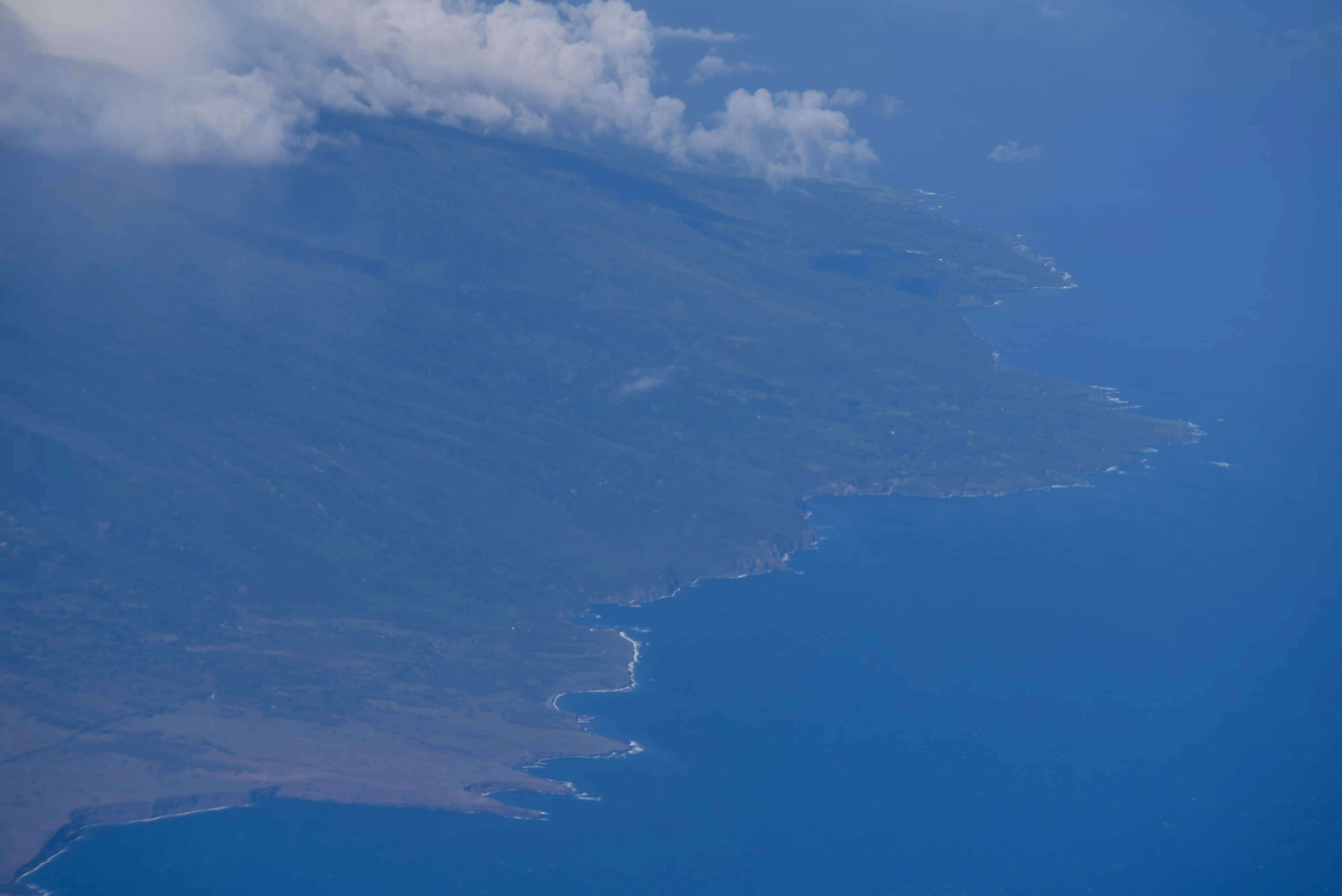



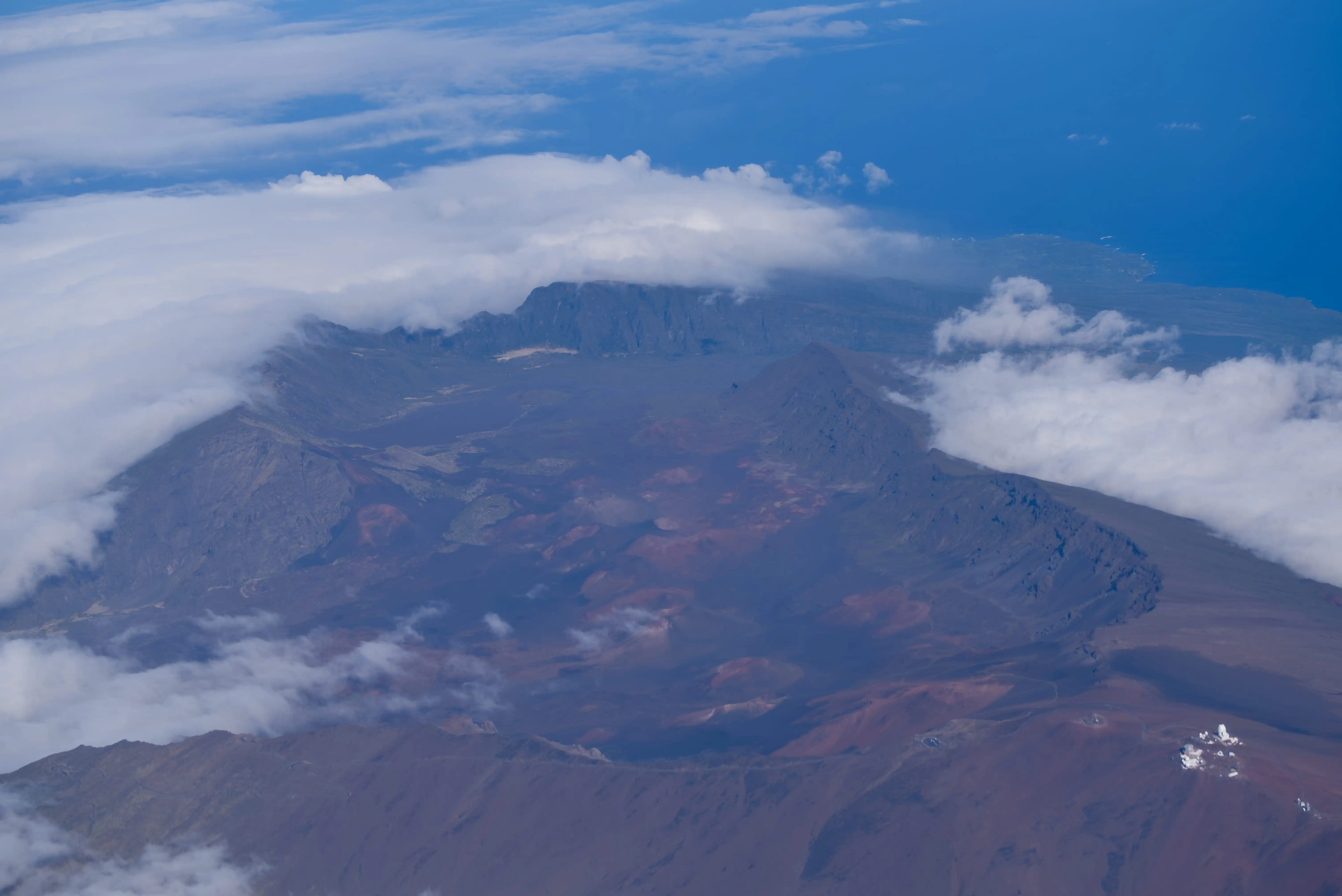
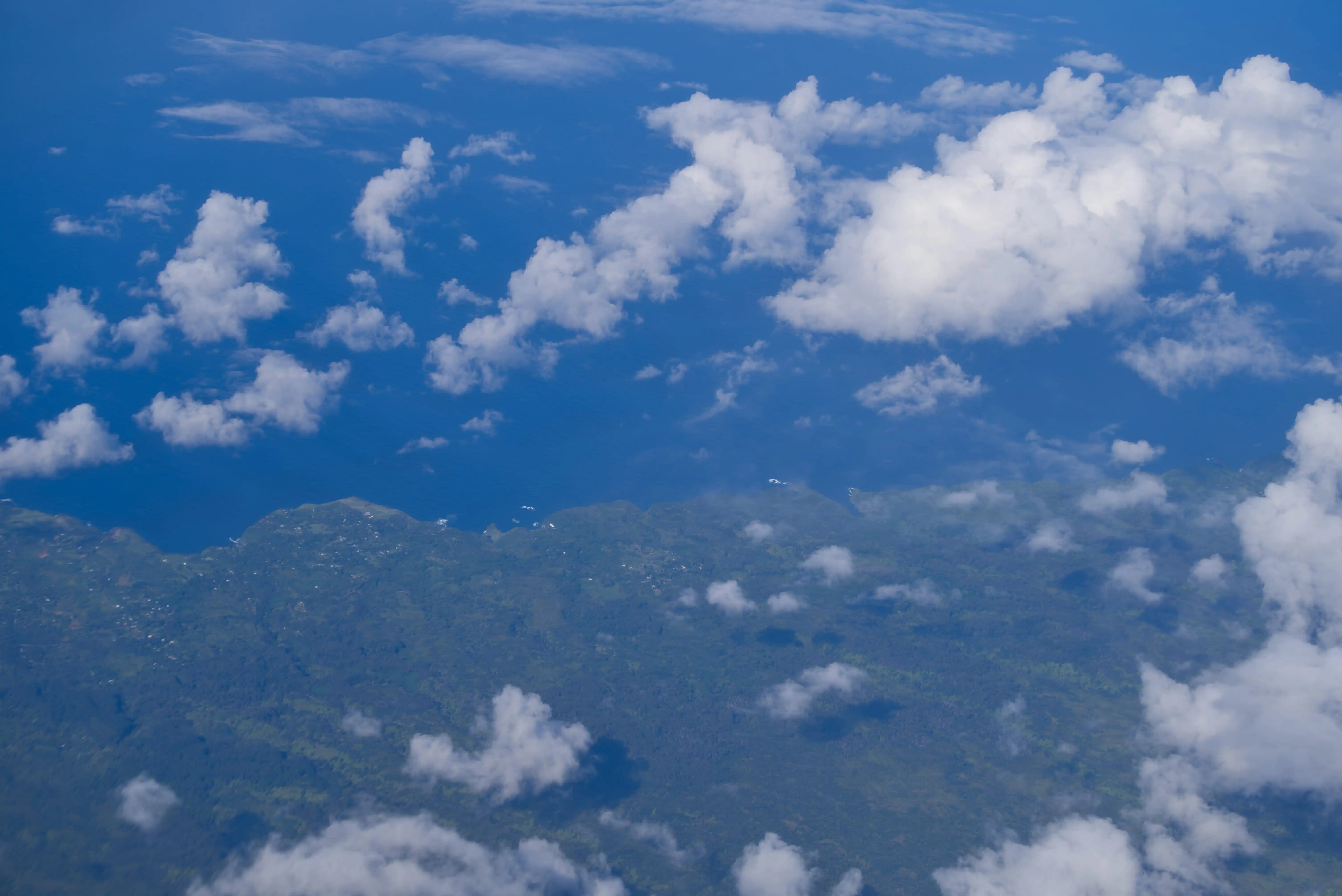
Copyright #
Given that this is the internet, I need to mention this. I retain copyright on all these photos. Their use anywhere, whether for commercial or non-commercial purposes, is prohibited without my written consent.